City Break.
Hello all! It has been a long pause between blog posts but I promise that they’ll start to become slightly more frequent from here on. Currently we’re in Cusco (for the past 2 weeks) and prior to that Arequipa, where we spent 8 weeks living in the city’s historic centre.
Ever since we decided to stretch out our timeline for the remainder of South America into 2020, we knew we’d need to sit out the worst of Peru’s wet season for a while and Arequipa proved the perfect place to do that, with sunny and stable weather right up until the last couple of weeks of January. Cusco through February has still experienced nearly daily rain, but it’s rarely enough to stop us getting out on the bikes for day rides.
After nearly two and a half years of pretty much non-stop travel a break was much needed. It’s been a time a do more concentrated local exploring, to absorb the changes, details and daily life of just one place. It’s also given me a chance to catch up on selling more travel and landscape photography and to do a big revision of the website, particularly my photography portfolios. We’ve published route information for Colombia, and our loop route in Southern Peru, the Camino del Puma, was published on Bikepacking.com. Coming soon is the Trans-Mexico, which we’ve contributed with the help of a couple of other people. Hana’s been doing a TEFL teaching course (teaching English as a foreign language) and writing a Spanish phrasebook for cyclists.
Right now, we’re about to leave Cusco for 5-6 weeks and make a circuitous ride towards the Peru Amazon, visiting some Inca ruins along the way (including Macchu Pichu and some much more remote sites). Once we reach the Amazon basin we plan to catch a lancha north along the Rio Urubamba to Atalaya and then make our way back to Cusco by bike and bus. We won’t be blogging during this time, but you can keep up to date with us via Instagram (@highluxphoto and @beinghana). We are really excited about this trip and its combination of alpine passes, jungle valleys, ruins and the inevitable surprises as we try to take our bikes along some ancient Inca trails at Salkantay and the Rio Pampaconas.
Following is a round up of our time in Arequipa…
Arequipa looks like quite a green city here, but don’t been fooled. Aside from an agricultural strip alongside the Rio Chili, a few terraces and some trees in the city, Arequipa’s surrounding landscape is extremely arid. It’s effectively desert during the long dry season, with very scarce groundwater and lots of scrub and cactus.
The Plaza de Armas and its stunning cathedral are the city’s spiritual and cultural heart. It’s a place where families congregate on Sunday afternoons, where tourists shoot selfies and eat ice creams, shoe shiners run their stalls and people sell churros, postres and balloons.
Much of the old city is built from a volcanic ignimbrite, known locally as sillar. It’s a relatively easily worked rock – a bit like extra dense pumice – which has allowed for lots of intricately carved facades, pillars and arches.
Volcan Misti is the icon of the city and a skyline of which the locals are very proud. Just over 5800m it’s a very popular ascent by tourists during the dry season.
Knowing we’d be in the city for at least two months we didn’t want to loose all our hard earned fitness. Arequipa may not be the trail riding capital of the world, but with a bit of exploring and looking at Strava’s heat map we figured out a good area to ride in that was close to the city and ended up going there a lot. Here’s our favourite two hour ride. We also went out on two Sundays with the local mountain bike club. This was usually a group of 20-30 people of all ages and abilities; they made us feel very welcome.
One of the nice things about our ride near the city was that there was a virtually traffic free route to reach it (impressive for a city of 1 million) and it took us into such starkly different surrounds to that of the city centre. Lava flows, singletrack along the edge of a canyon and loads of cactus made it a pretty special area. And the odd thing is we rarely saw anybody else up there.
There was often something going on in the city: usually religious festivals, but sometimes other sorts of gatherings of police or military. Usually accompanied by a brass band and lots of fanfare. One day we found ourselves in the middle of an inter-village dance competition, where people from the indigenous villages dress up in their special traje and dance block after block through the city.
The quarry where the sillar that is used for the construction of the city comes from is an interesting place to visit, with a small section of carved rock. This ignimbrite would have poured from Volcan Chachani as a pyroclastic flow during one of its massive eruptions. Now all is quiet except for the the sound of the chipping and splitting of rock as families and work teams toil here making a cruder version of the blocks for cheap housing and walls.
Julio, his wife Anna and their sons are canteros, quarrying rock from the walls of the canyon and shaping it into blocks. This family produces about 10 blocks a day, which sell for 5 soles each (NZ$2.40). It’s a rough and harsh working environment, with searing sun, loose rock everywhere and risk of collapse of blocks from the quarry wall. The family split large blocks with hand tools, and then work them down to a standard size. Julio used plastic bags as ‘gloves’ to stop his skin splitting, but it was still in quite a bad way and we ended up dressing the cuts for him with our first aid kit.
Compared with smaller towns and cities in Peru, Arequipa does not have a particularly indigenous feel. You don’t see many people in traditional dress. But it is common to see people dressed in their traditional clothes for the tourists. Women often bring lambs or baby alpacas into the city so they can pose for the classic Peru cliche shot for a sole or two.
This city rewards the curious and some of the cloisters and courtyards you can explore beside the biggest churches and oldest buildings are just remarkable.
The chapel of San Ignacio, adjacent to the Iglesia de la Compañia, is intricately decorated with paintings and jungle-themed murals featuring flowers and tropical birds – a reminder of Peru’s incredible diversity and is a little pocket of the Amazon here in the desert.
The bank-sponsored Christmas tree in the Plaza de Armas was gaudy, but it looked awesome in combination with Arequipa’s amazing sunsets. These epic sunsets lasted until early January, when it started to be more consistently cloudy as the wet season started. Immediately after New Years there were some big protests in the plaza. They were non-violent, but accompanied by a lot of riot police on standby. The issue, as it often is in Latin America was corruption and lack of accountability by politicians and civic leaders.
Cyclist company came to Arequipa just before Christmas and it was great to have Patrick and Ratna to hang out with over Christmas and New Years. We first met this German/Indonesian couple on the Dalton Highway in Alaska and then again in Oaxaca, Mexico. They’re also biking the length of the Americas, but seasonal challenges and a couple of trips home have meant their trip has been in blocks and sometimes northbound instead of southbound. At the moment they are filling in gaps in Chile before flying to Bogota to ride north and then complete Central America. After that they’ll be finished. Patrick is a dedicated photographer and you can follow these guys on IG, or here at Facebook.
Patrick and Ratna left Arequipa shortly after NY to ride east-bound on the southern leg of the route we rode and mapped on our way back from Bolivia. We rode with them for the first few hours out of the city. Sadly they ran into terrible weather once on the altiplano so rode to Copacabana on the pavement quick as they could.
We left Arequipa having made some great friends. Bruno is a local bicycle enthusiast with a big bike collection including cargo bikes, single speeds and a Surly Troll. He works as a doctor for mining companies so is away from the city for a couple of weeks at a time. Bruno helped us out by receiving some packages in Arequipa and took us out on the local epic ride shortly after we arrived in the city. The 85km Vuelta de los Pueblitos is a classic with 0ver 1500 metres of climbing and lots of dirt roads. It came out later that he’d planned to kick our arses, but with us suddenly sans-luggage and with about 12 billion extra red blood cells from all the riding over 4000m he had no chance!
Before we left Arequipa we hung out with Bruno and Claudia (below) many more times, including a couple more great bike rides. Claudia’s also big on bikes and runs a cool cafe/bike accessory shop called La Cleteria. Through Bruno and Claudia we were also introduced to Edgar, another proud Surly owner. Edgar has quite a story: he used to be a super keen racer type and occasional cycle tourist, but discovered while while riding through Mexico nine years back that he had leukaemia. The intervening time has been a period of struggle and recovery, and while he says he’s a shadow of his former self, he’s out on a bike again.
Bruno and Claudia are also the energy and masterminds behind Arequipa’s Masa Critica (critical mass) events. These mass-turnout rides take place at night once a month, on a loop between 15-20km long. Critical Mass is a worldwide movement, held in many big cities, to raise awareness of cyclists and cycling and their requirements that should be allowed for in town planning. I’d never actually been one before (despite having been a cycling enthusiast since my teens), but in Arequipa we attended three. The crew do a fantastic job organising these. Bruno does an amazing job rallying people and leads from the front. It was inspiring to watch. The neat thing to see was that even in conservative Arequipa there was a turnout each time of between 100-200 people, and from all walks of life and on all kinds of bikes.
For such a long stay we had thought we’d find an apartment or Air B&B for a good weekly rate, but in the end Misti B&B hostel (2 mins from Plaza de Armas) came to the party with a very good rate. We really liked it there: the staff were friendly, the sunset view was amazing (above – with the neighbour’s courtyard) and we were there long enough we felt part of the family. Their daughter Nicolle (below) became so familiar with us she used to come and hang out in our room, and the neighbour’s cute dog Augusto came to play sometimes too (when he wasn’t barking at nothing or chasing his tail). Some of the kitchen and and cleaning staff were Venezuelan. Yuny, the breakfast cook, had a very sad story of joining the exodus from Venezuela in search of a better life. She left with her son, but was robbed twice by the military en route, losing all her cash savings.
I’ll post later to update about our time in Cusco so far, but for now the 10 week break is over and we’re off tomorrow for 5-6 weeks of adventure before we come back to Cusco.
Do you enjoy our blog content? Find it useful? We love it when people shout us a beer or contribute to our ongoing expenses!
Creating content for this site – as much as we love it – is time consuming and adds to travel costs. Every little bit helps, and your contributions motivate us to work on more bicycle travel-related content.
Thanks to Biomaxa, Revelate Designs, Kathmandu, Hope Technology and Pureflow for supporting Alaska to Argentina.

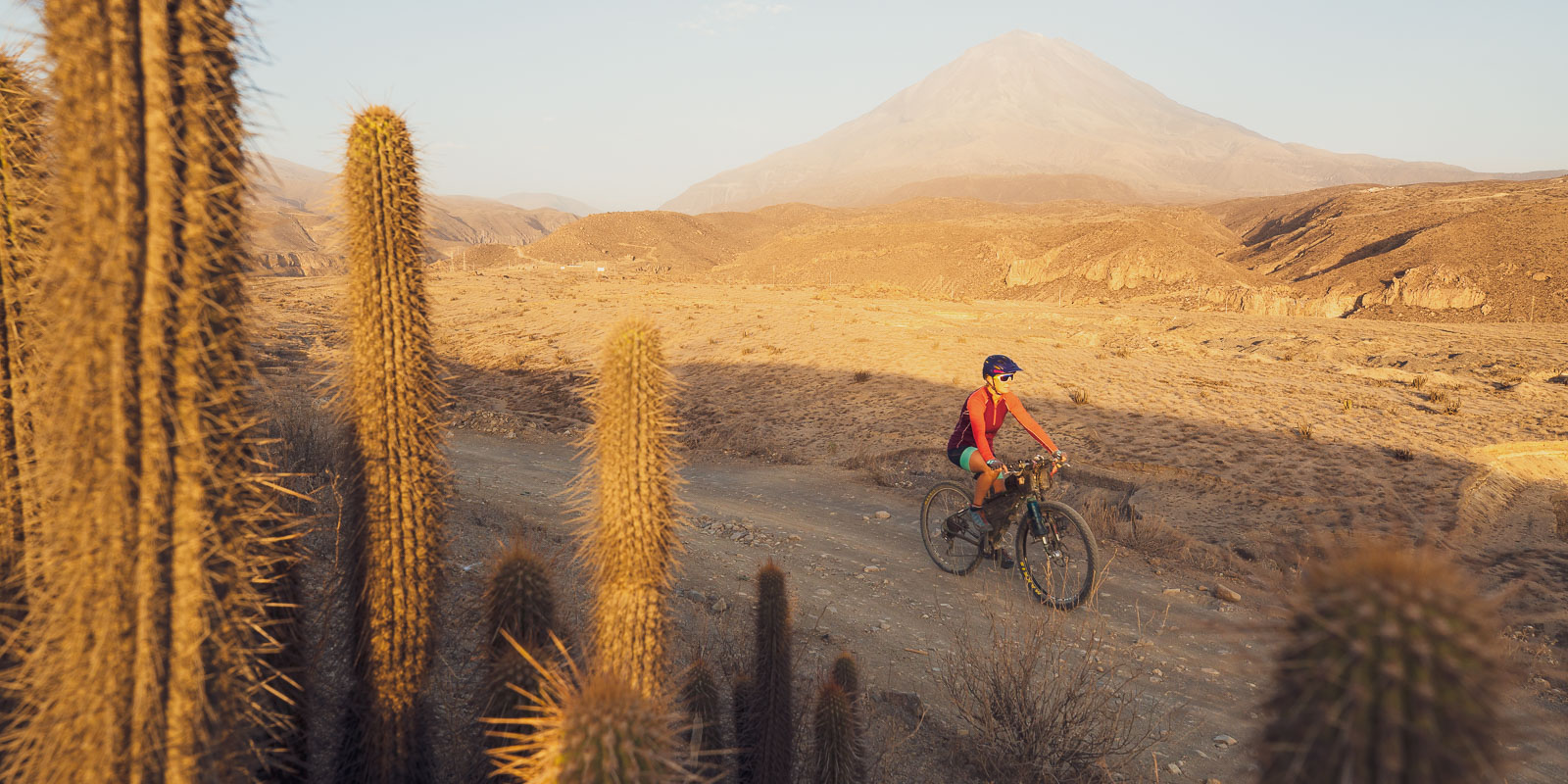
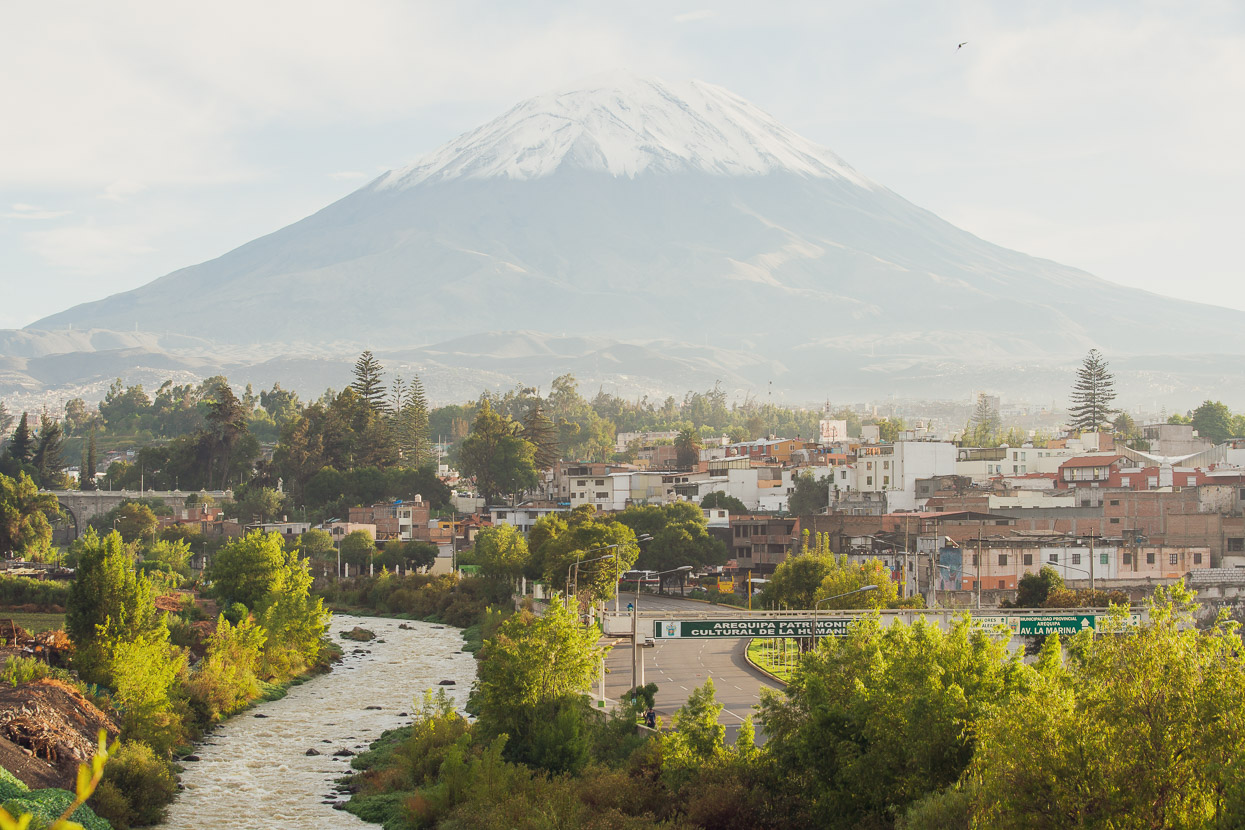
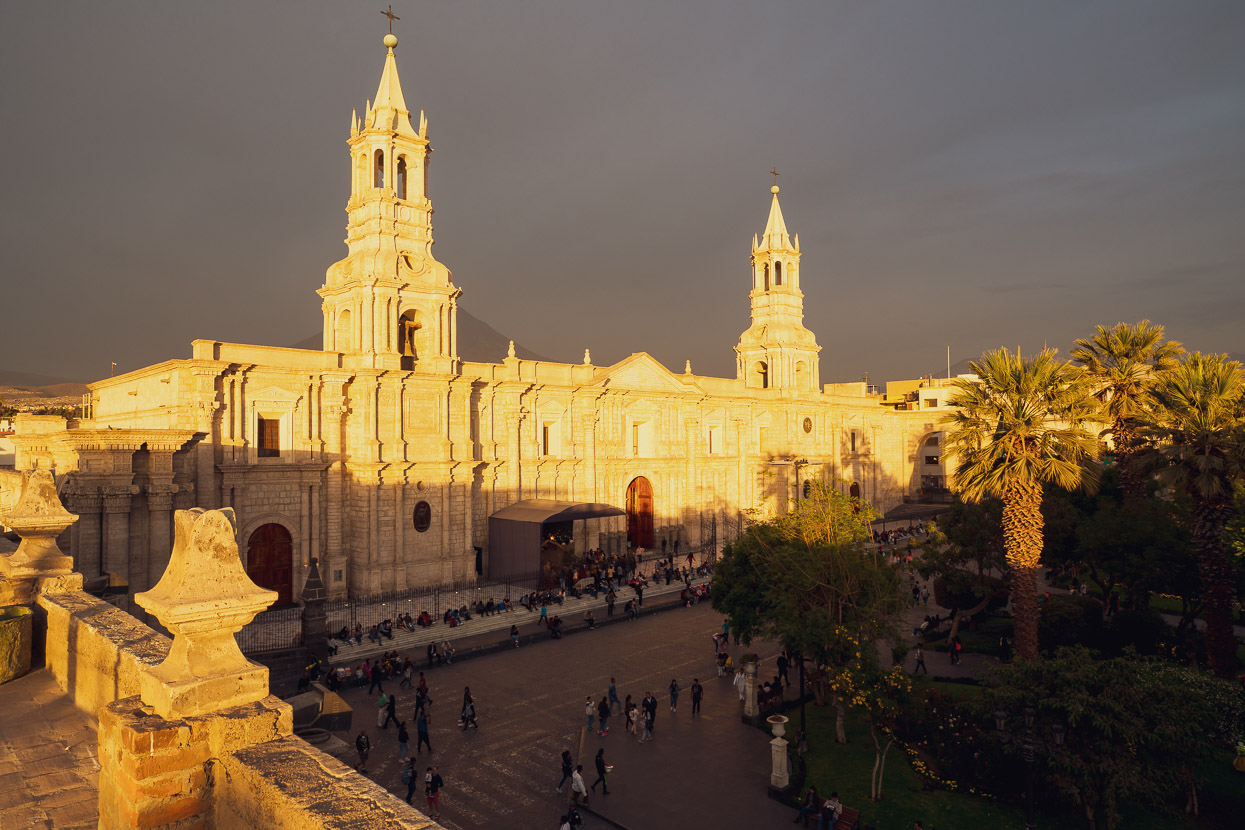
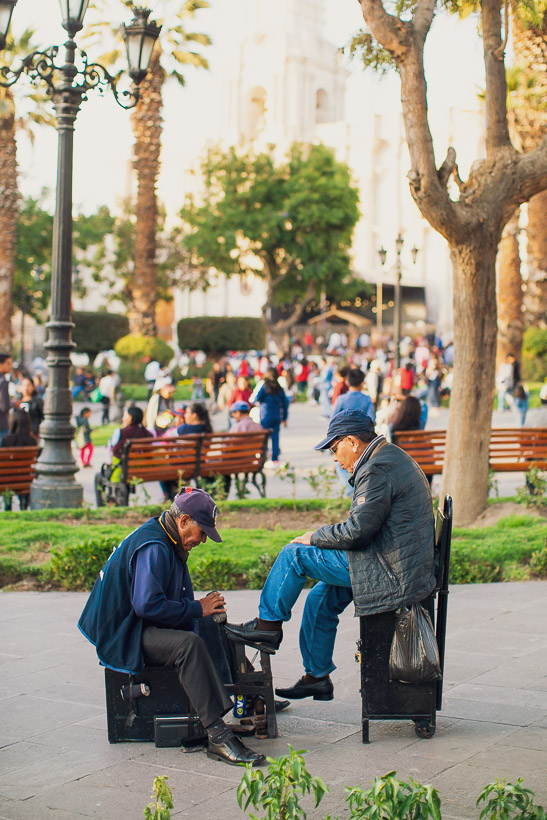
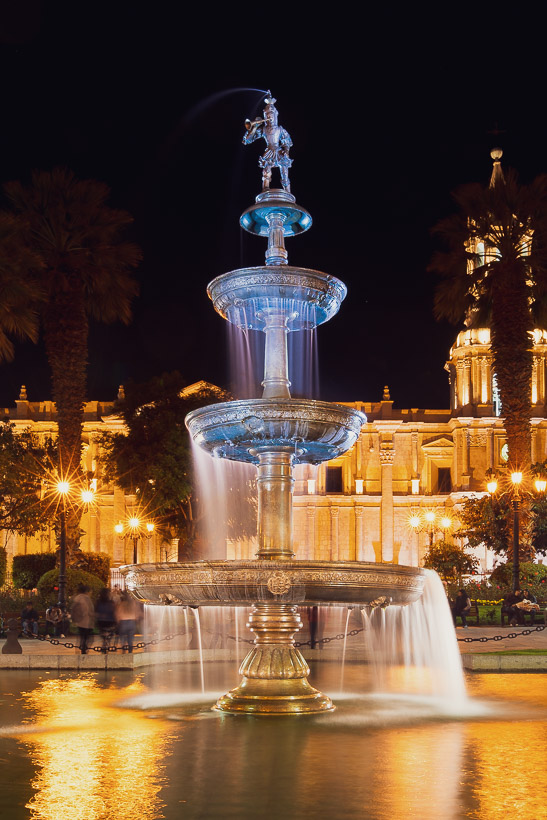
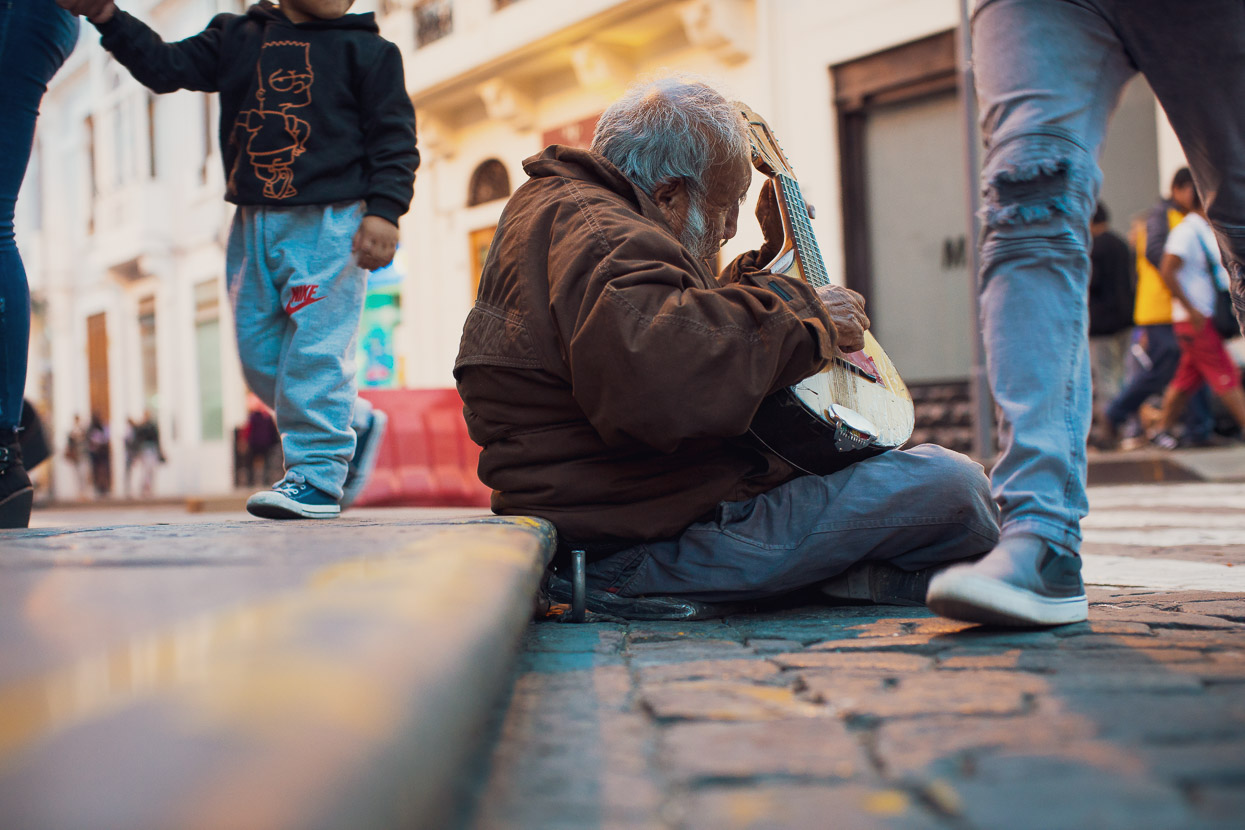
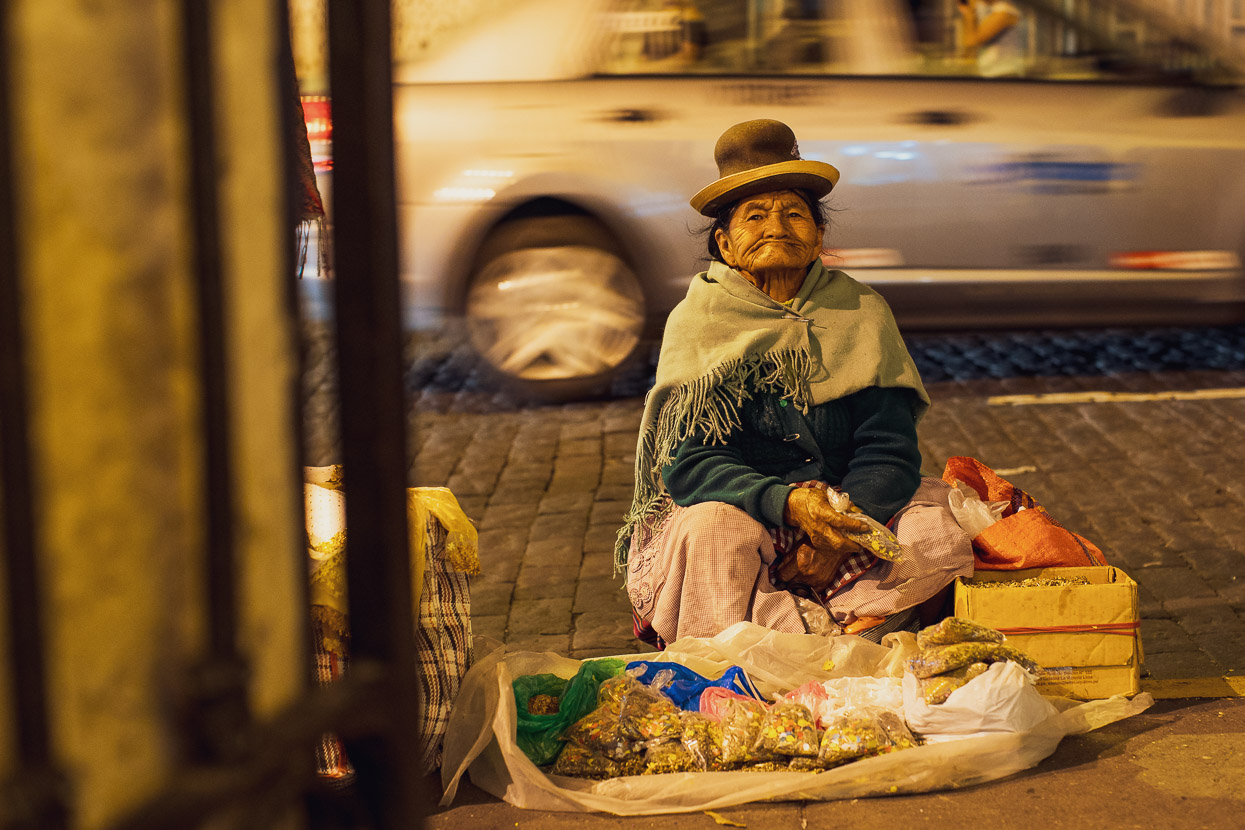
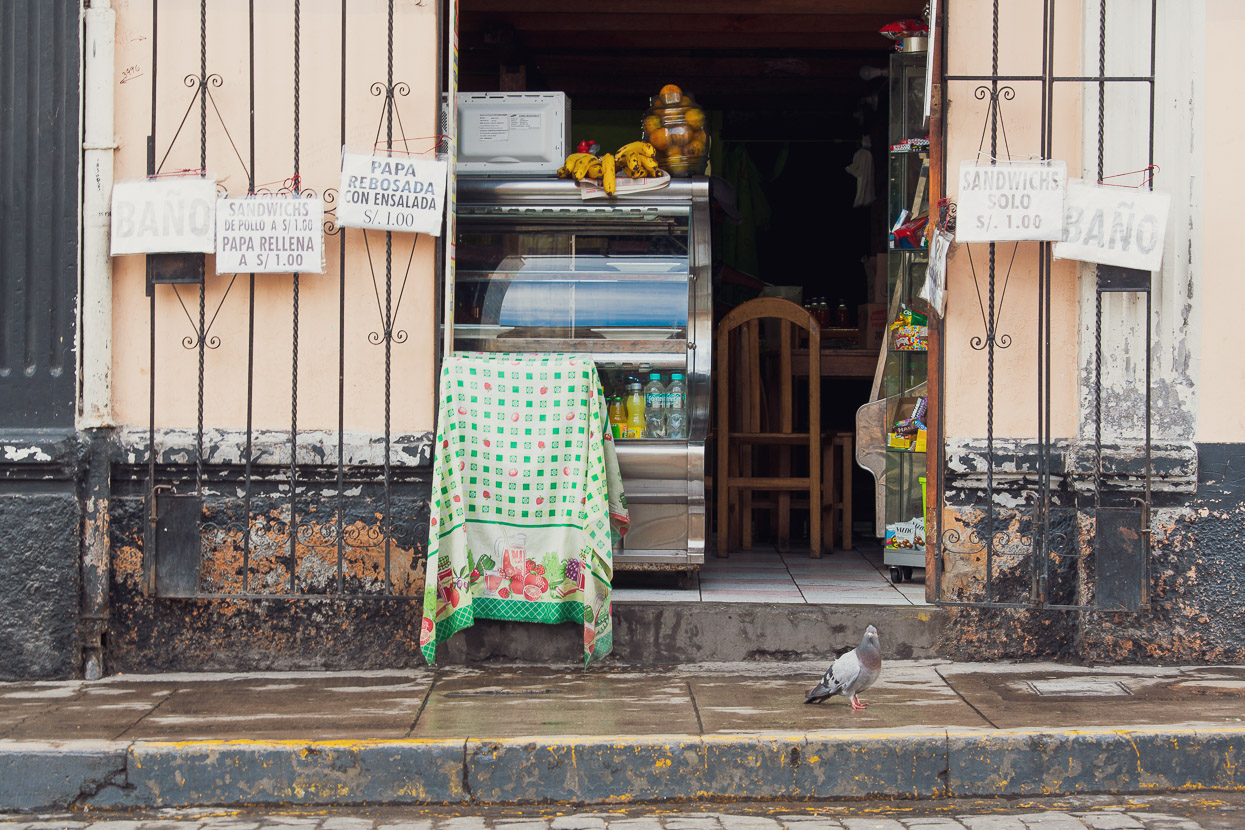
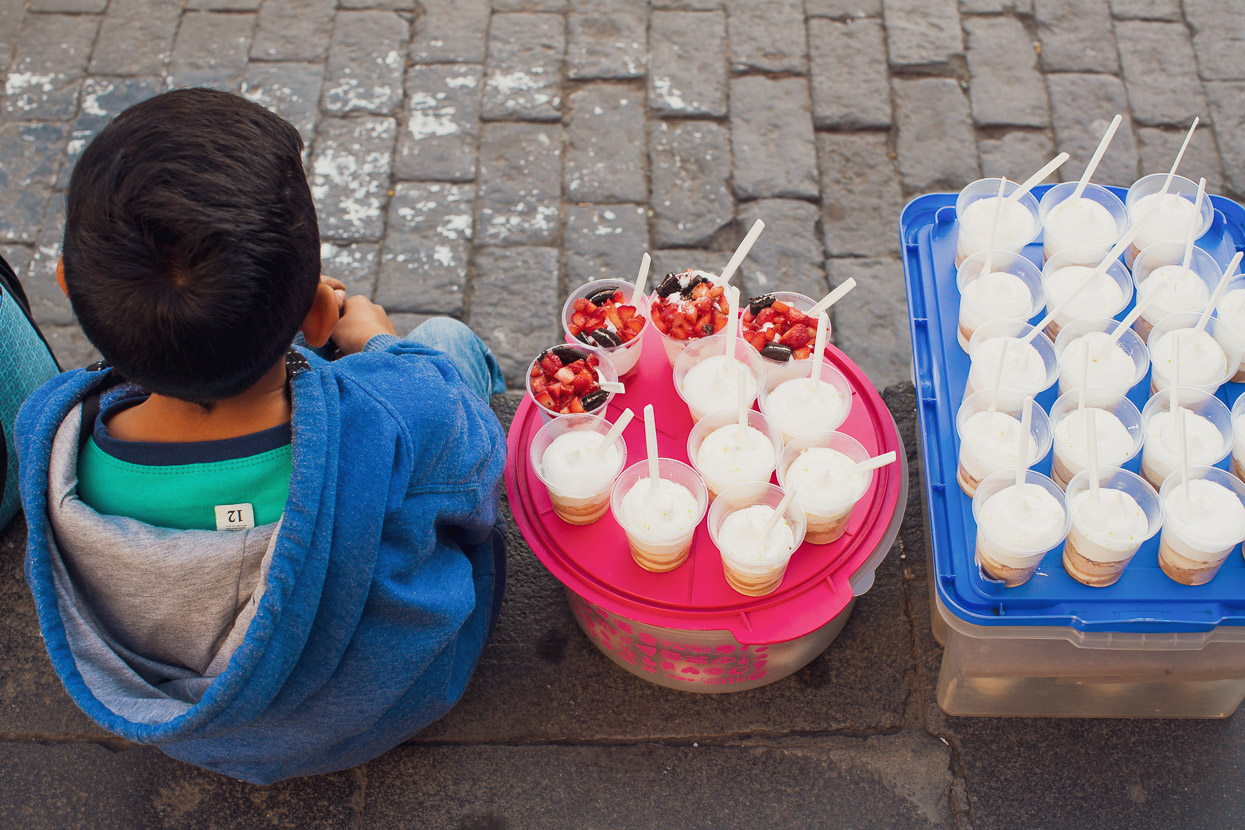
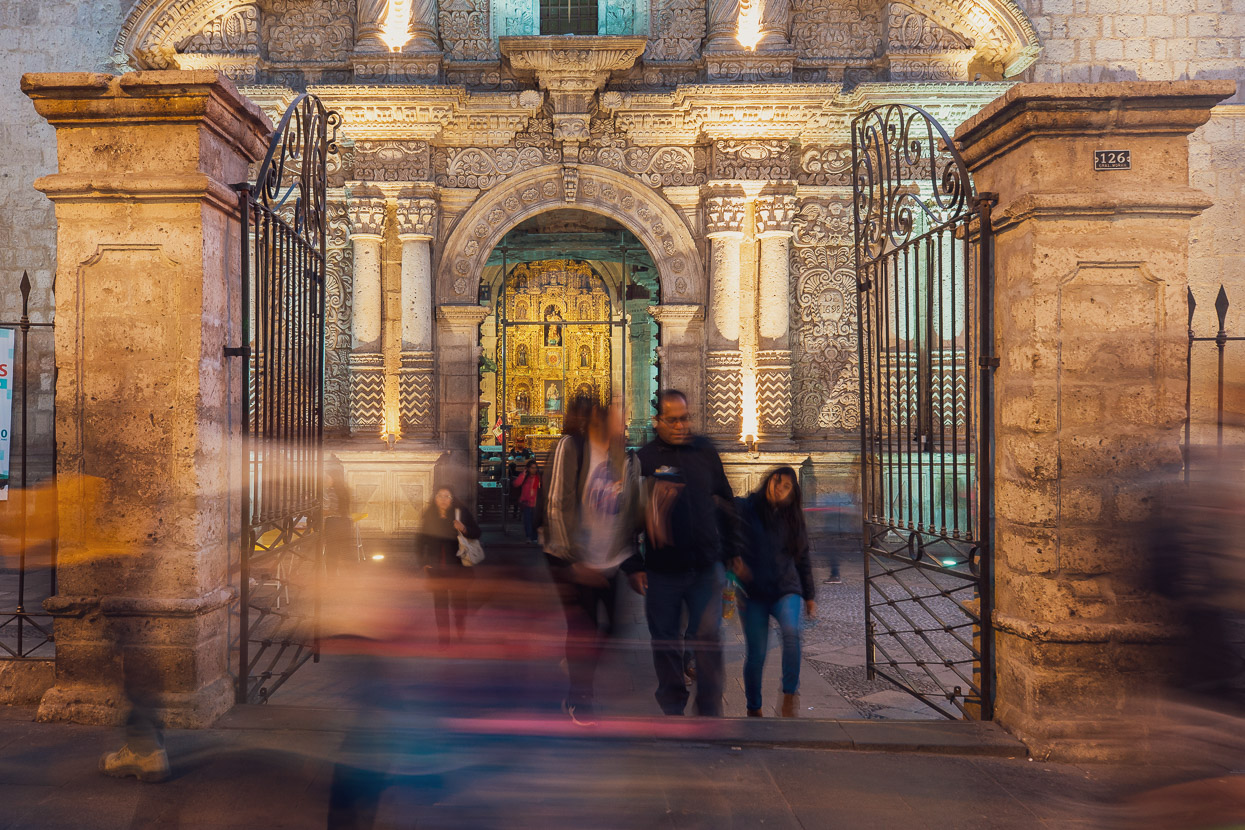
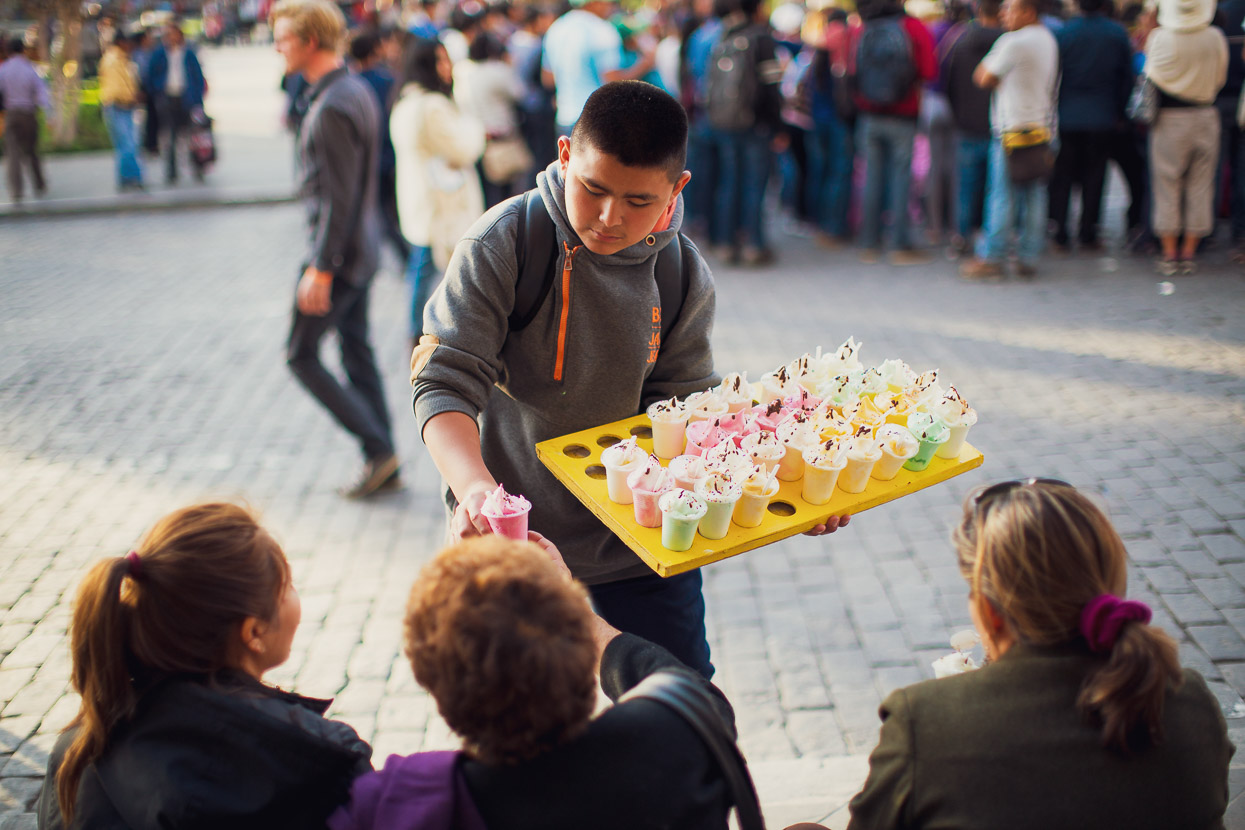
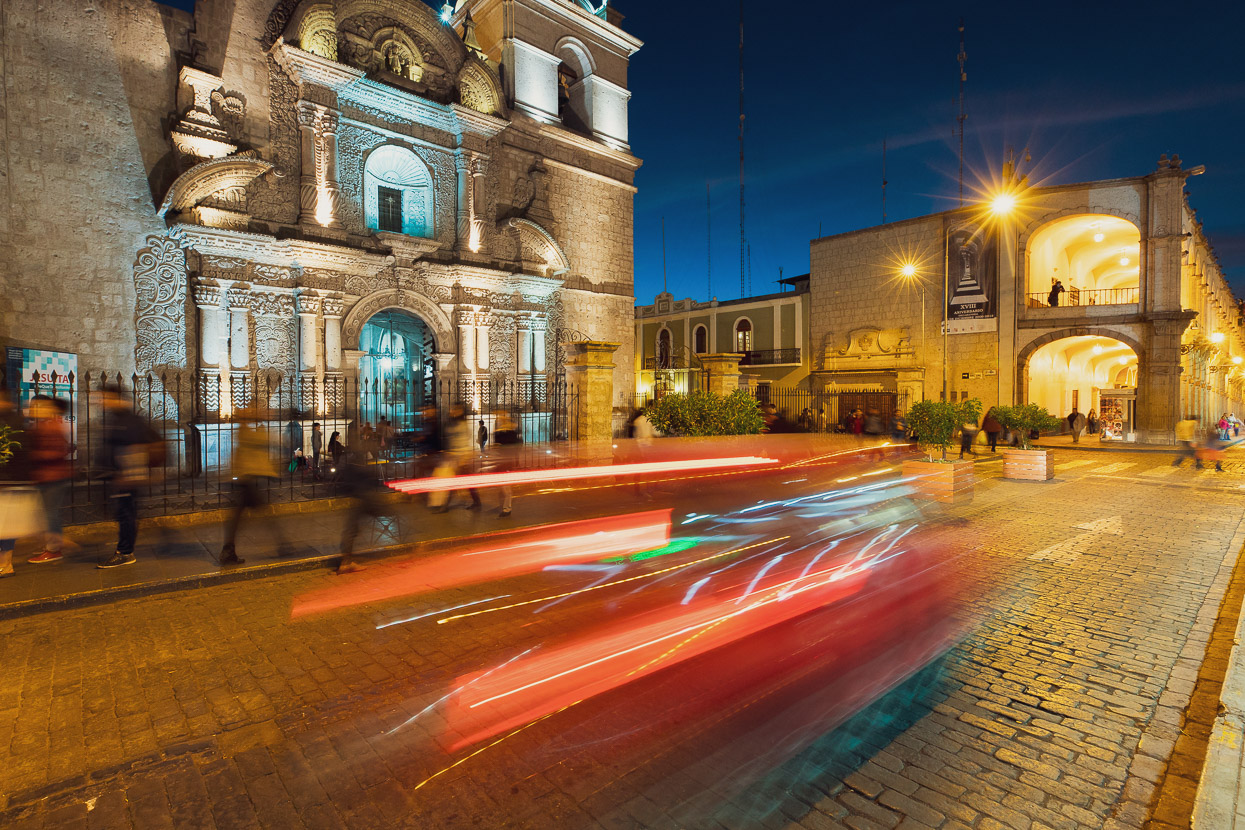
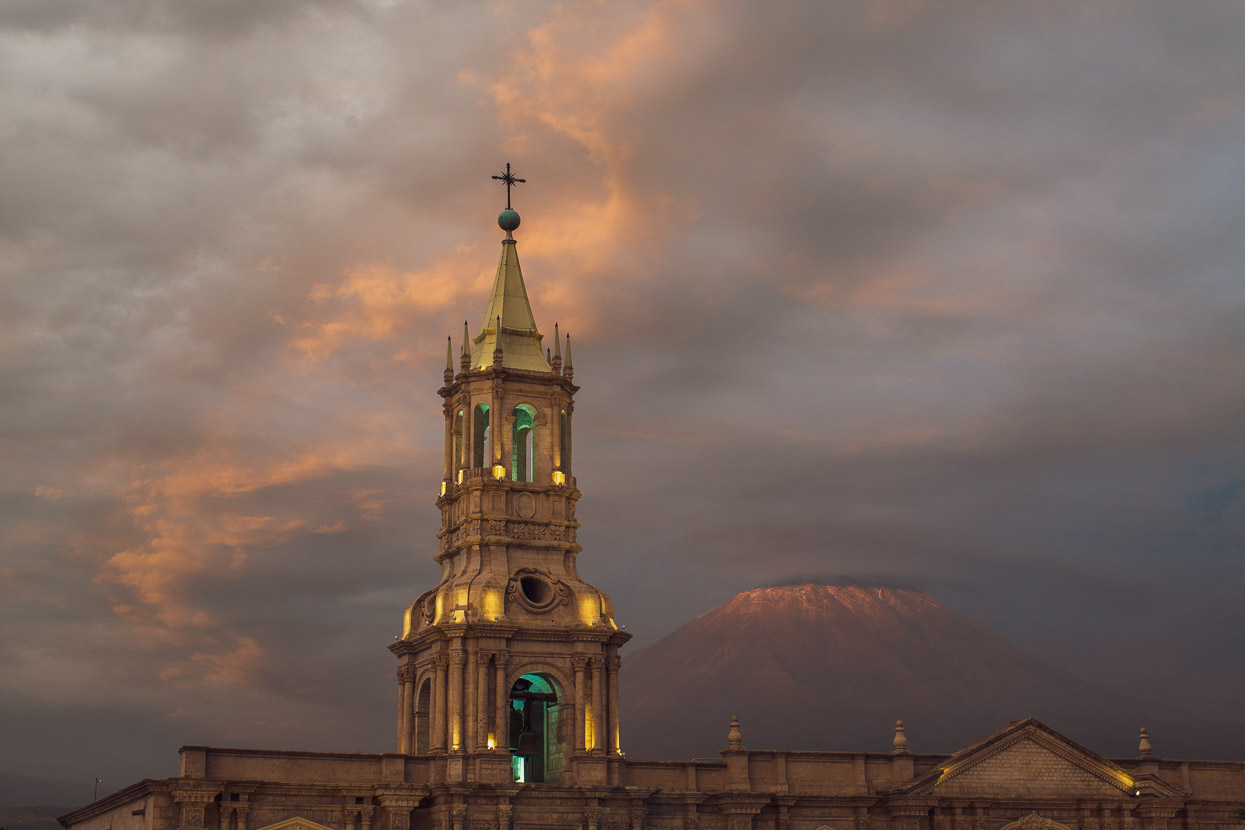
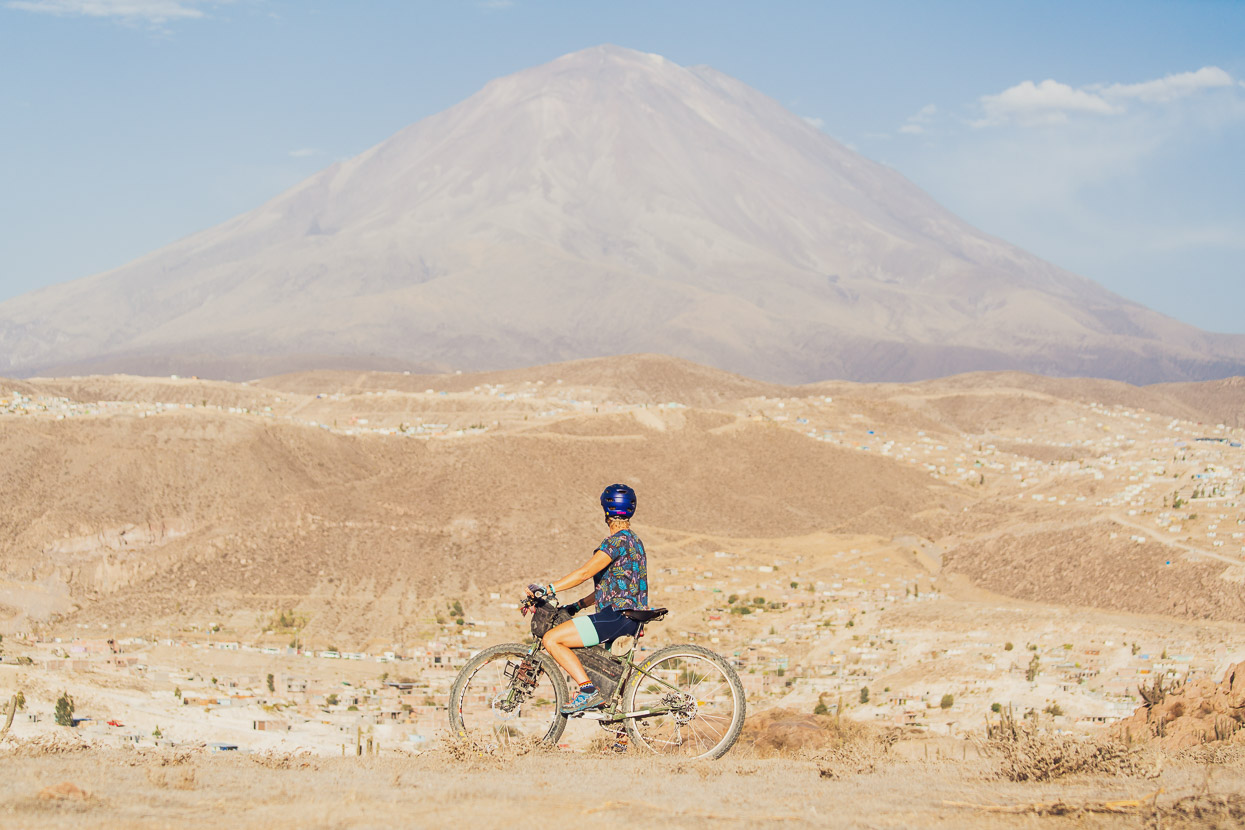
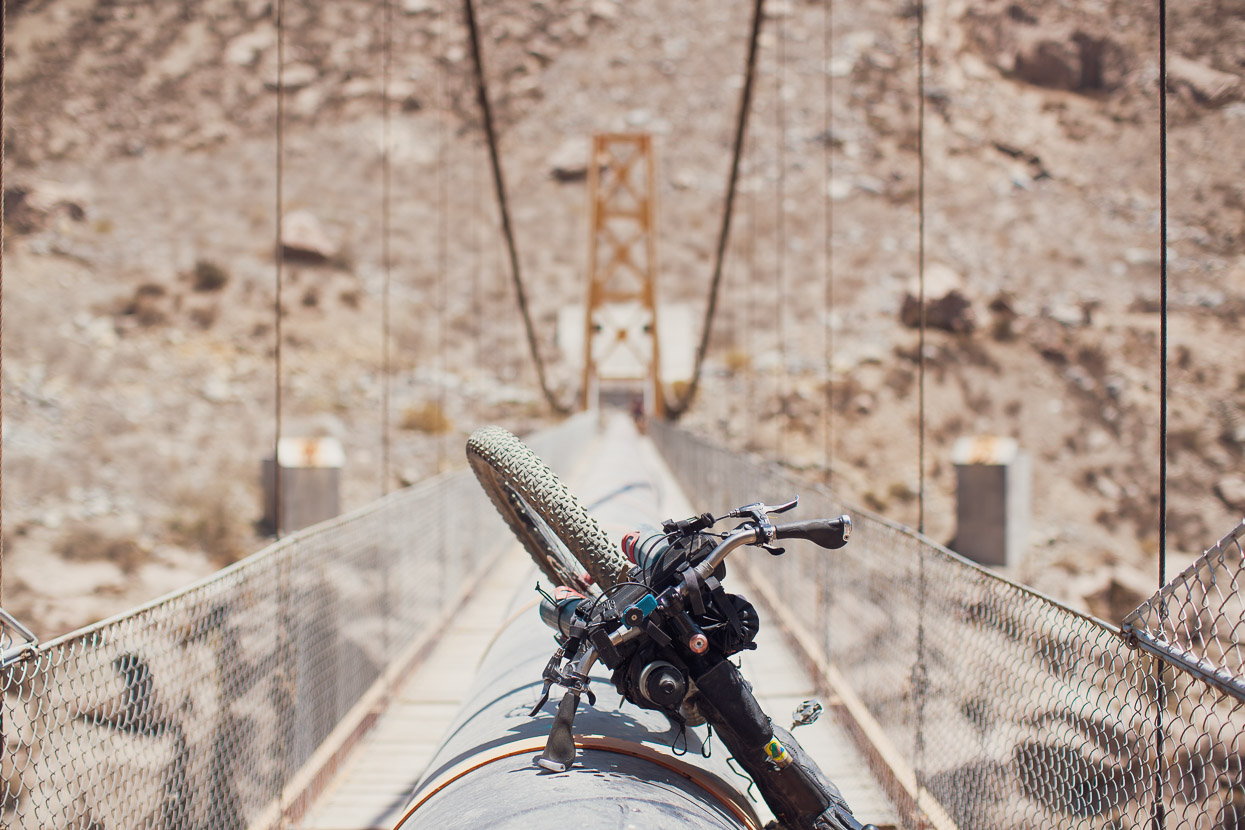
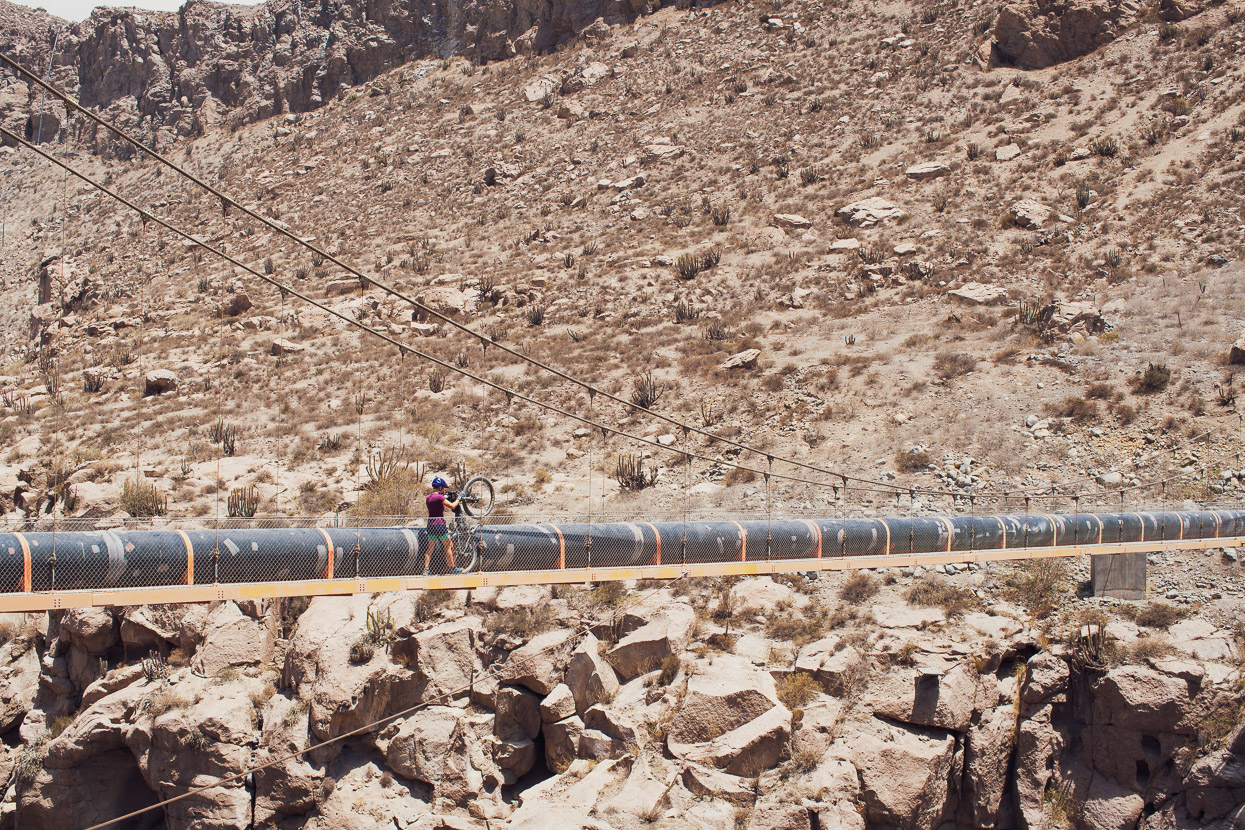
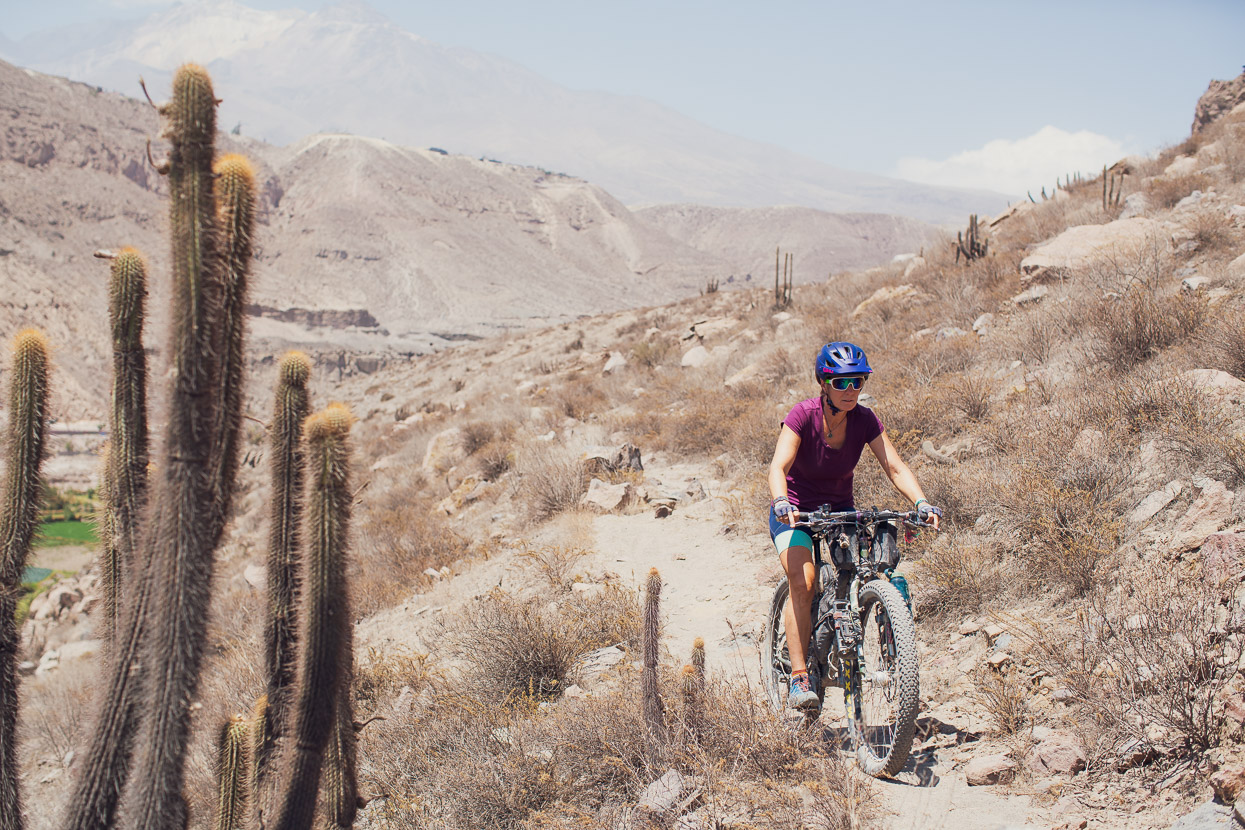
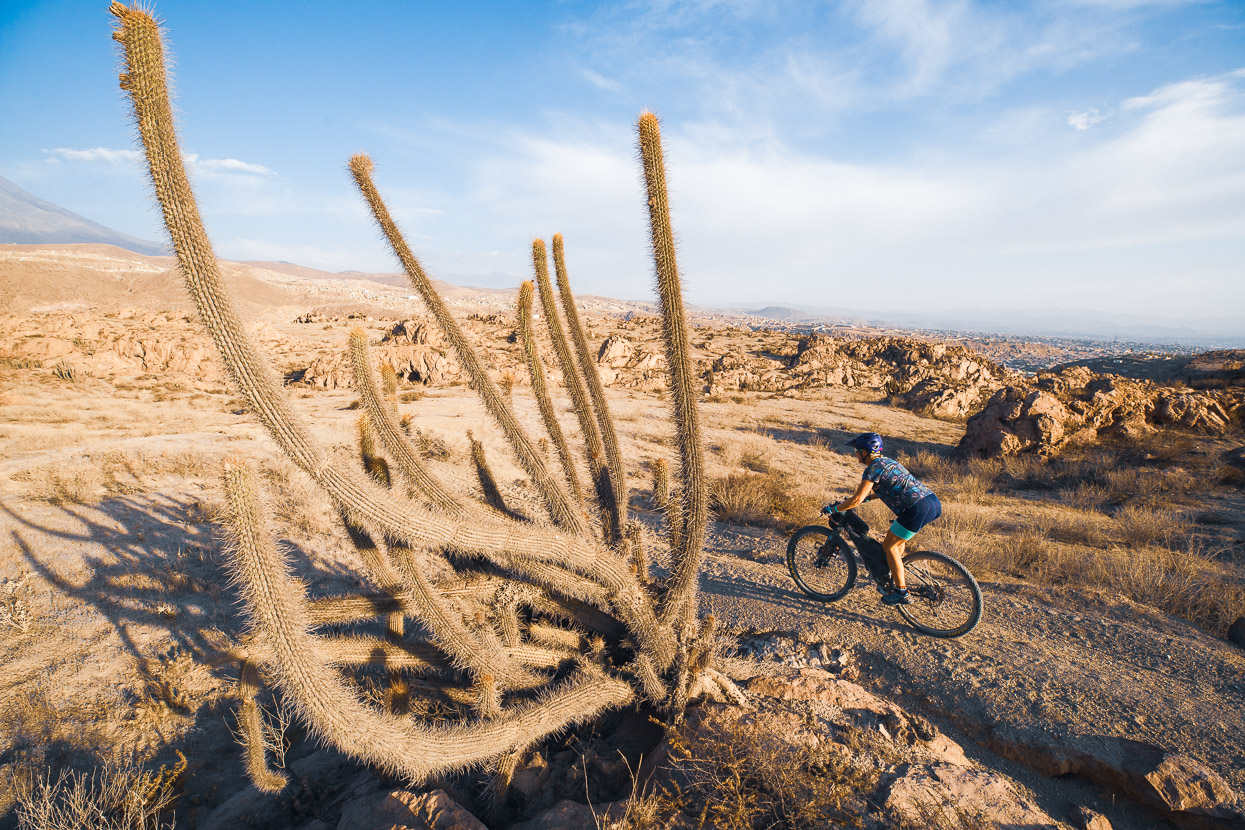
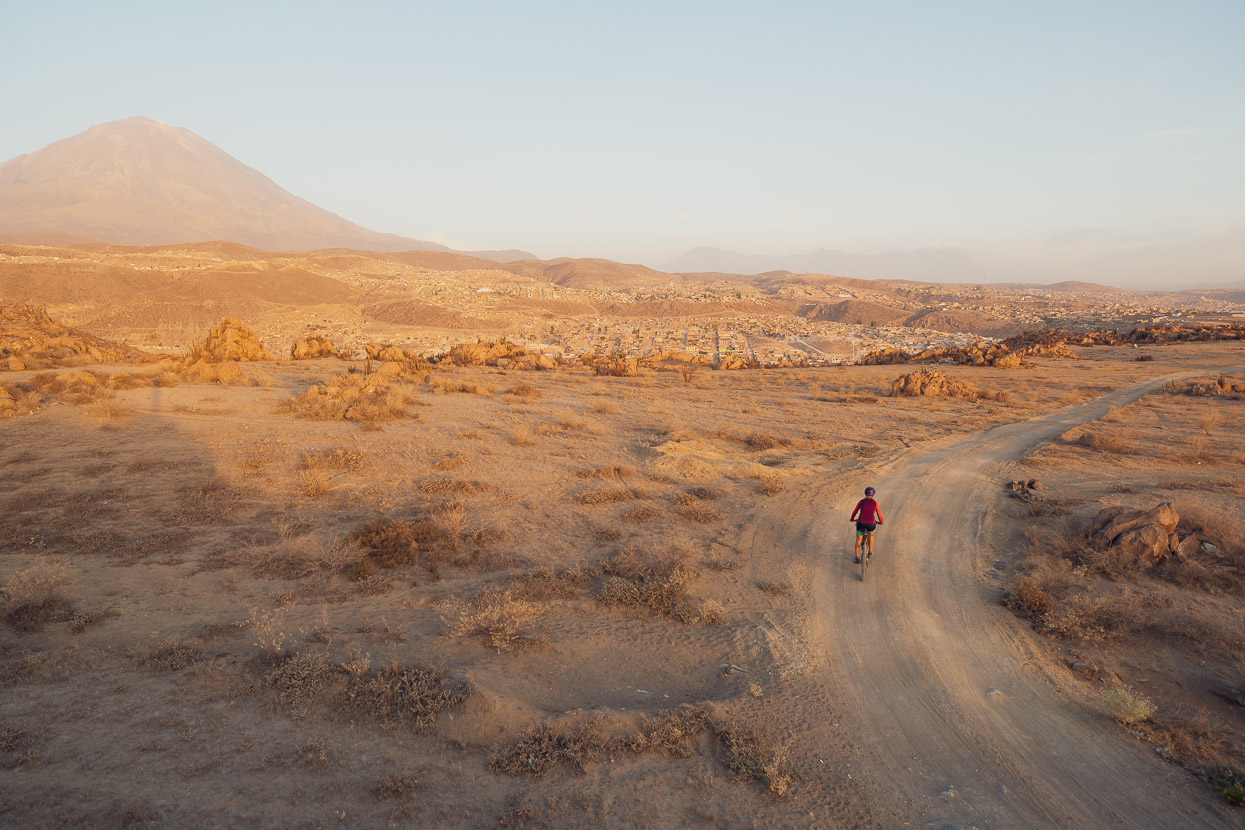
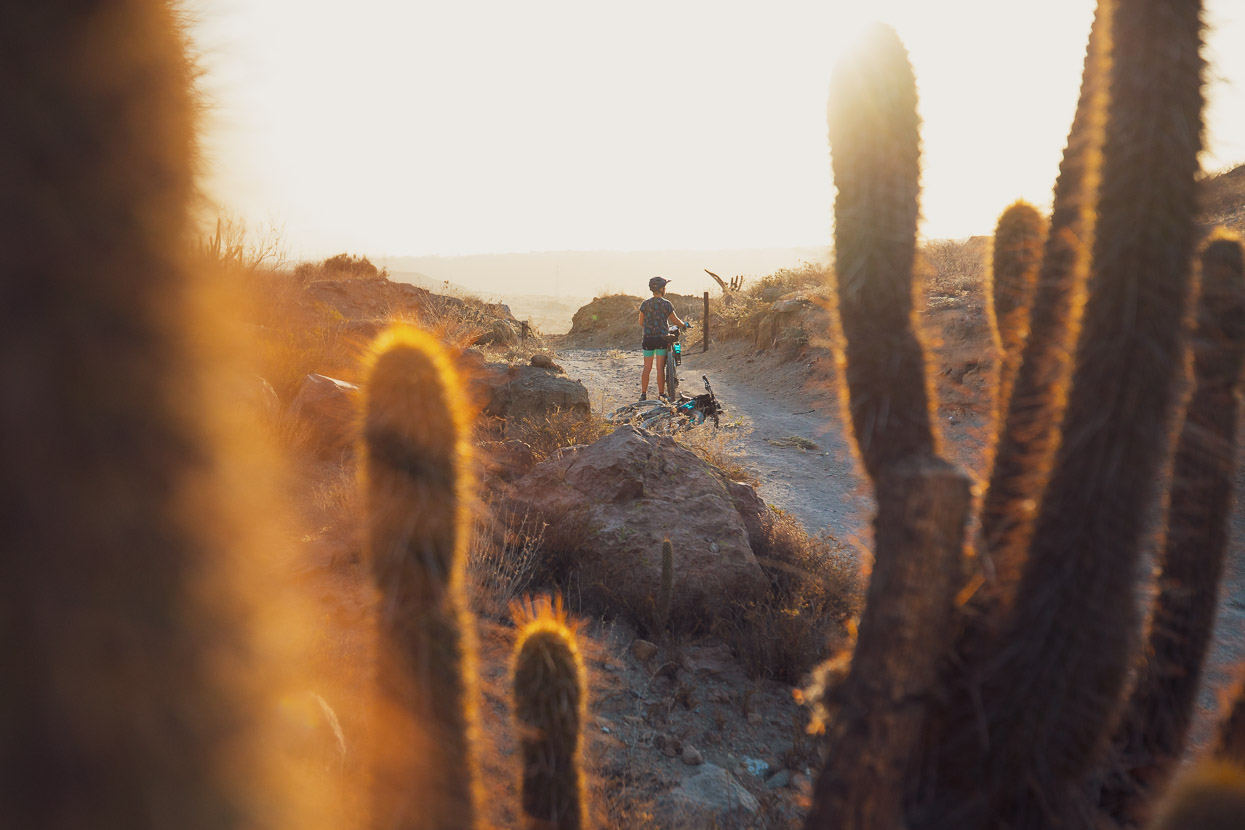
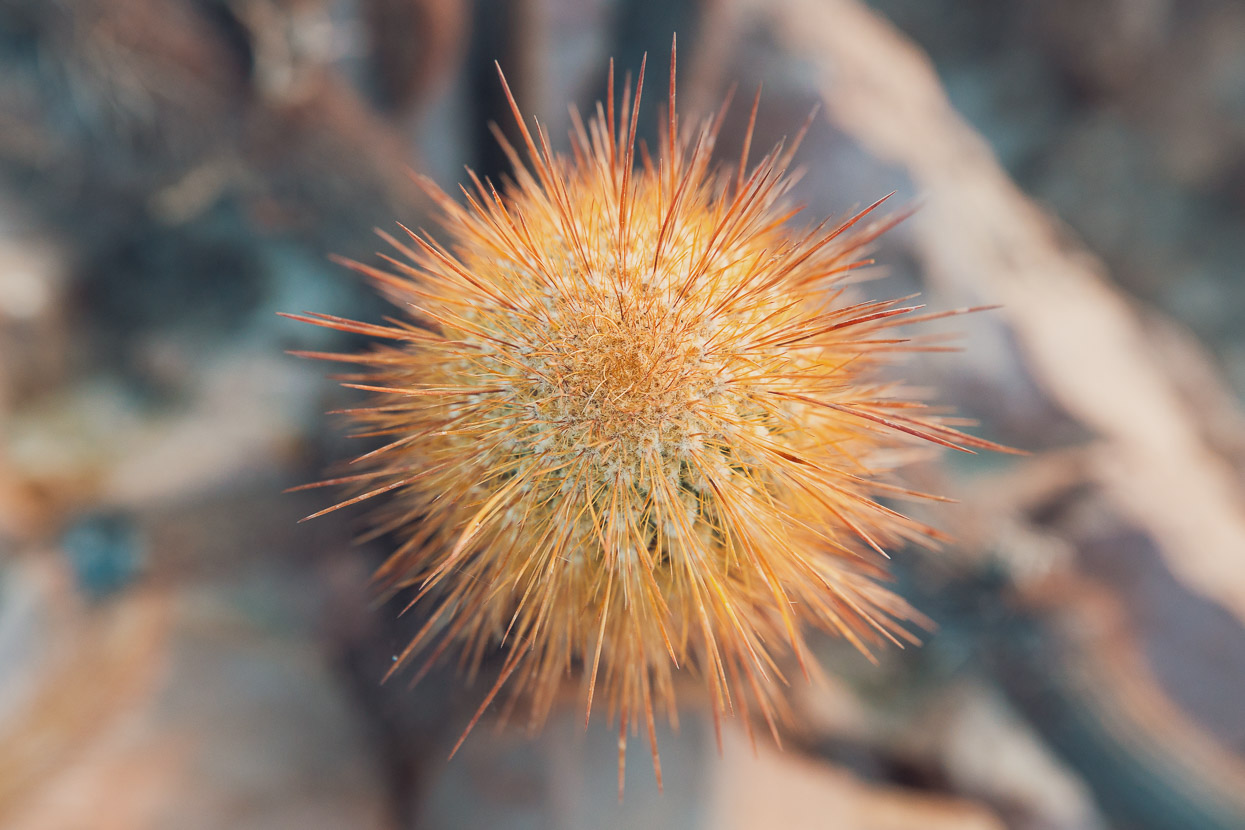
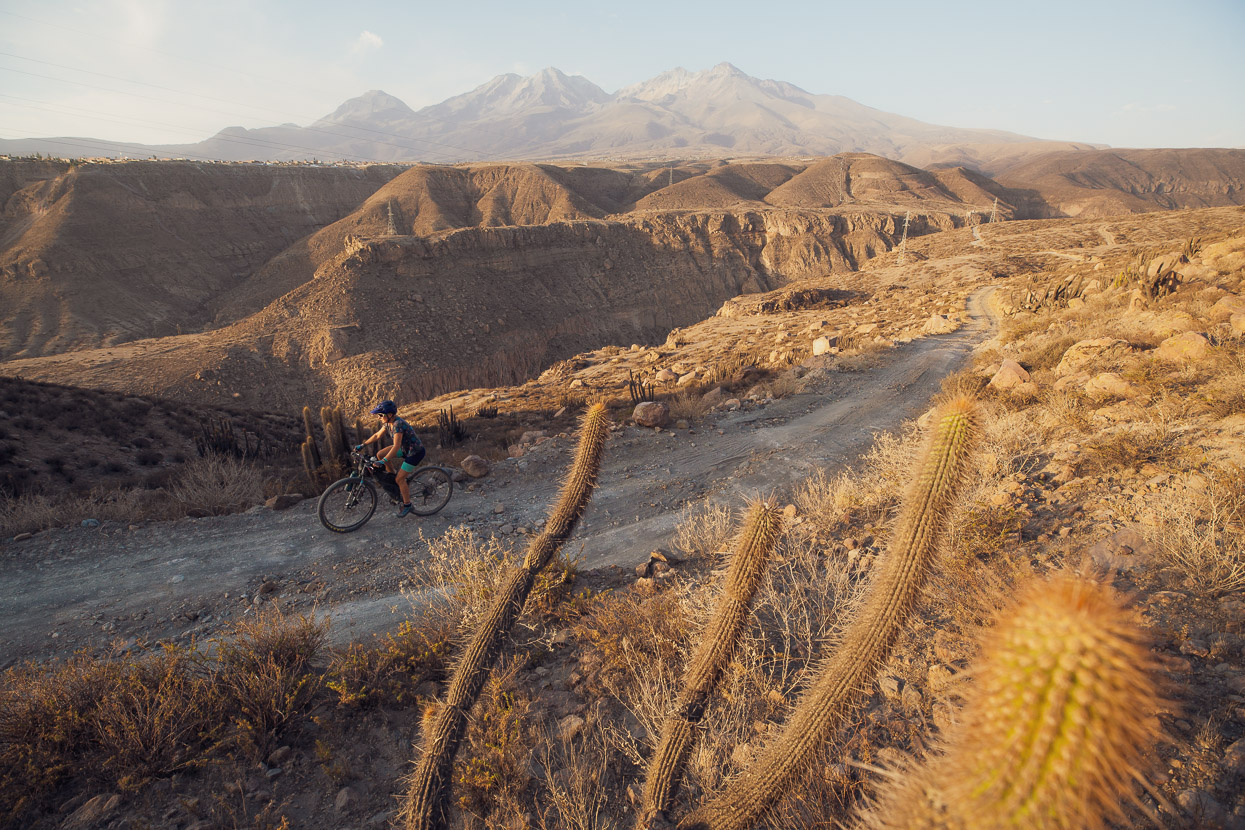
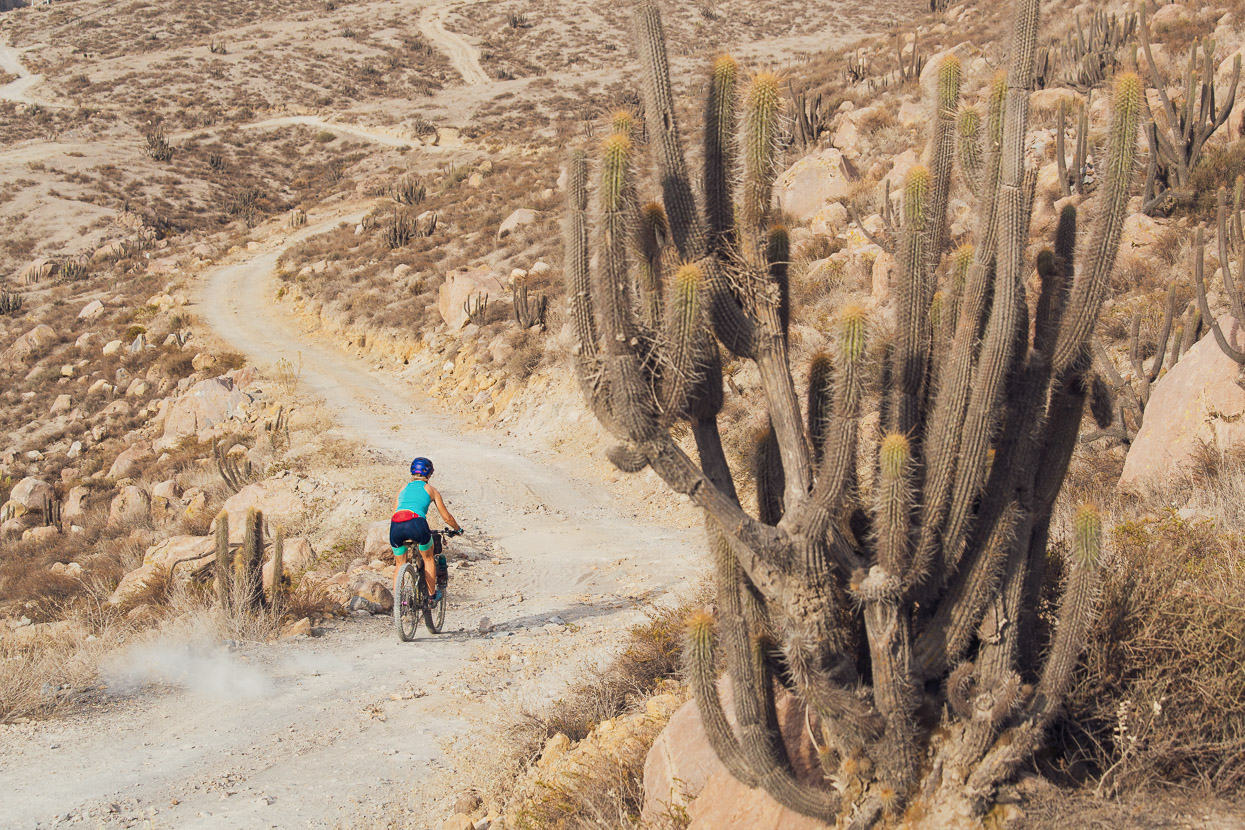
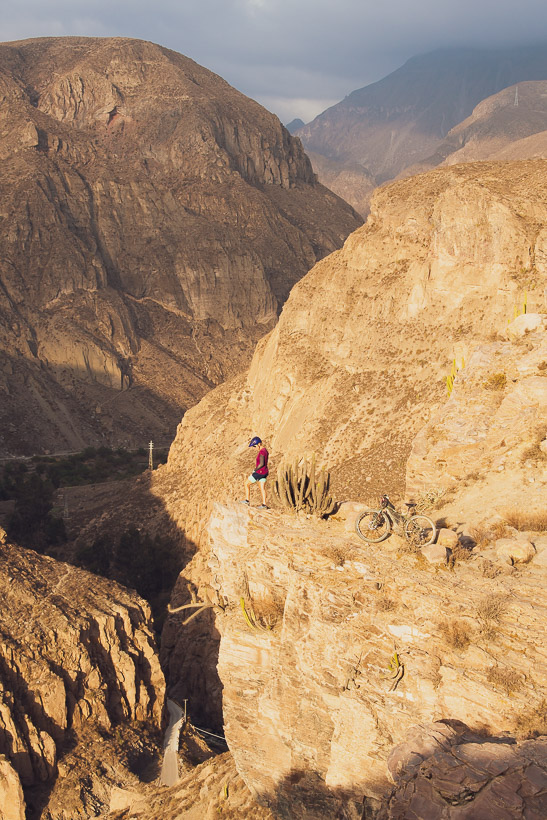
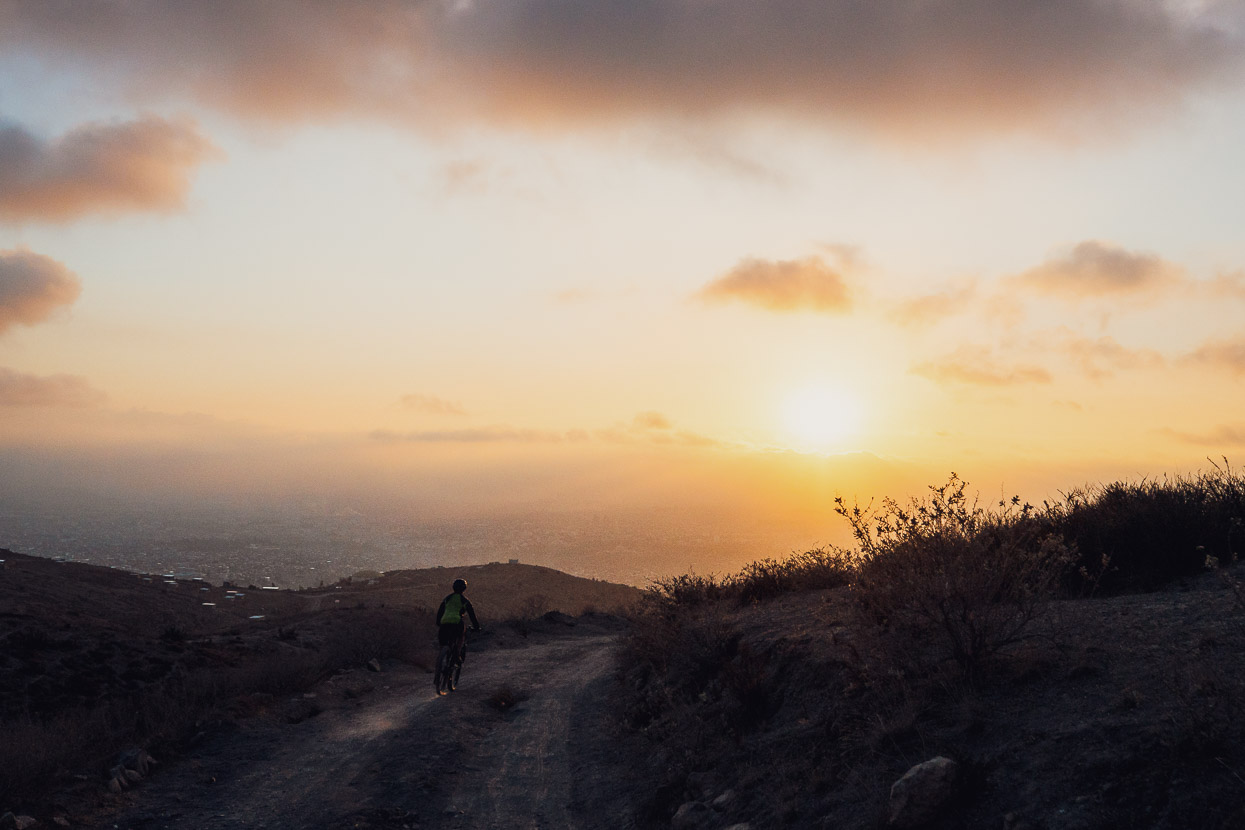
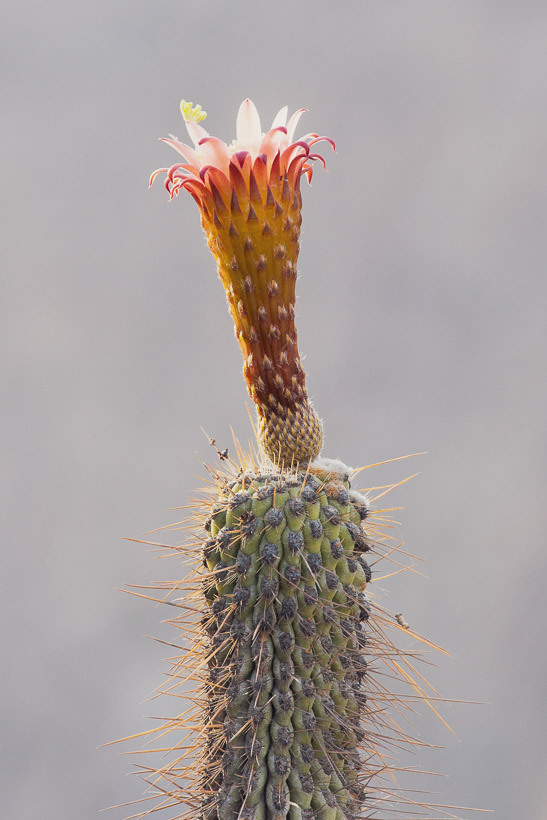
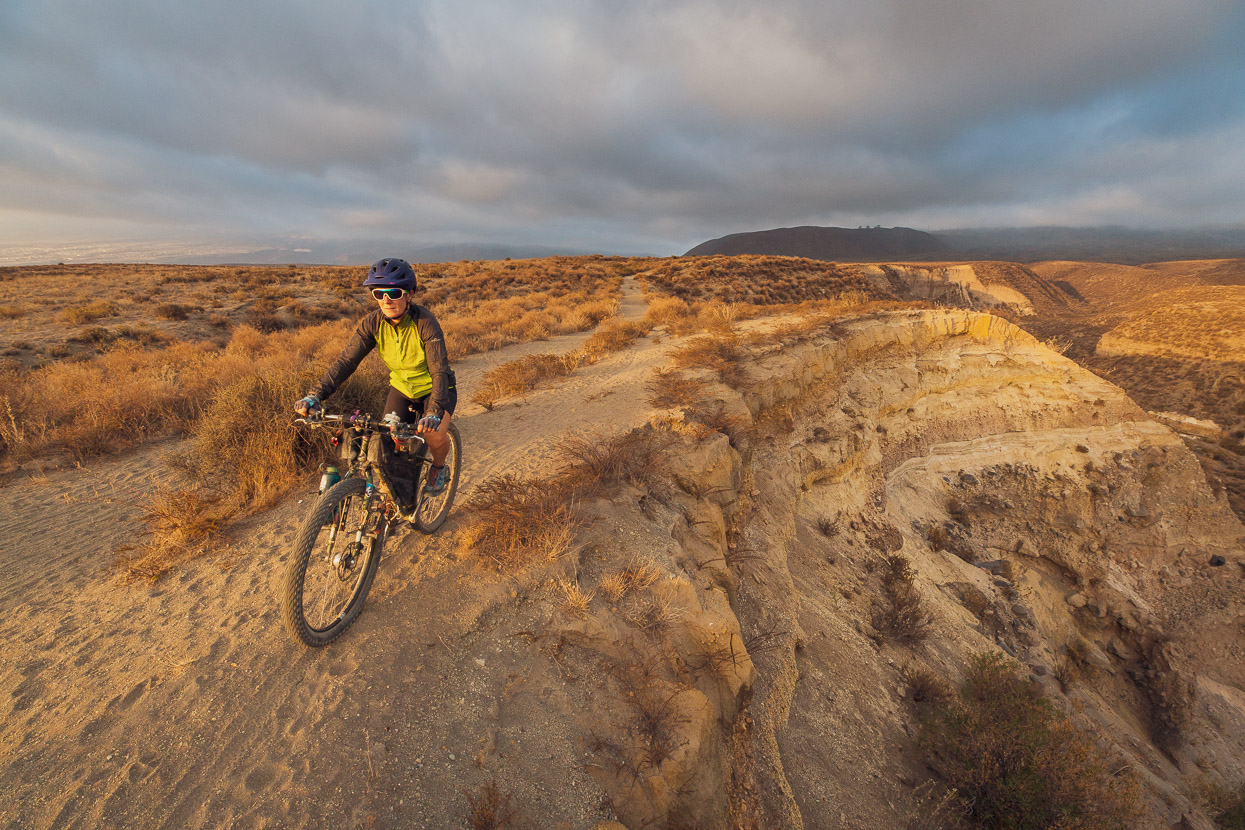
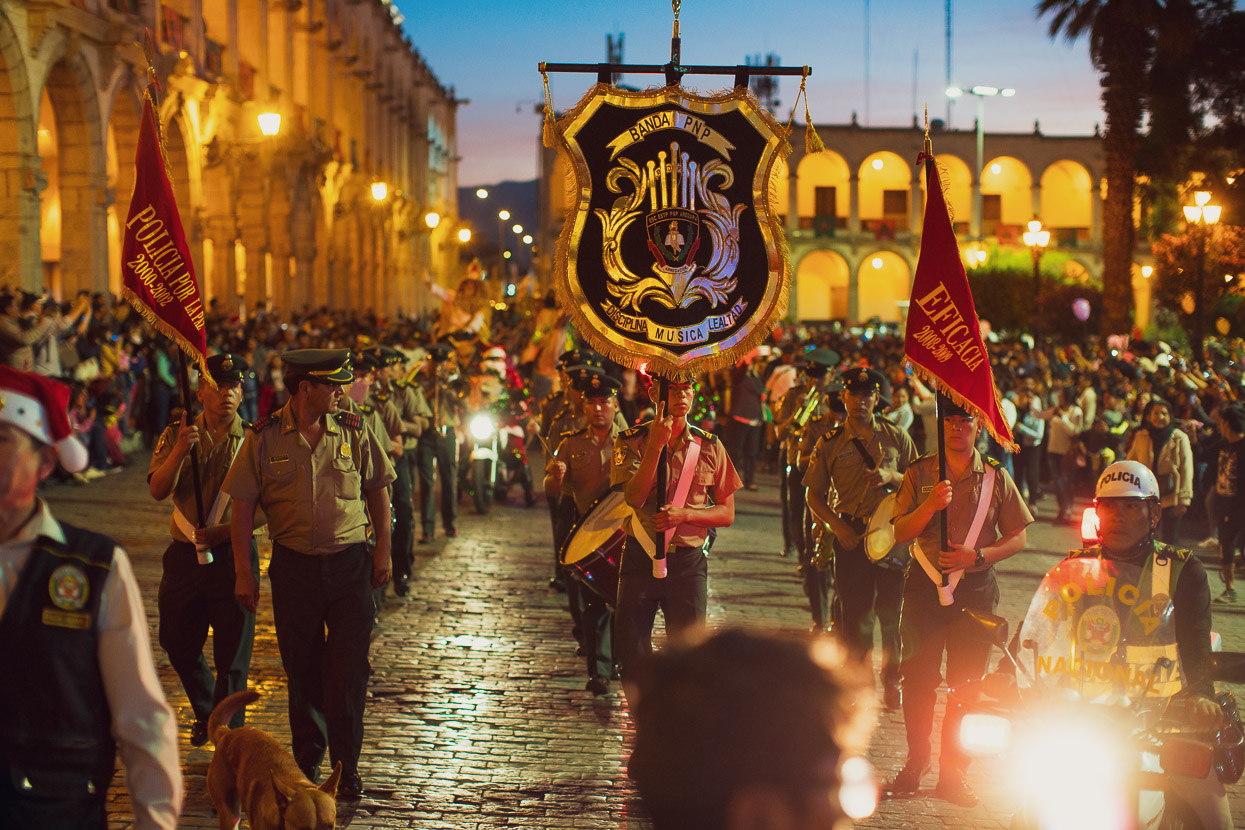
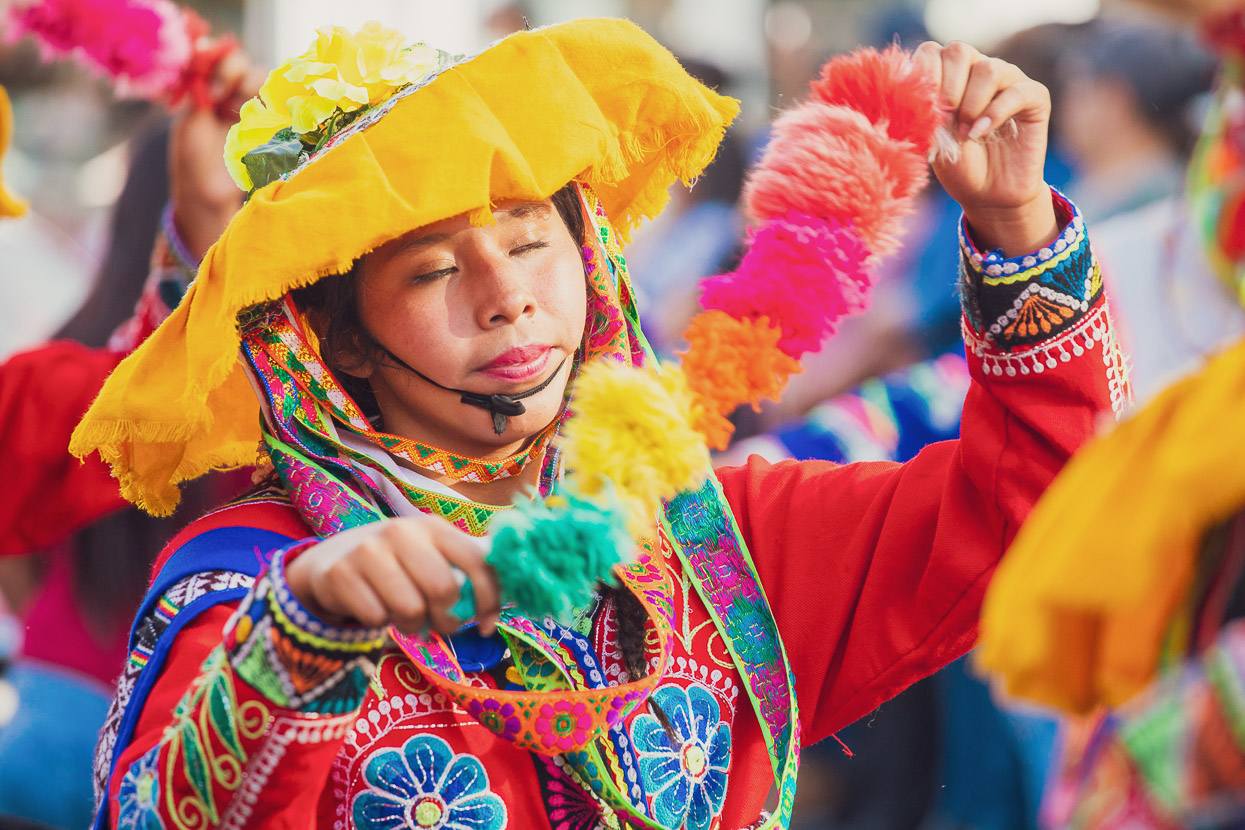
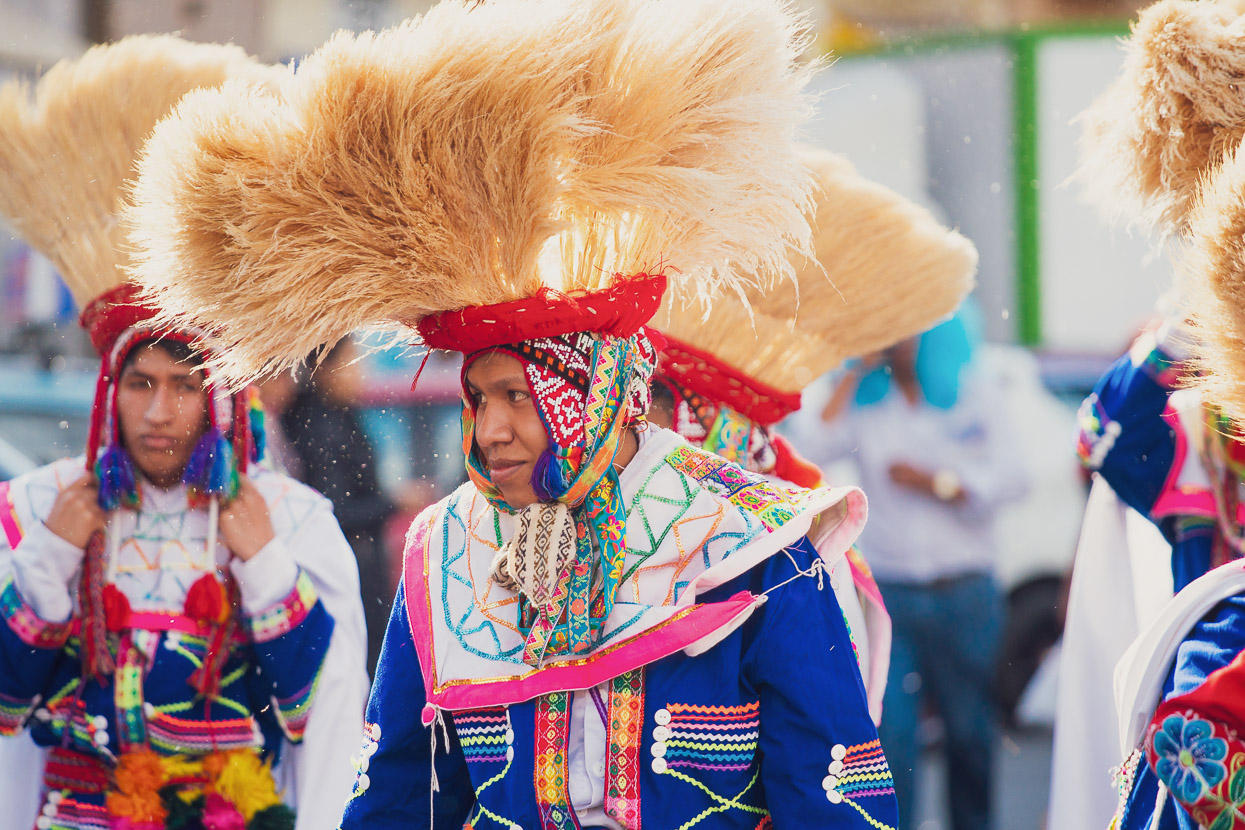
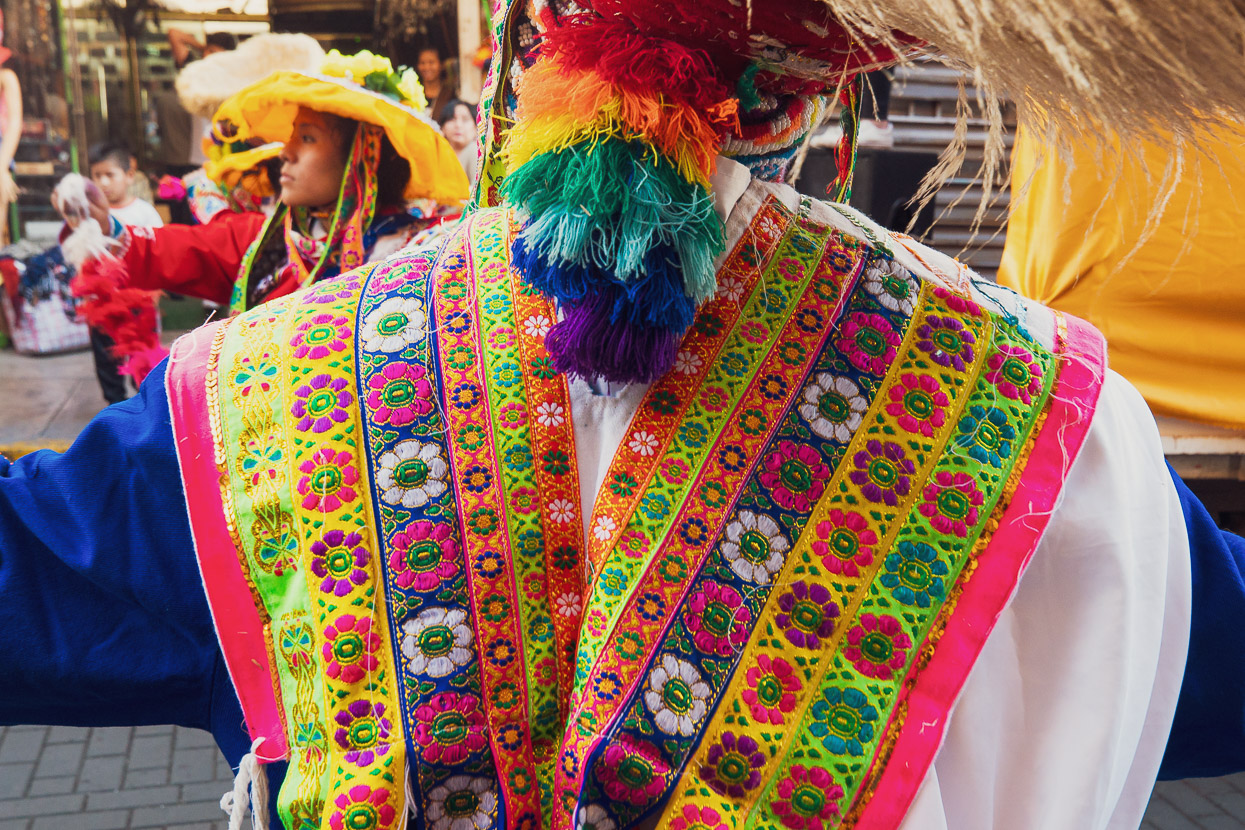
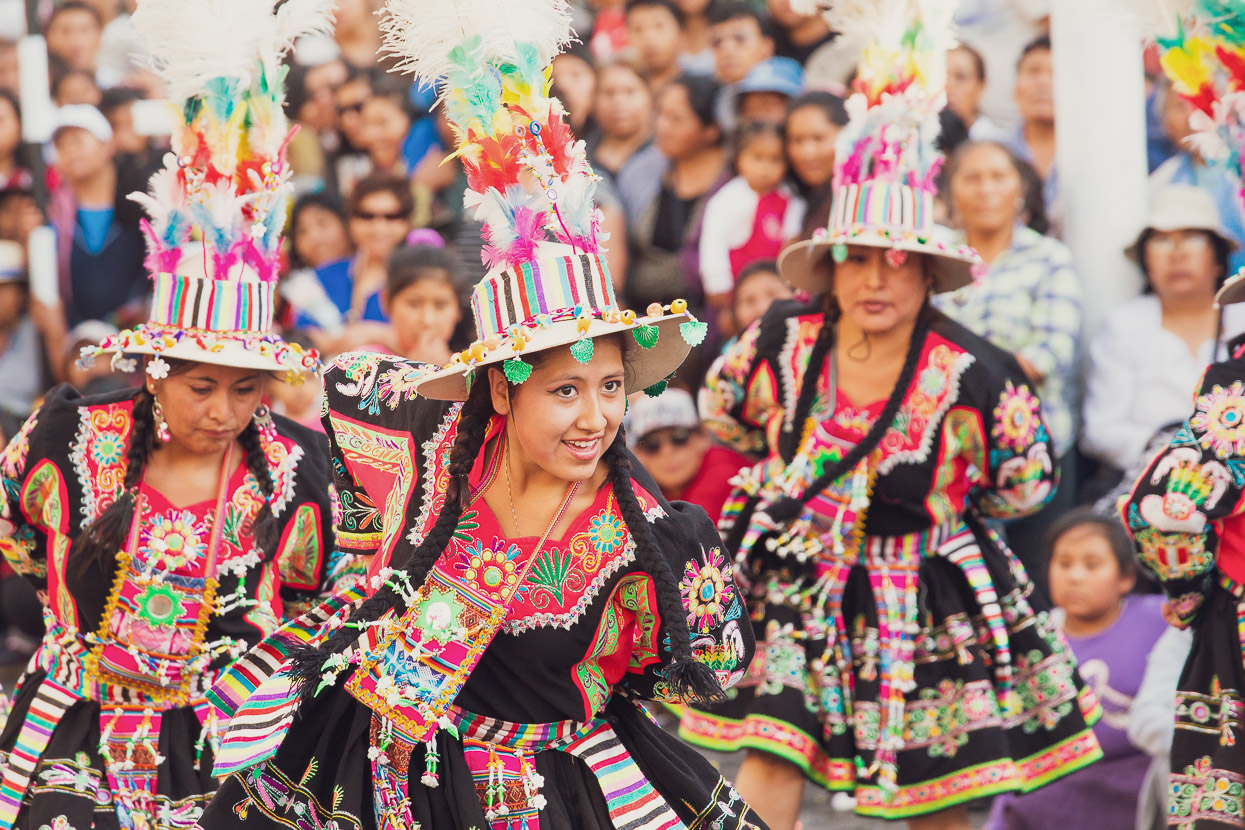
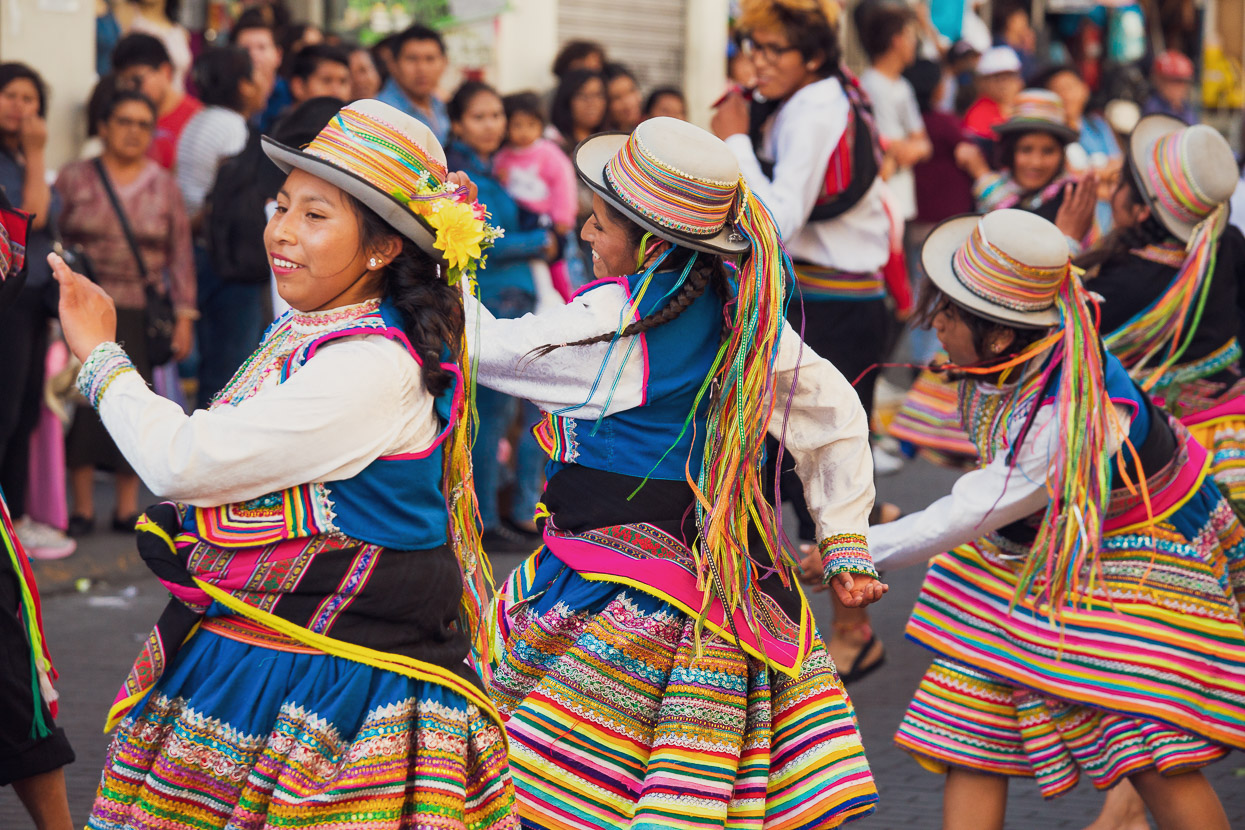
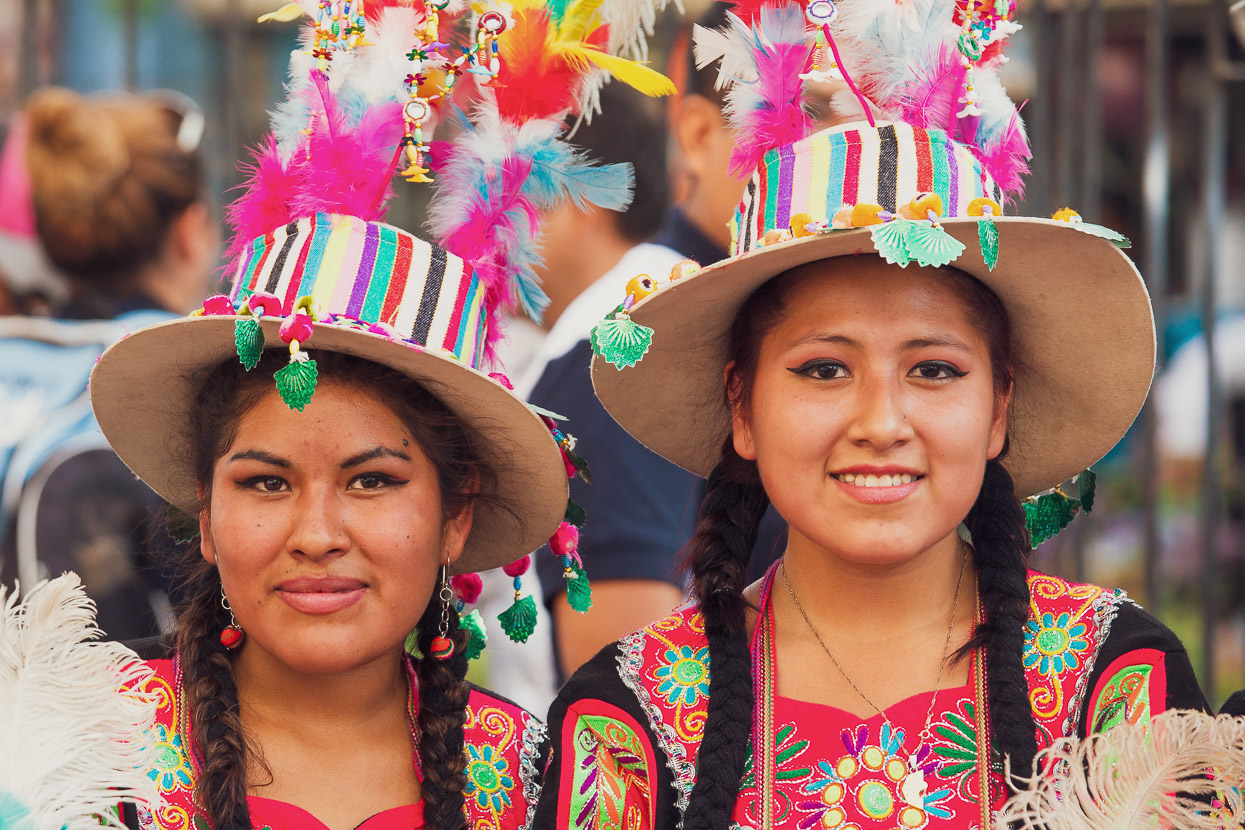
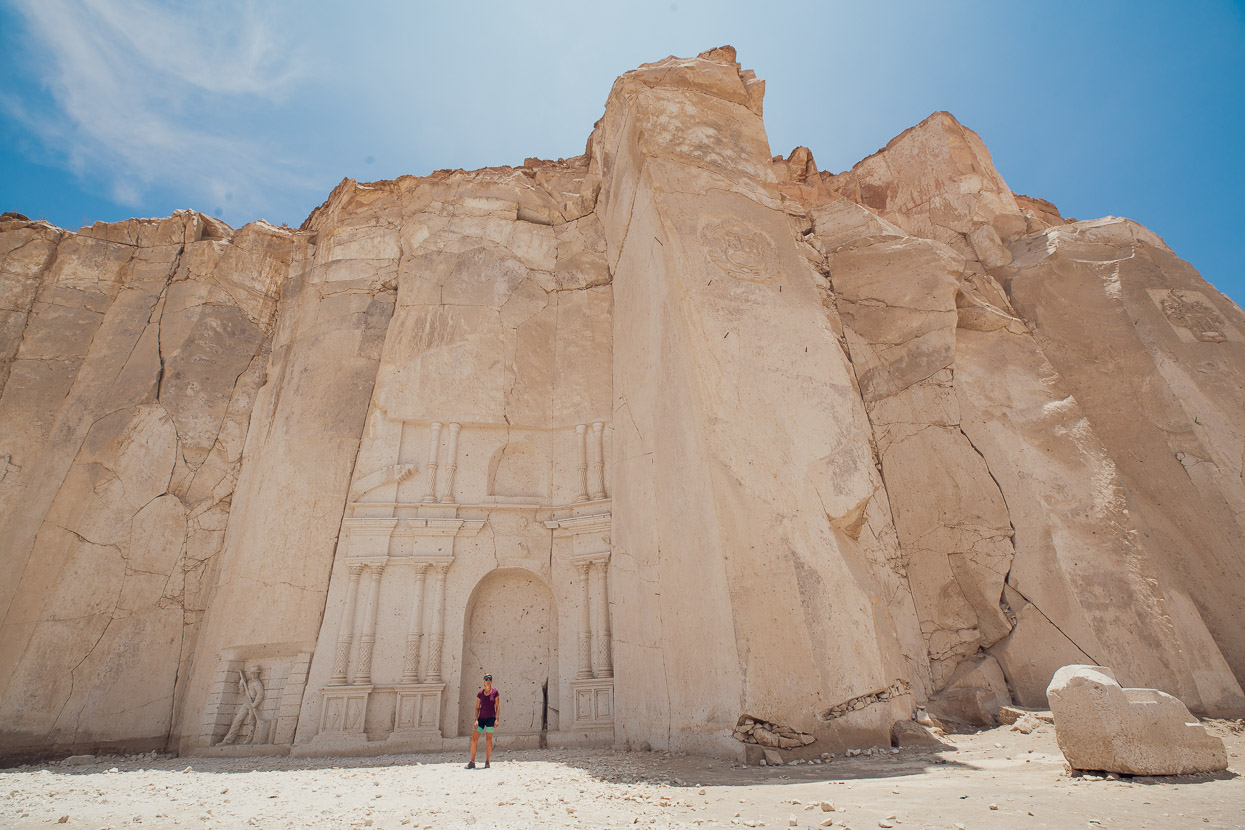
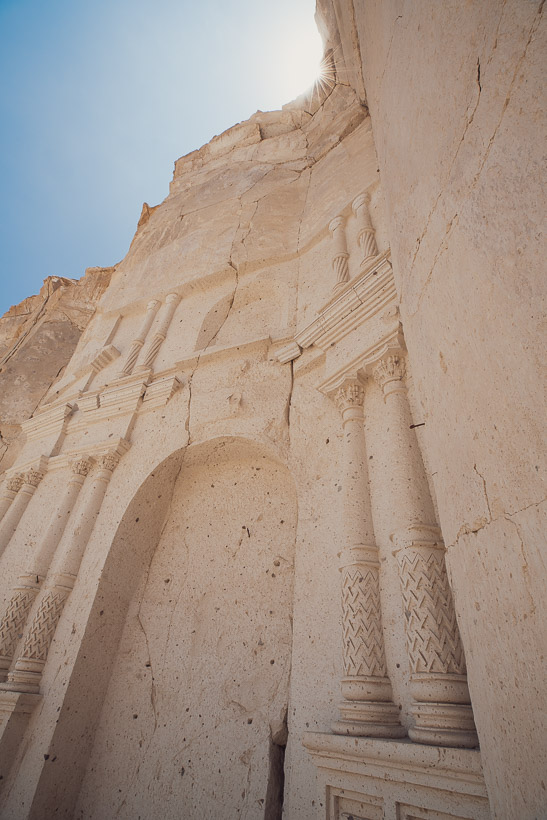
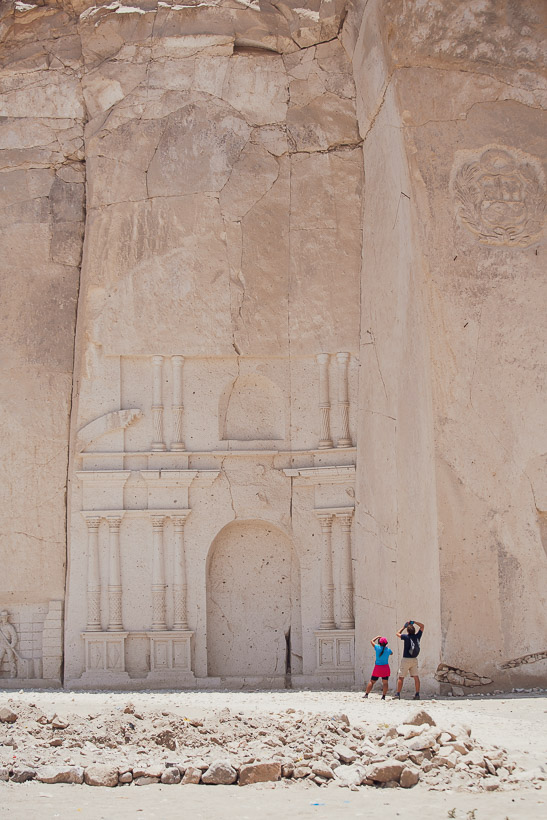
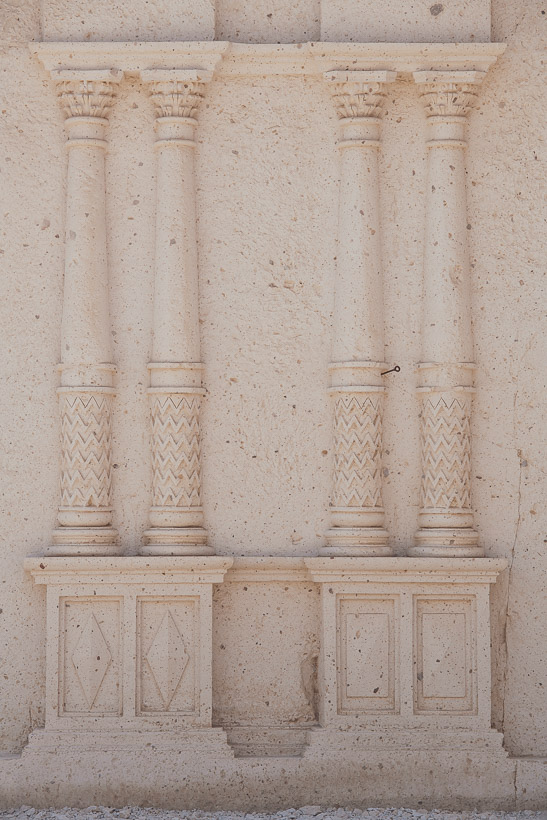
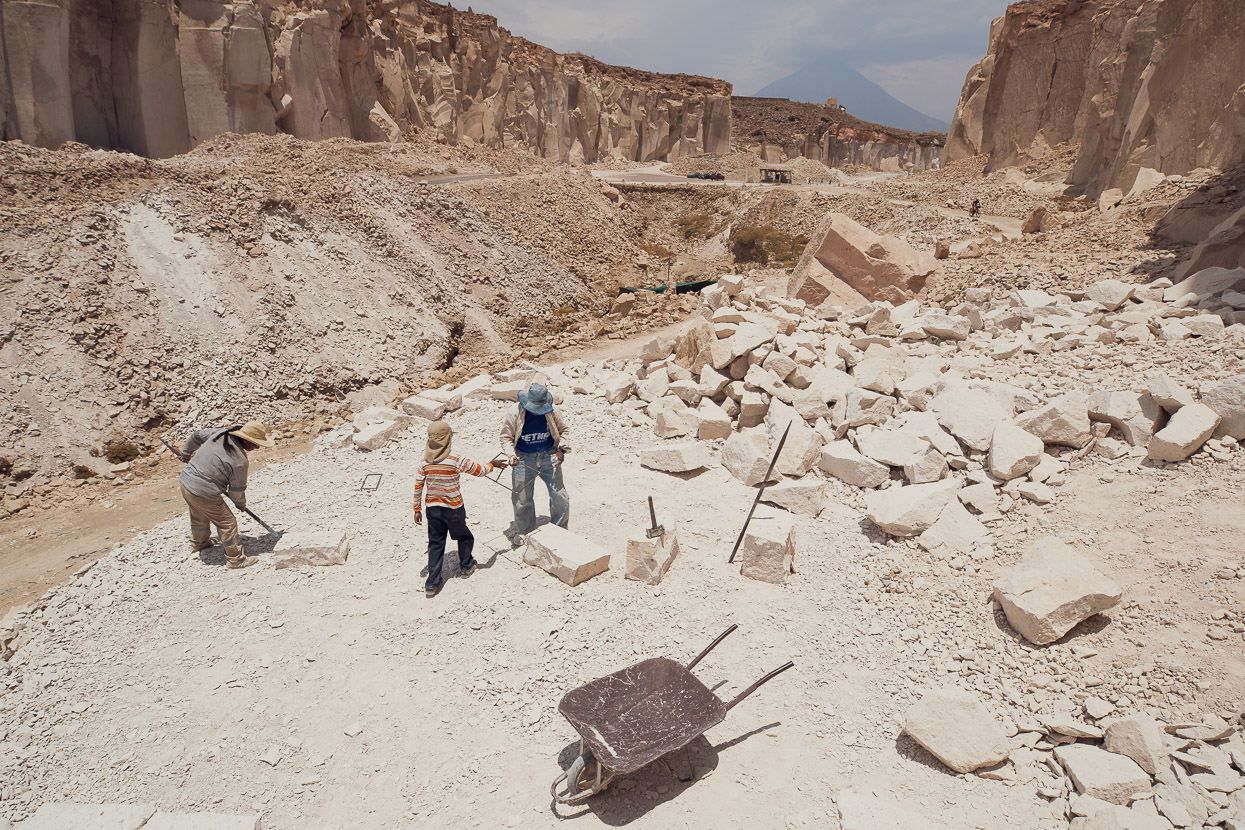
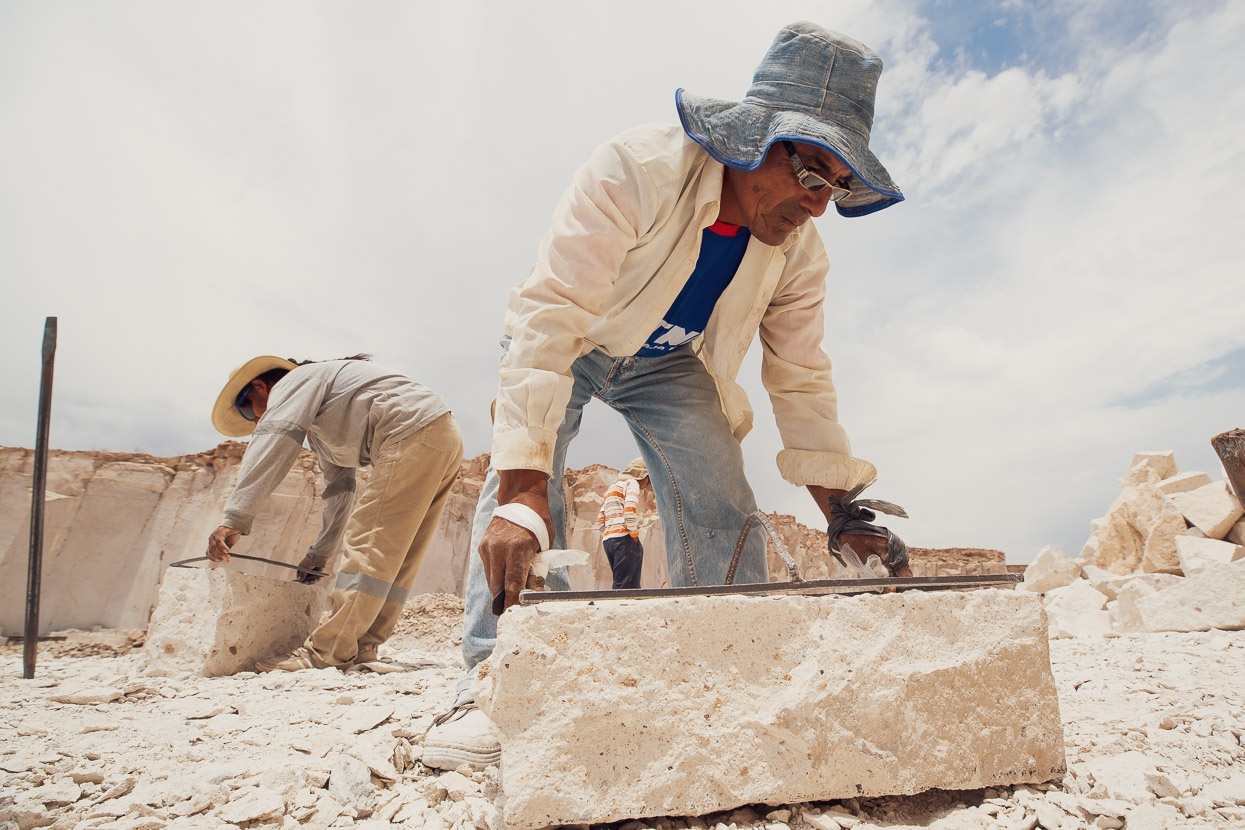
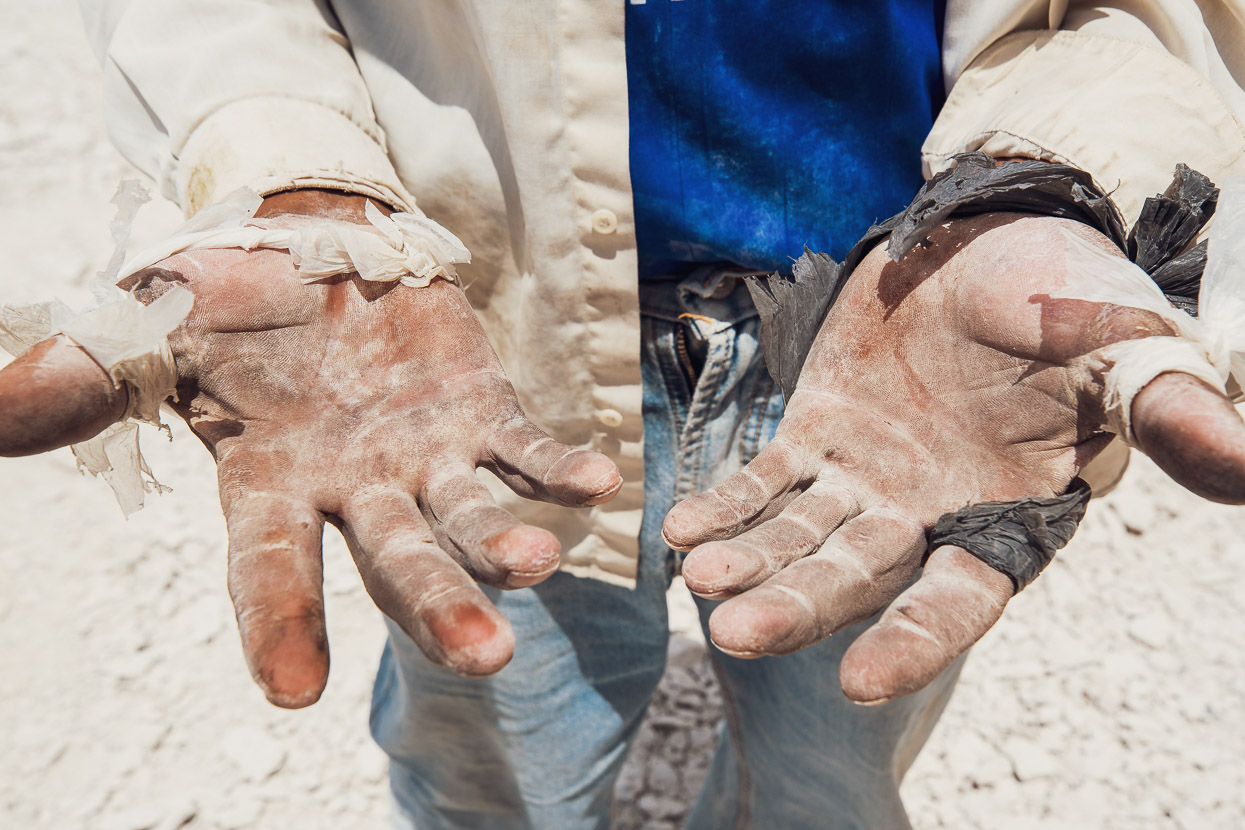
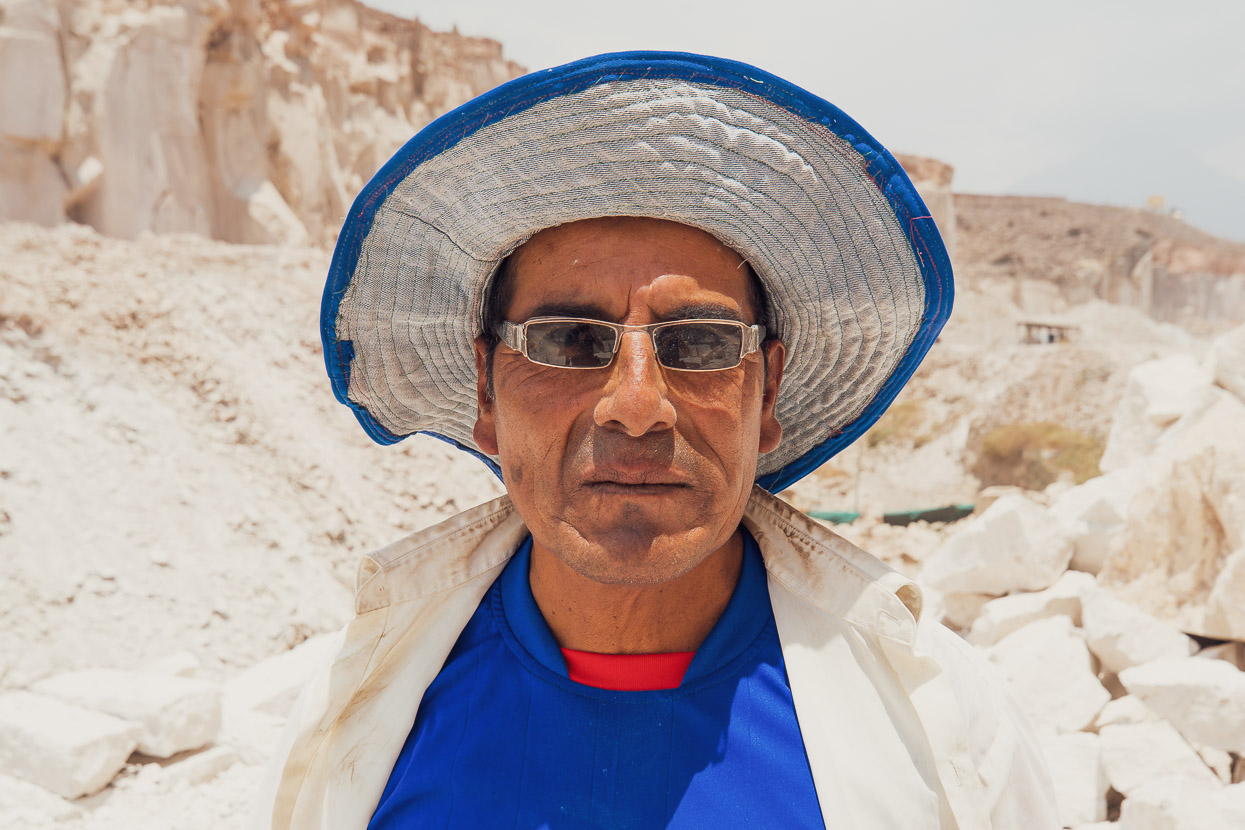
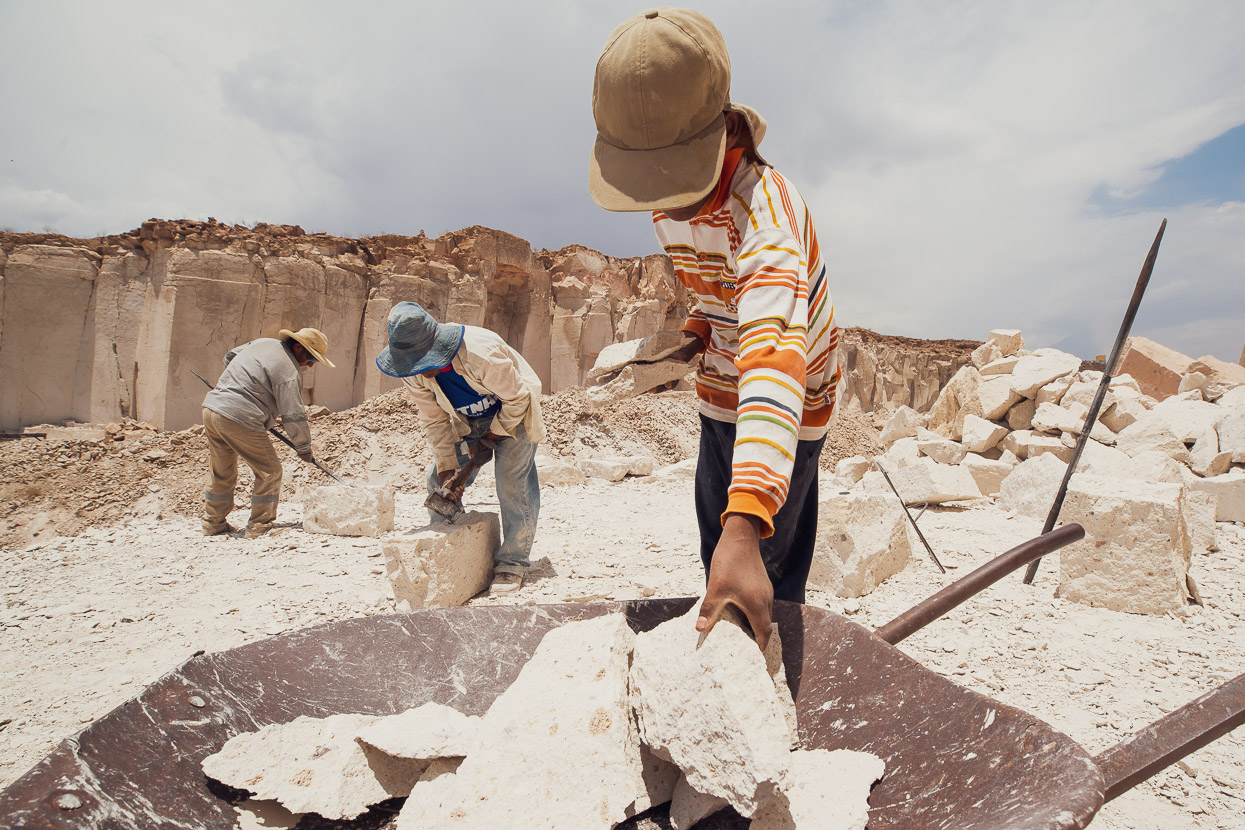
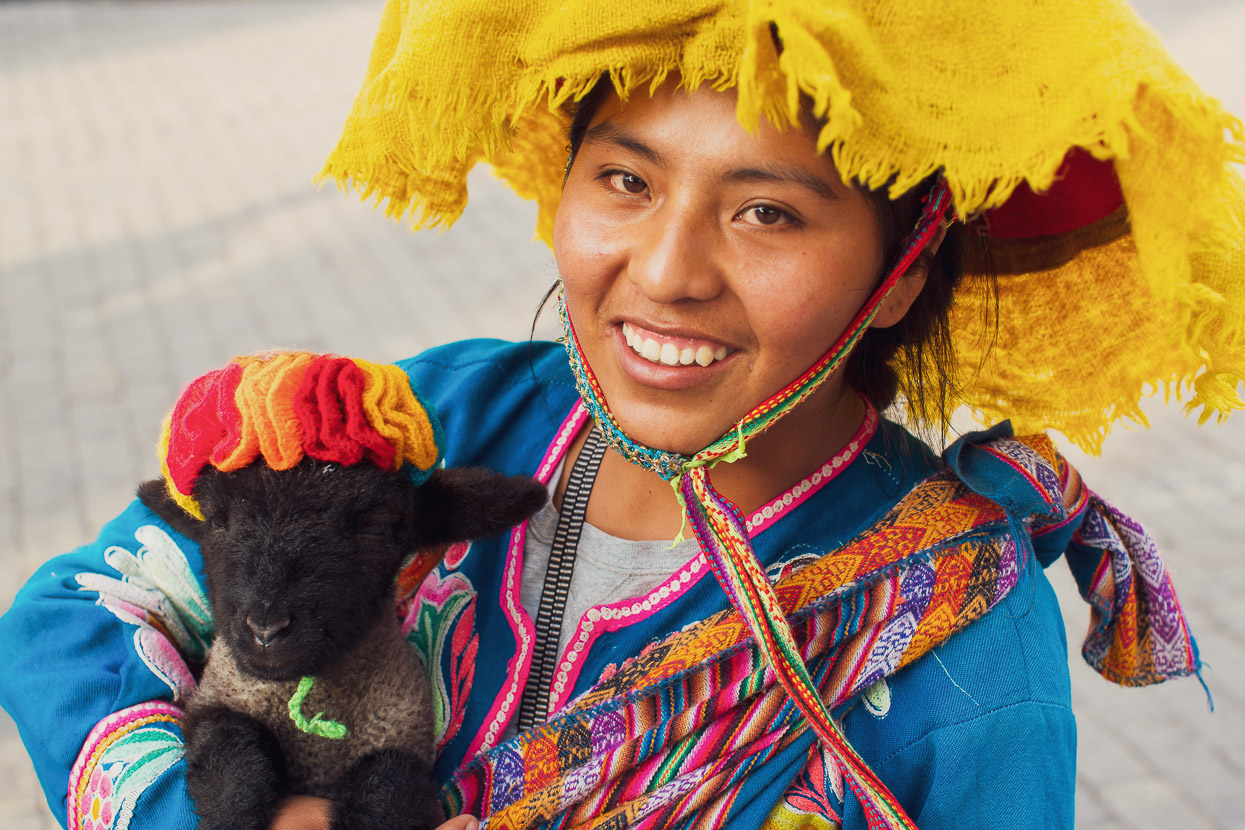
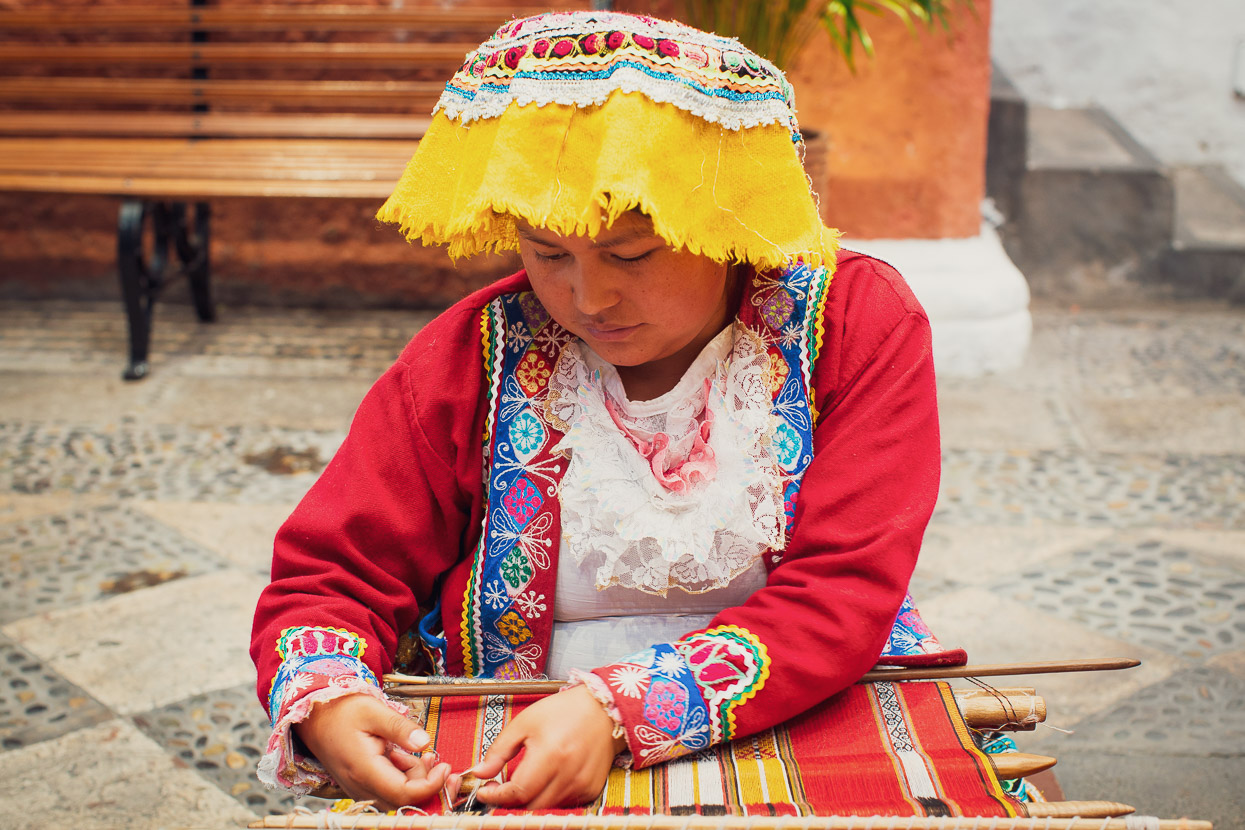
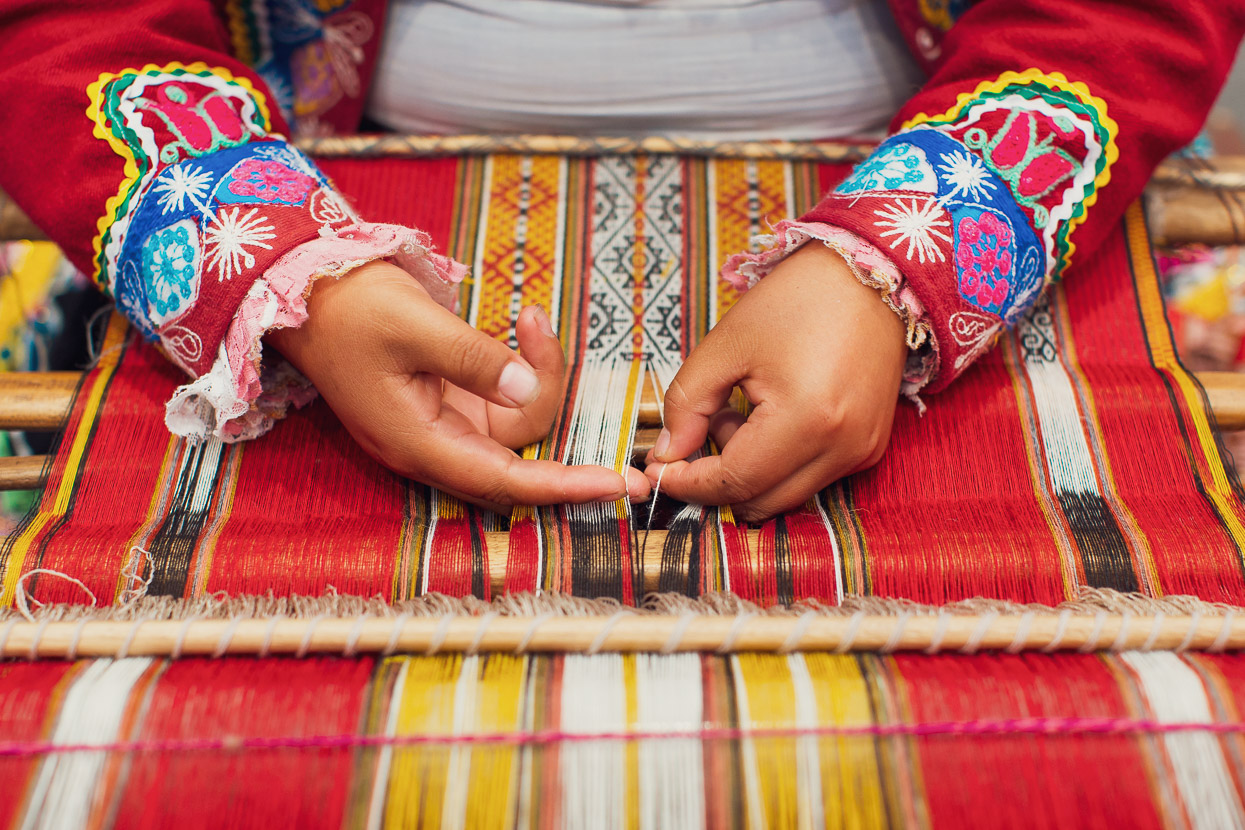
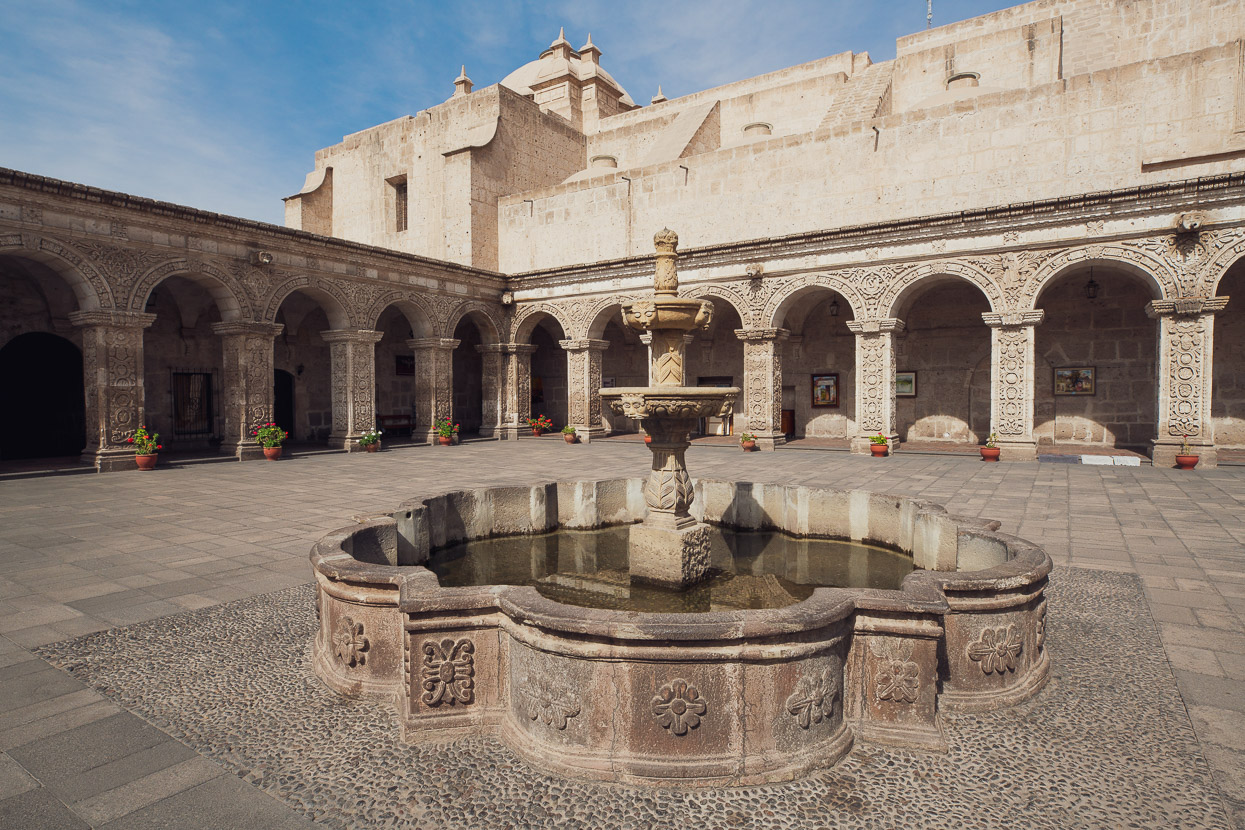
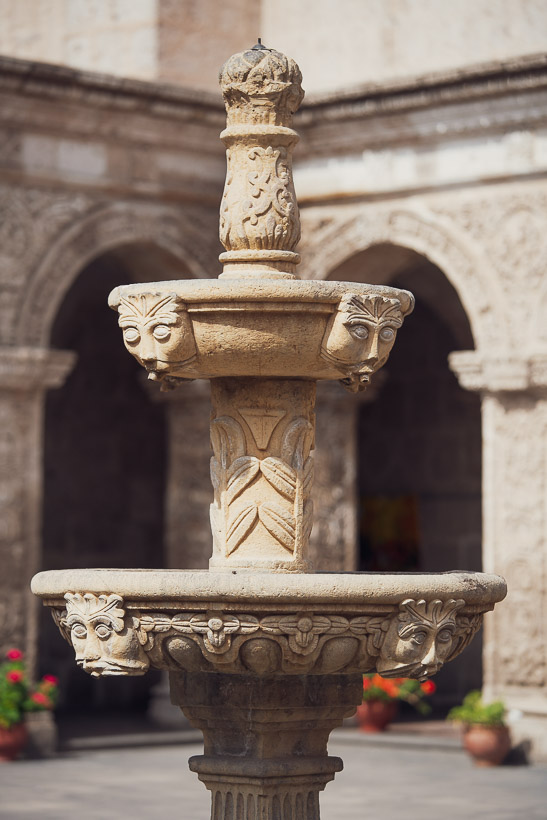
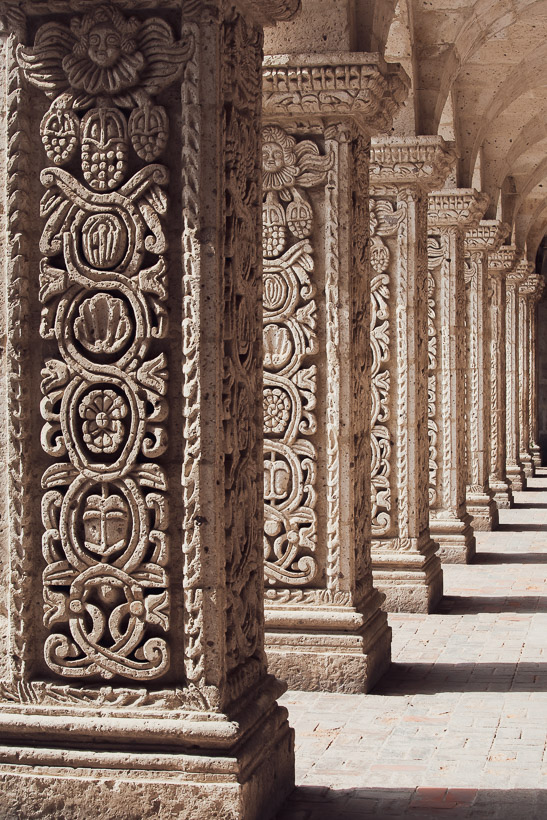
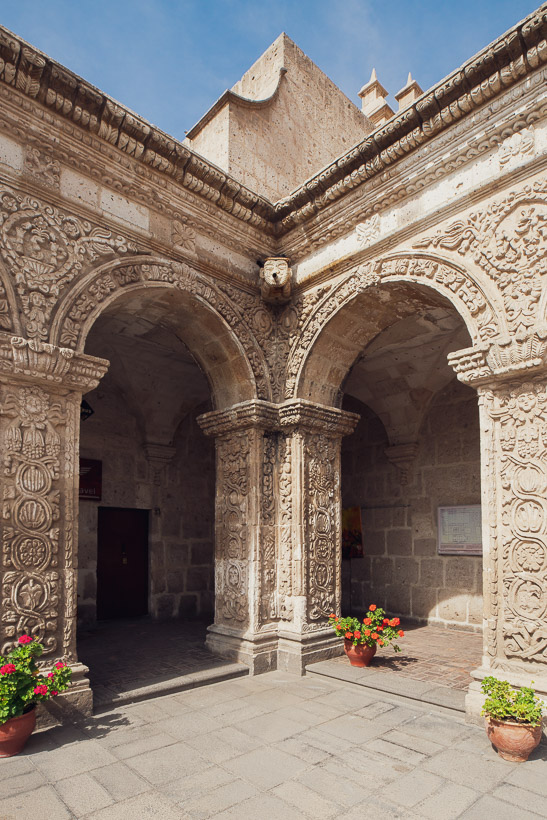
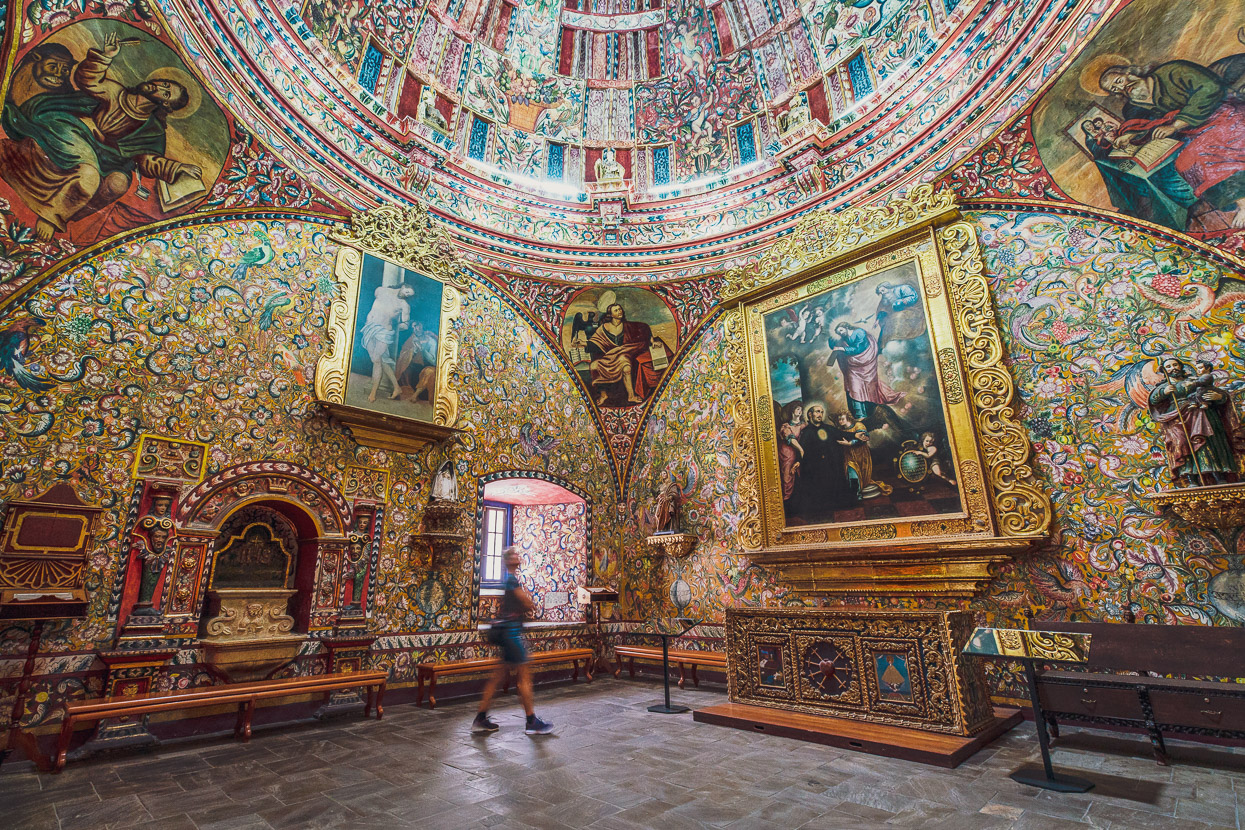
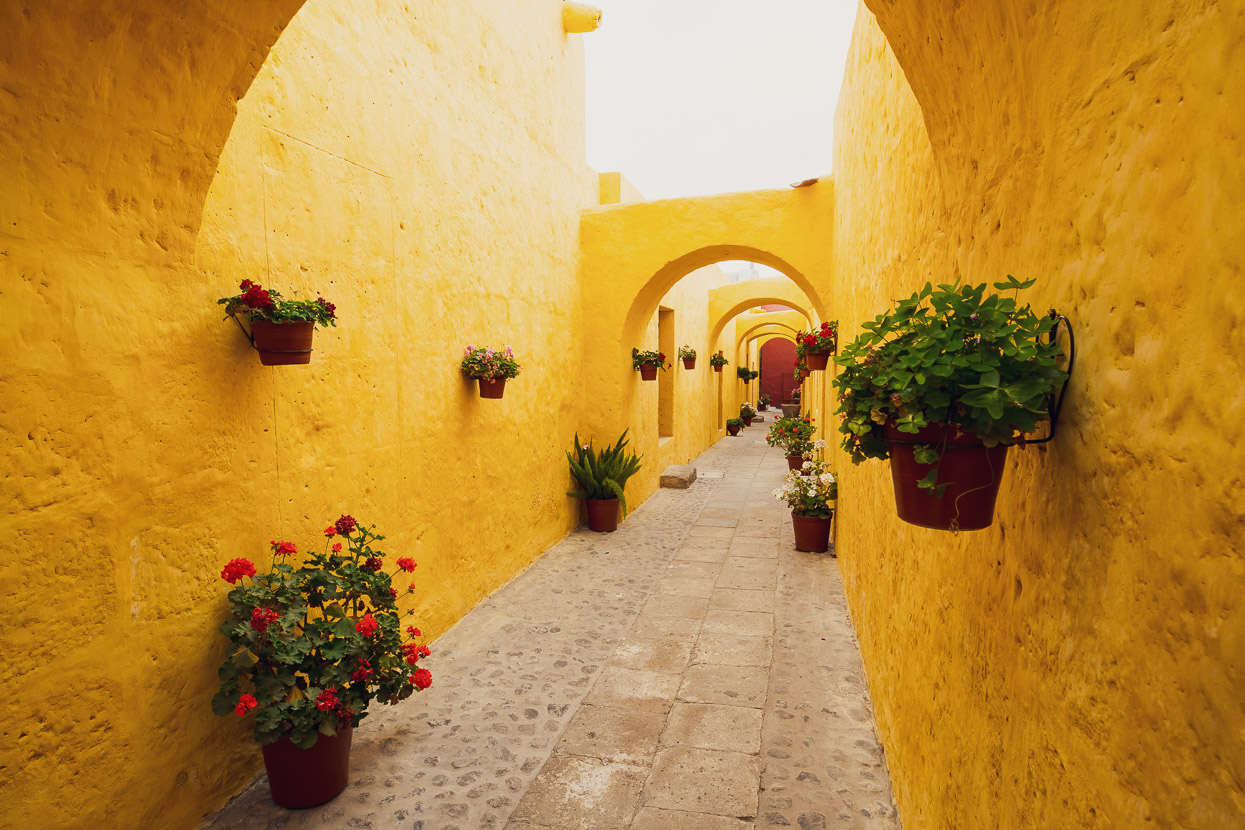
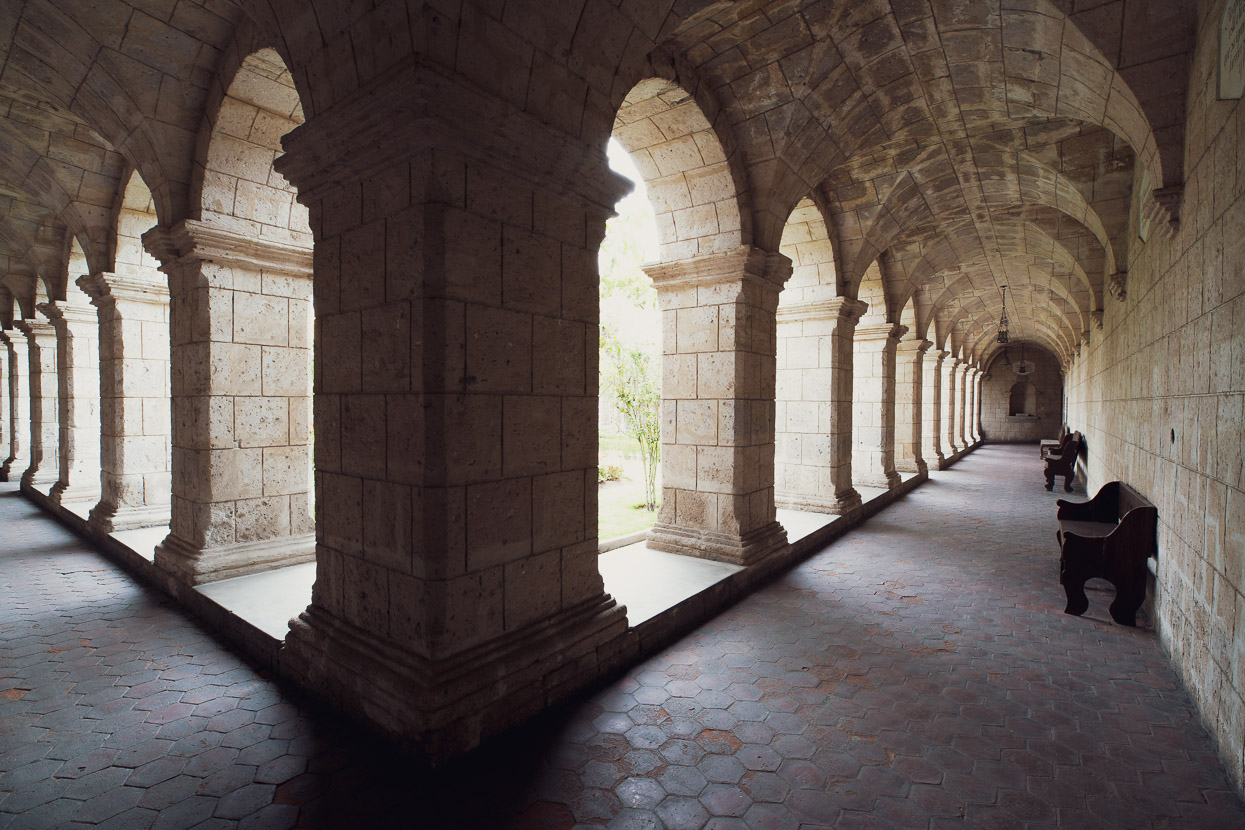
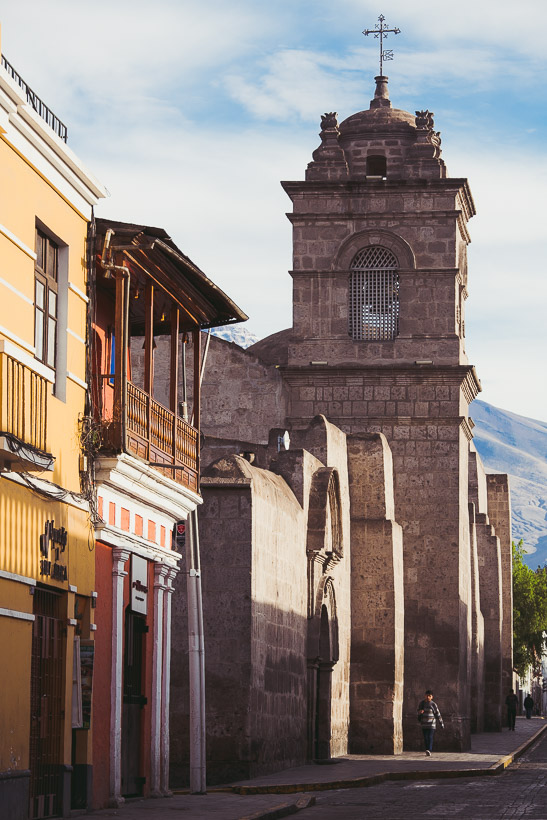
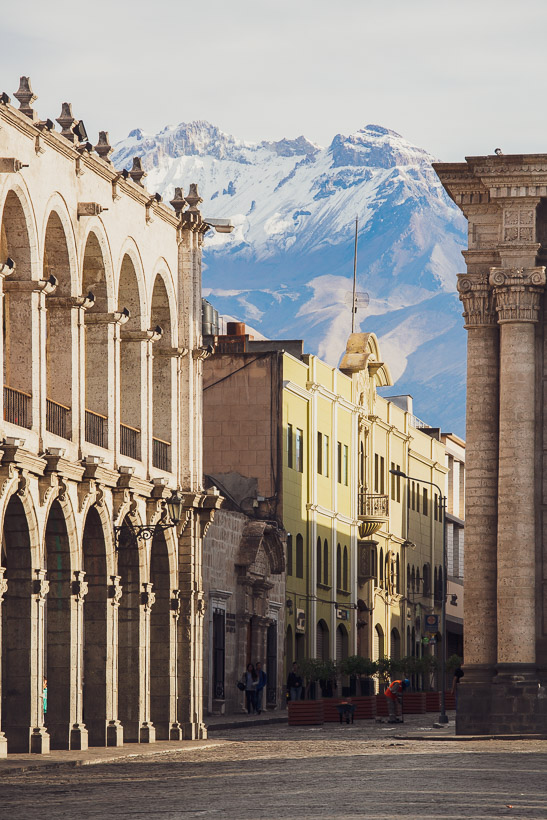
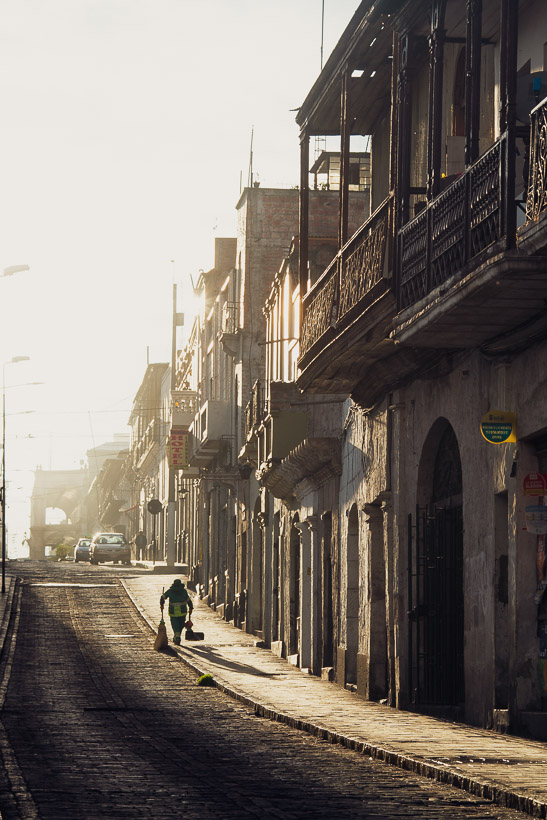
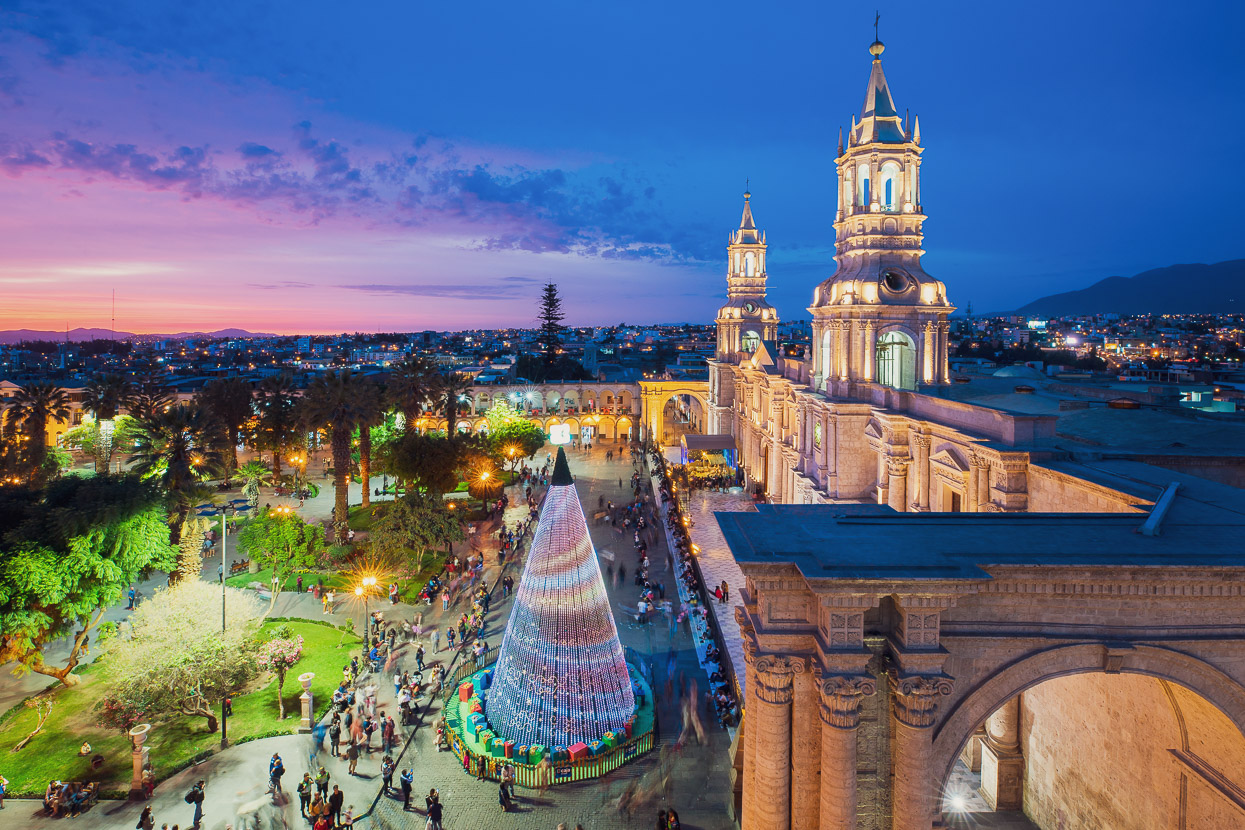
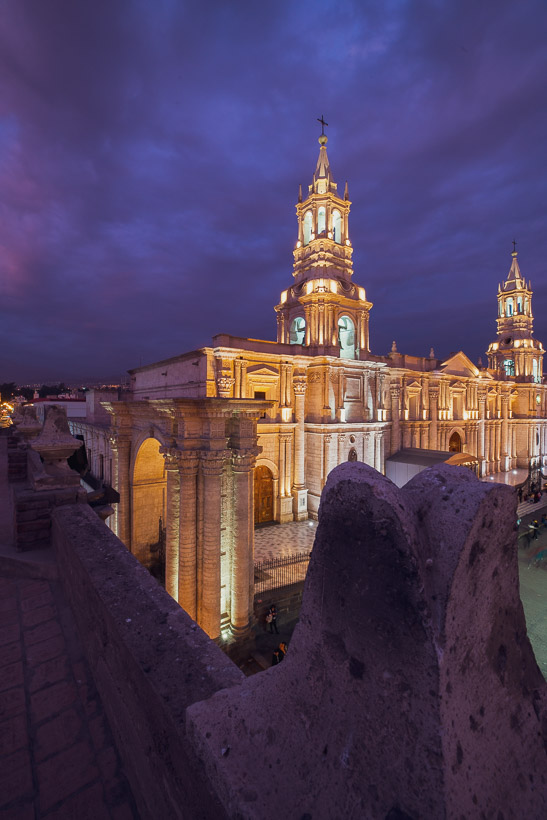
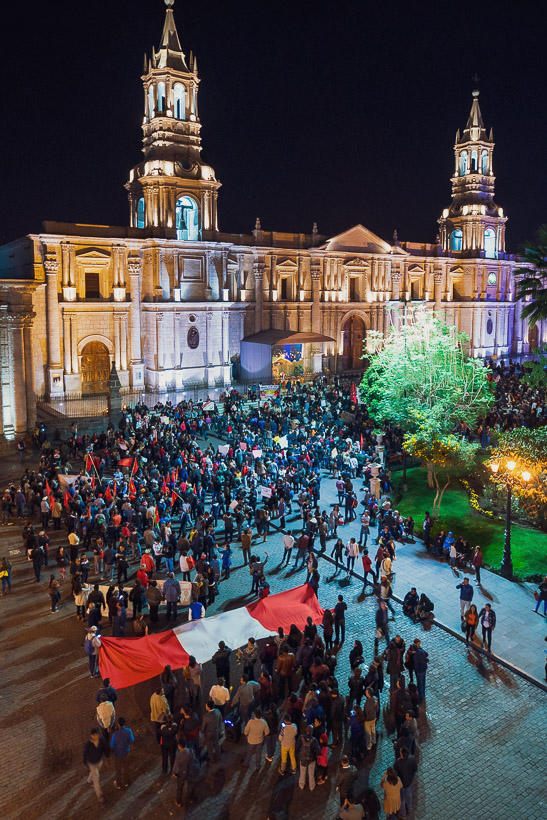
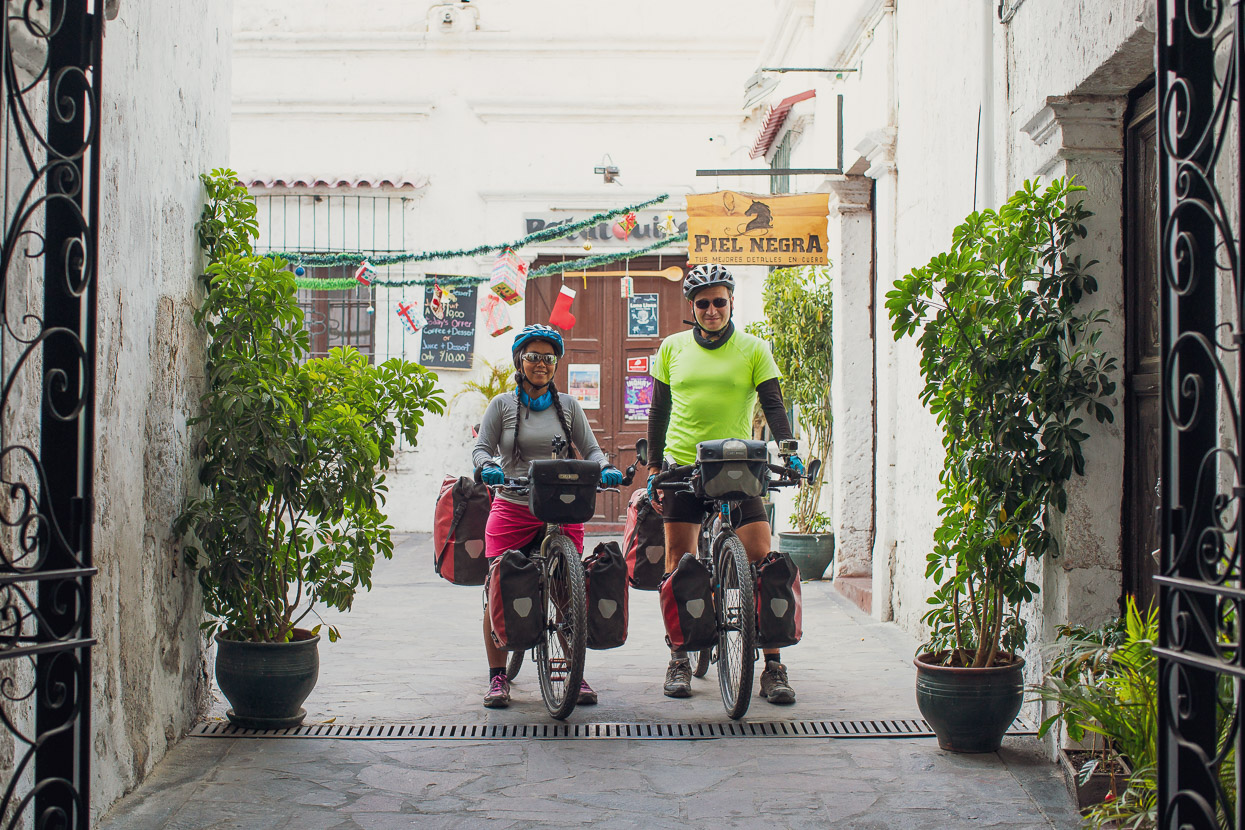
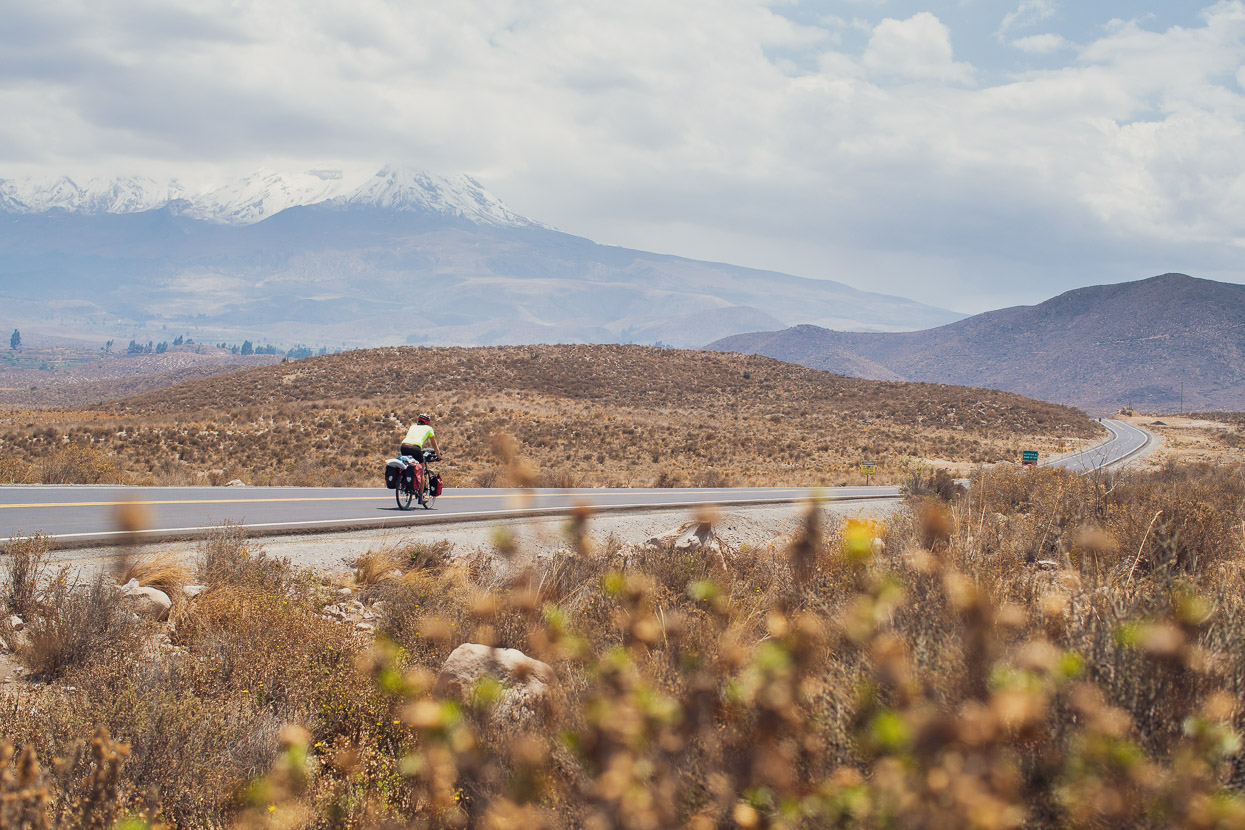
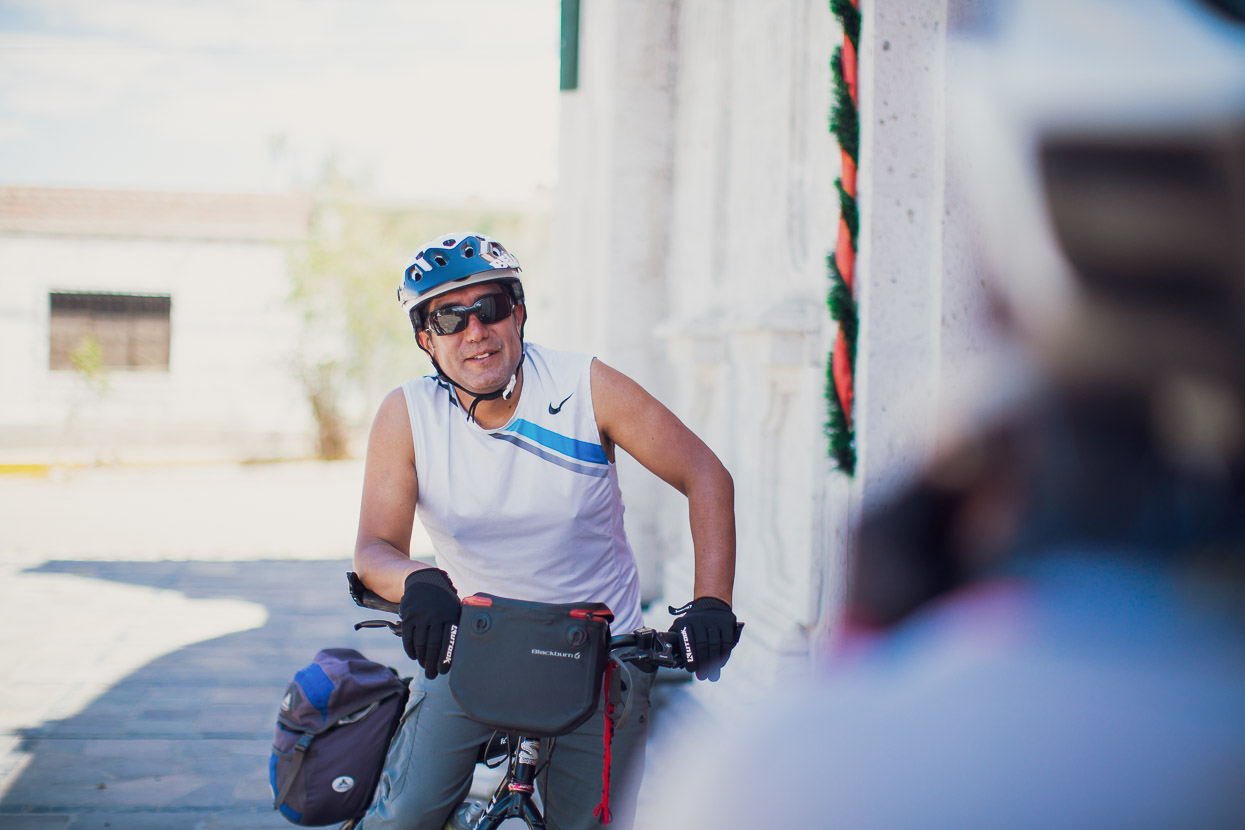
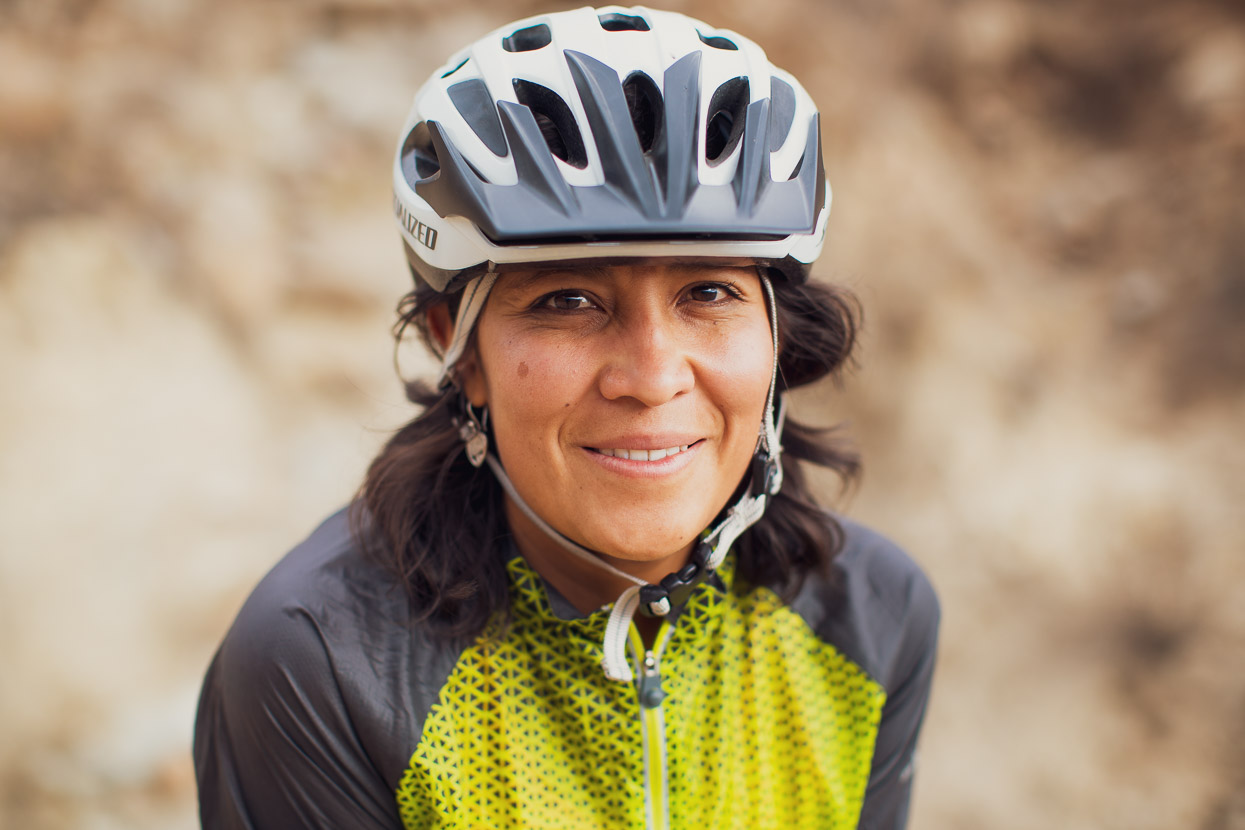
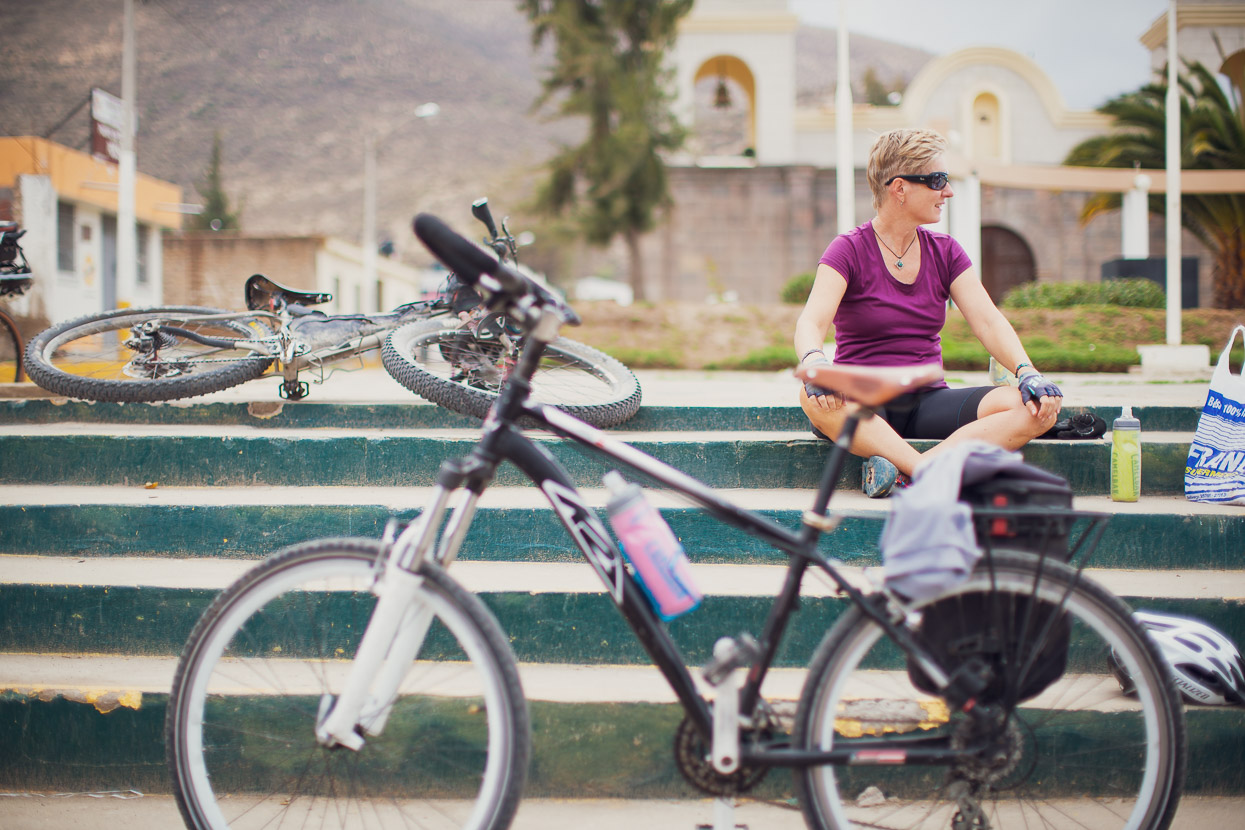
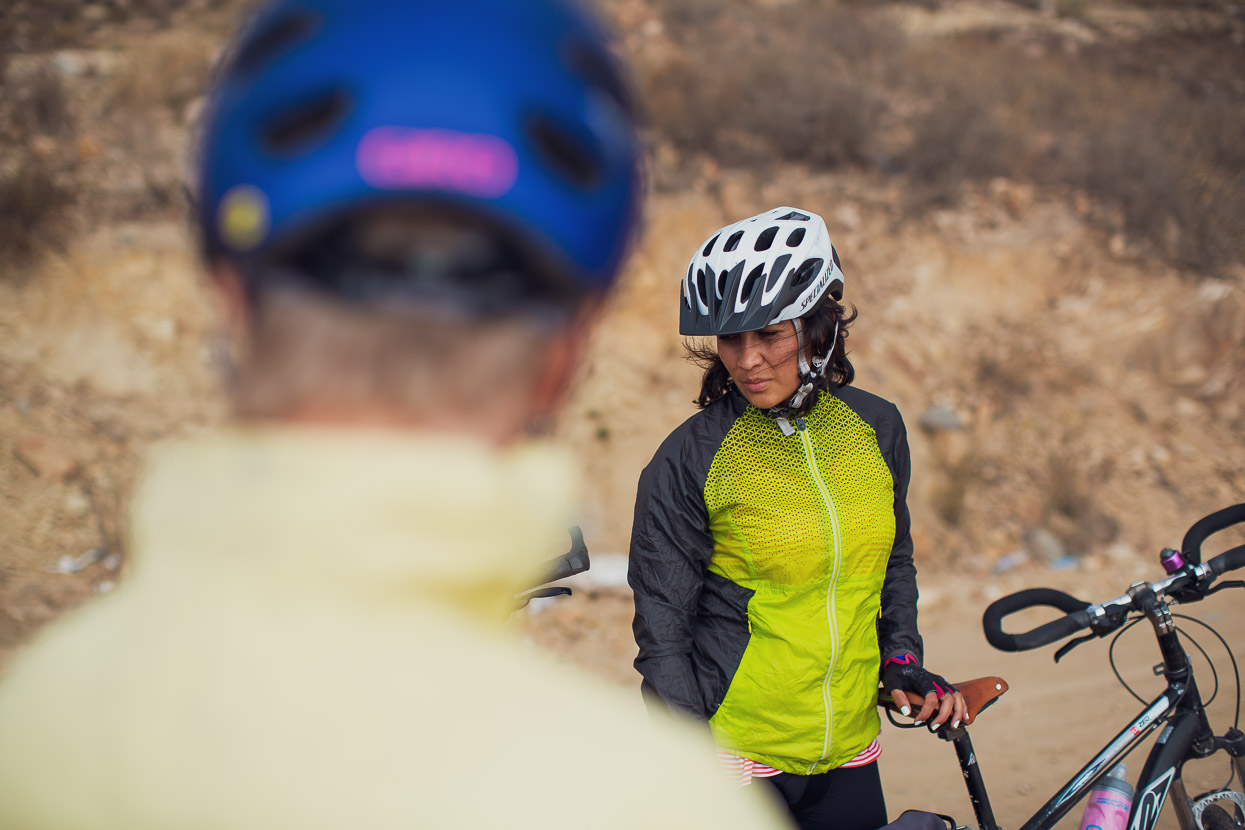
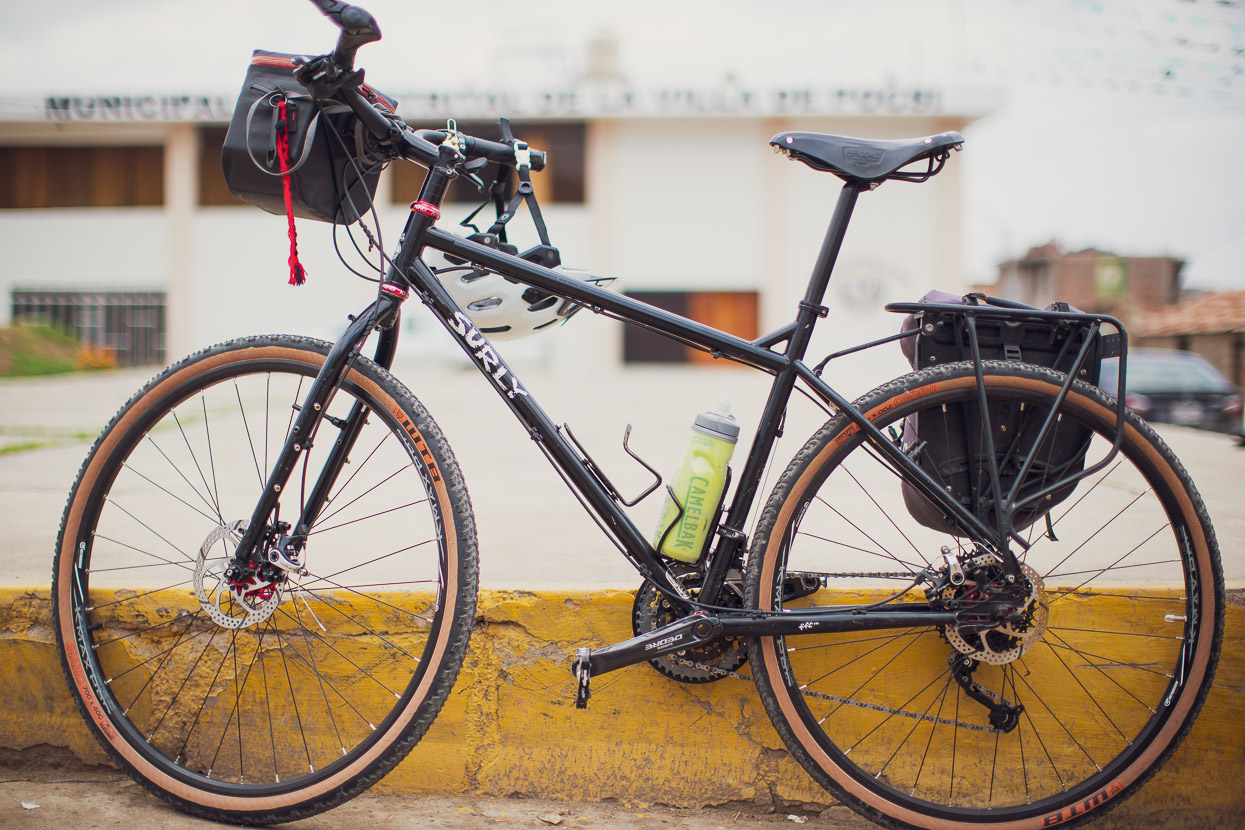
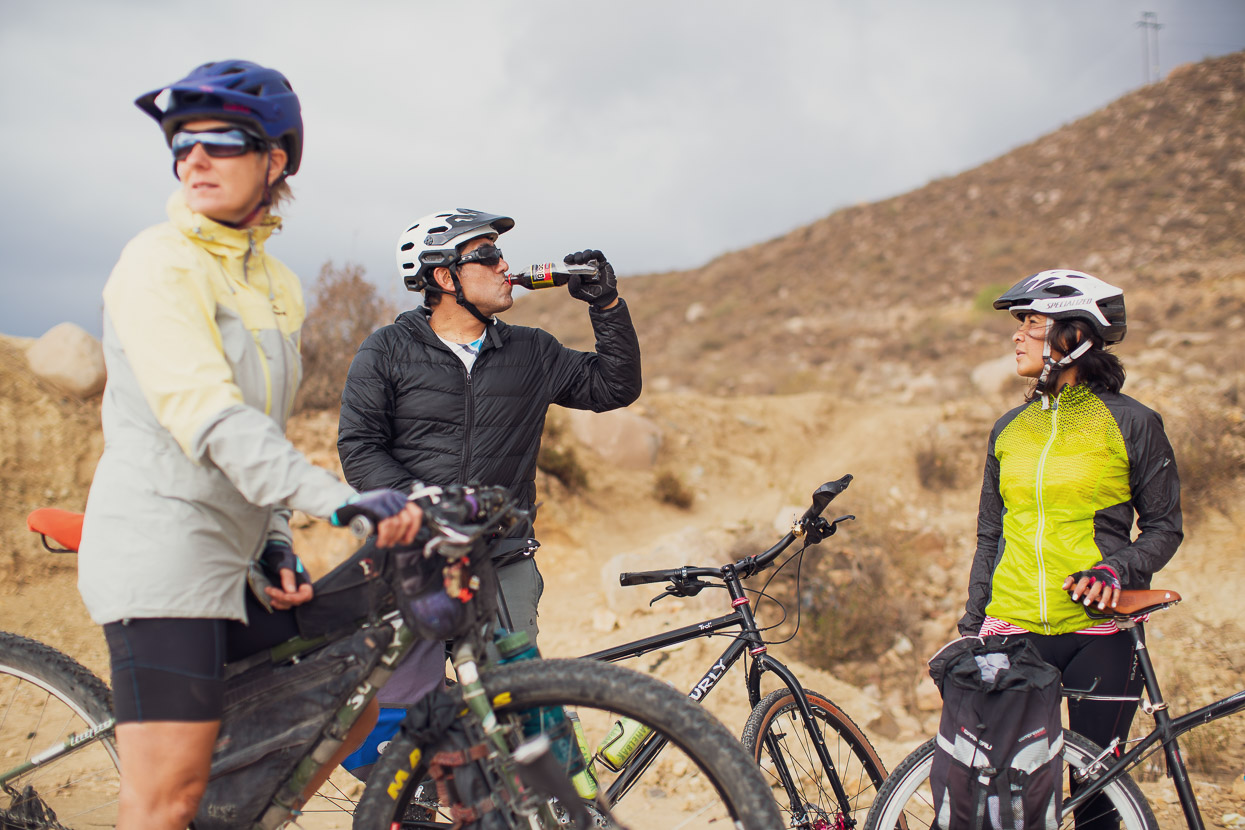
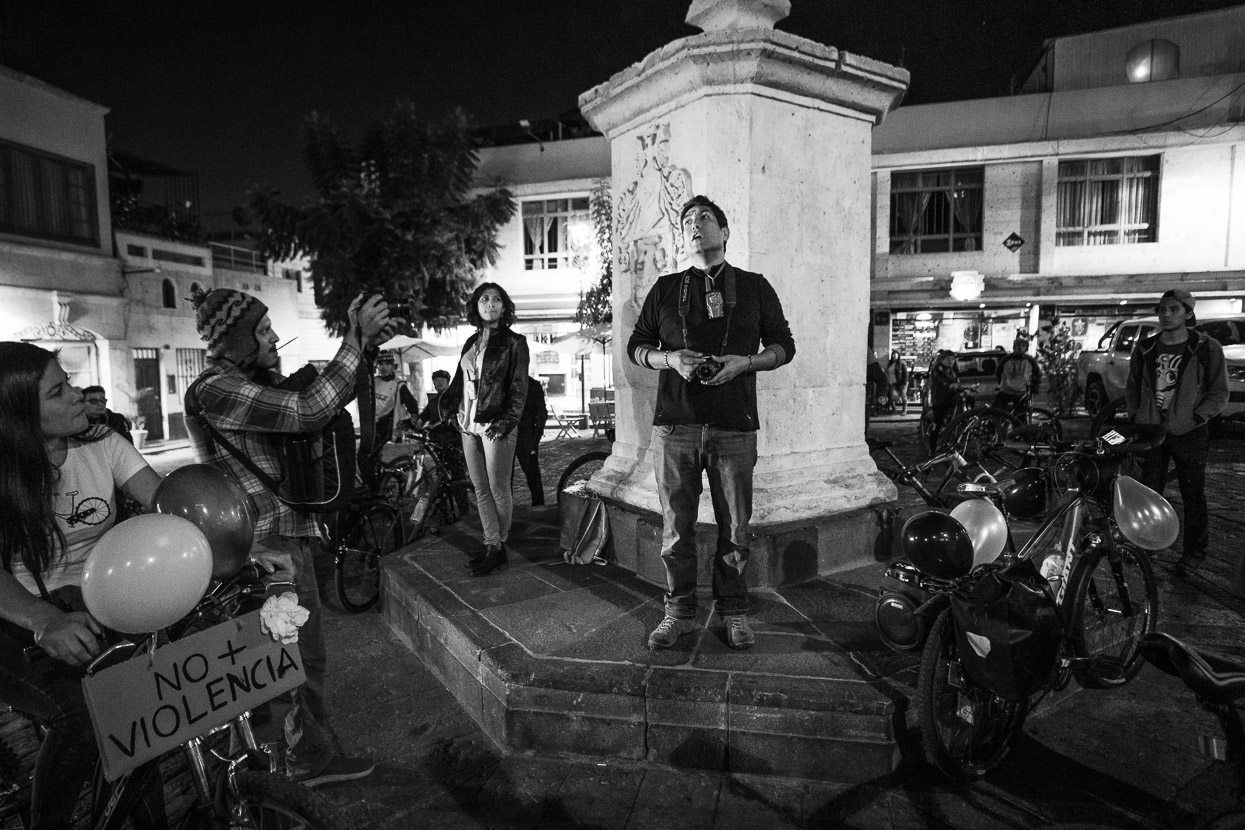
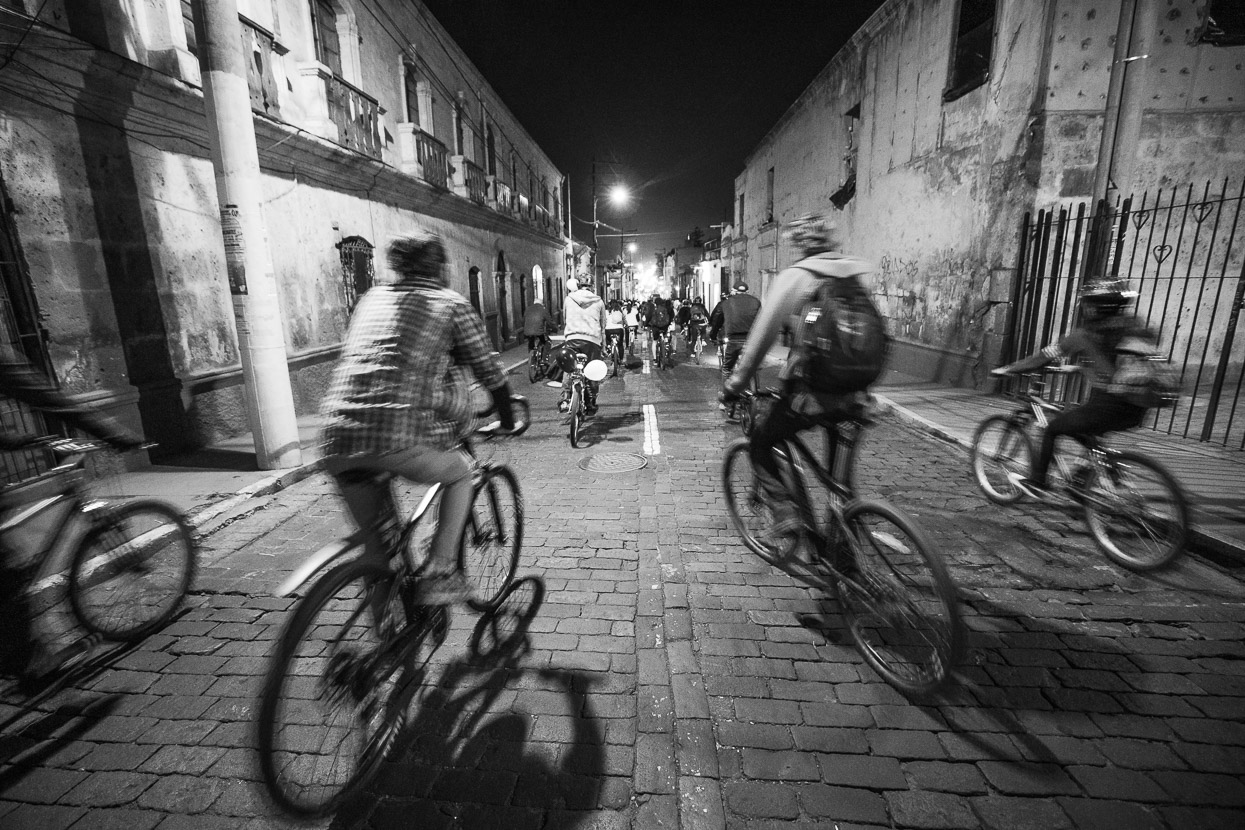
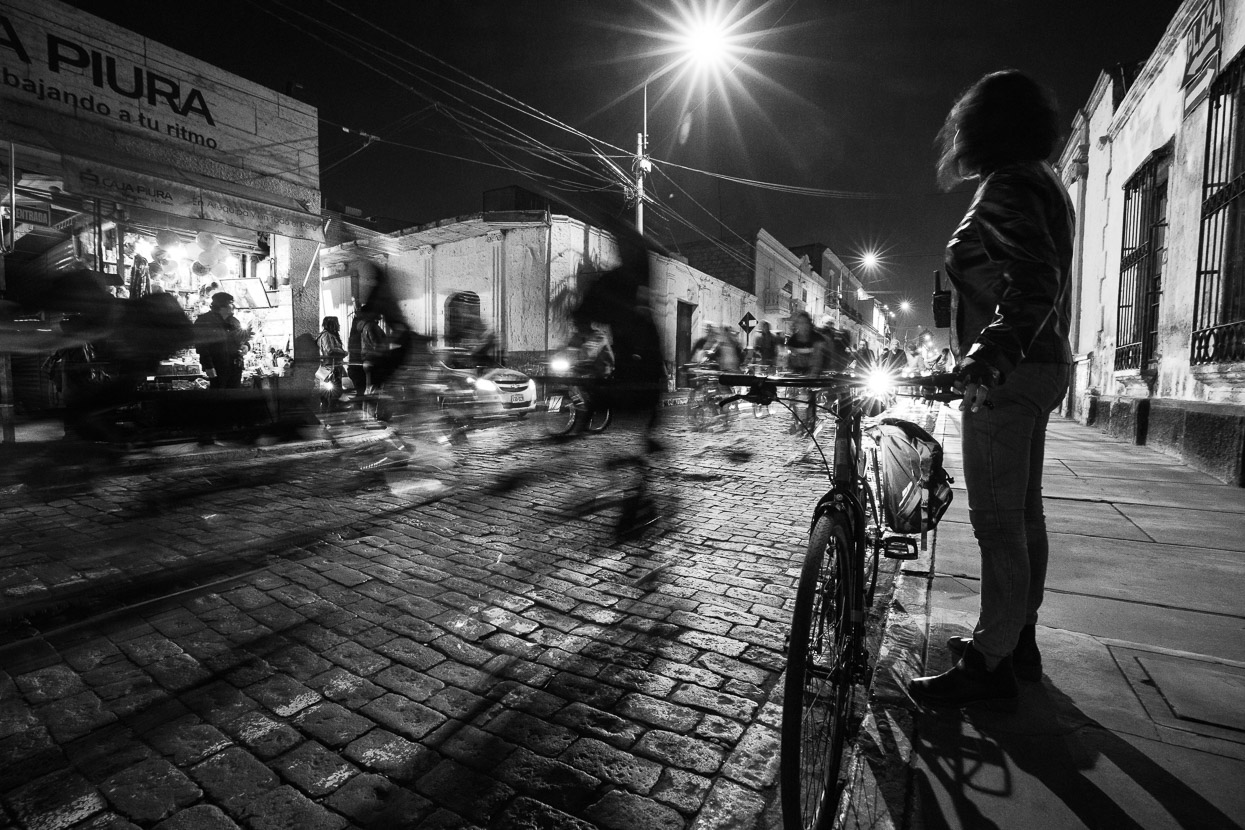
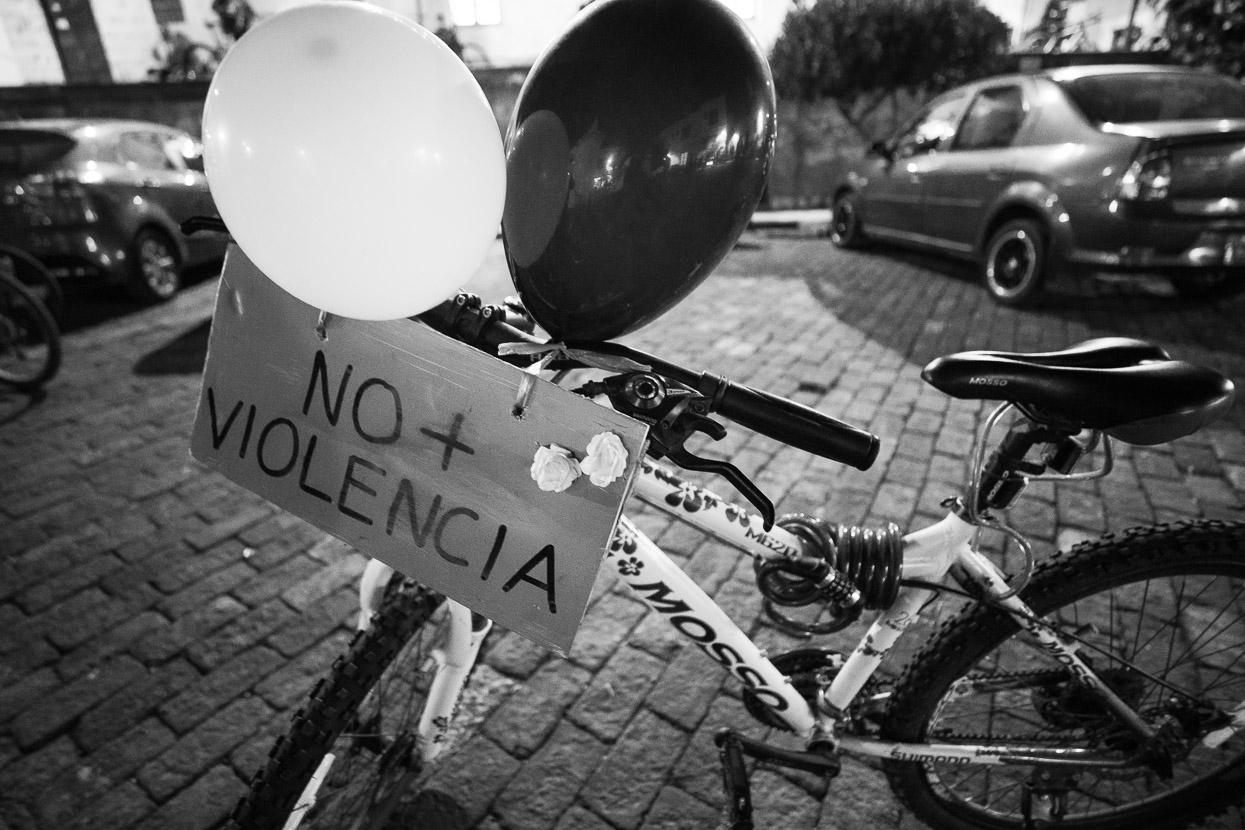
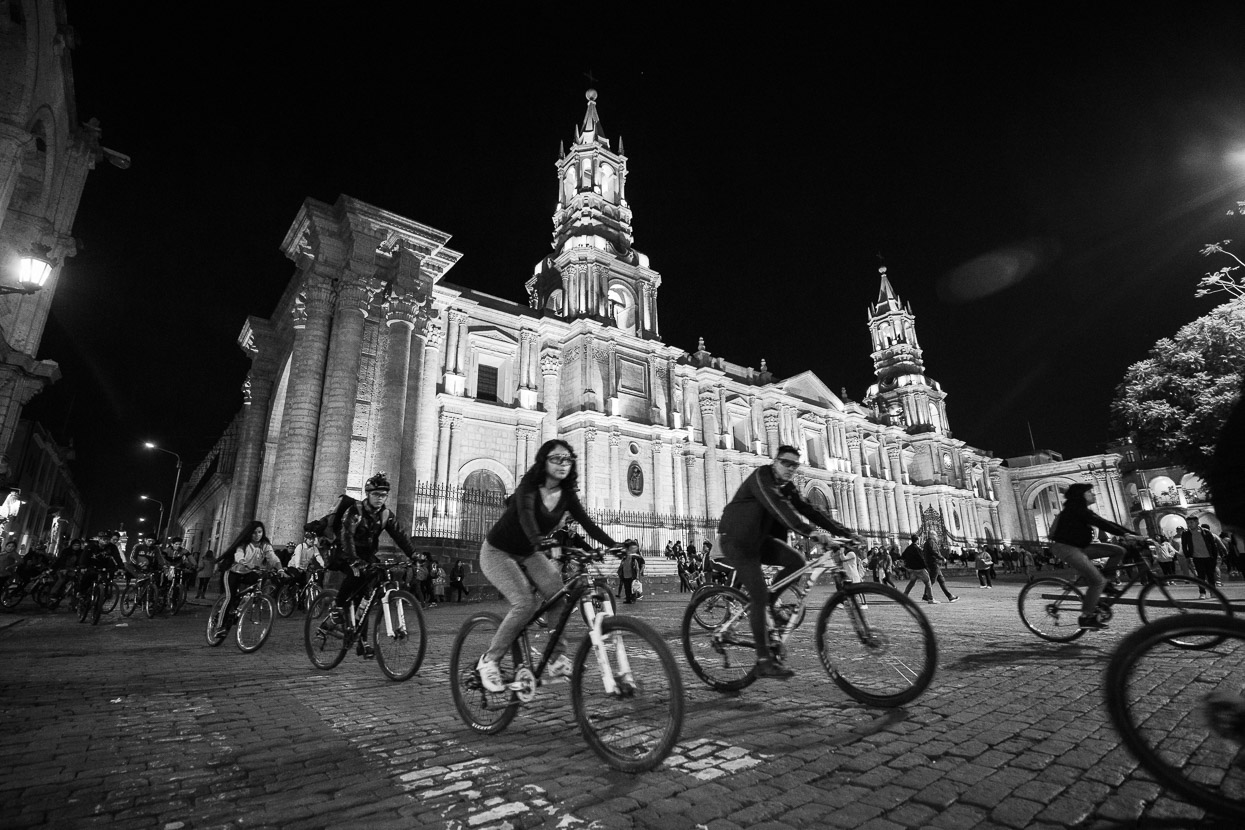
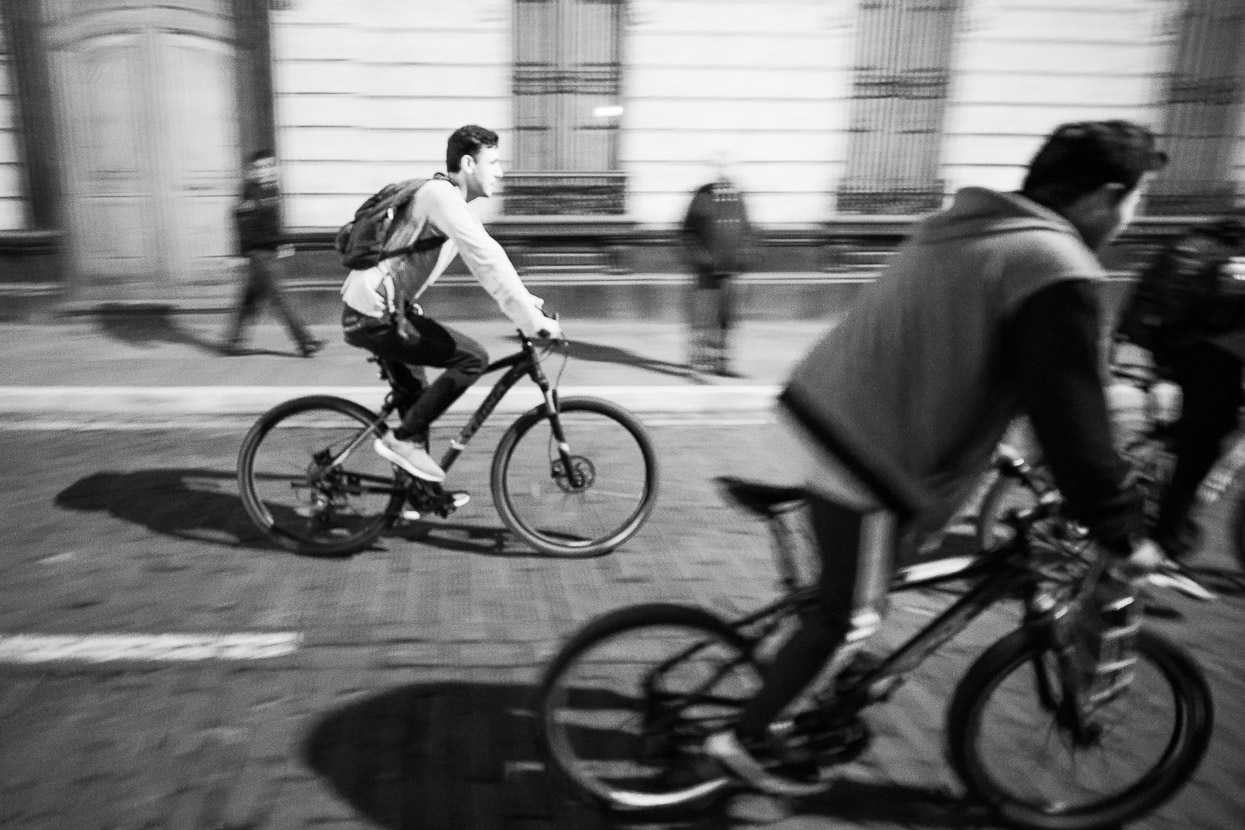
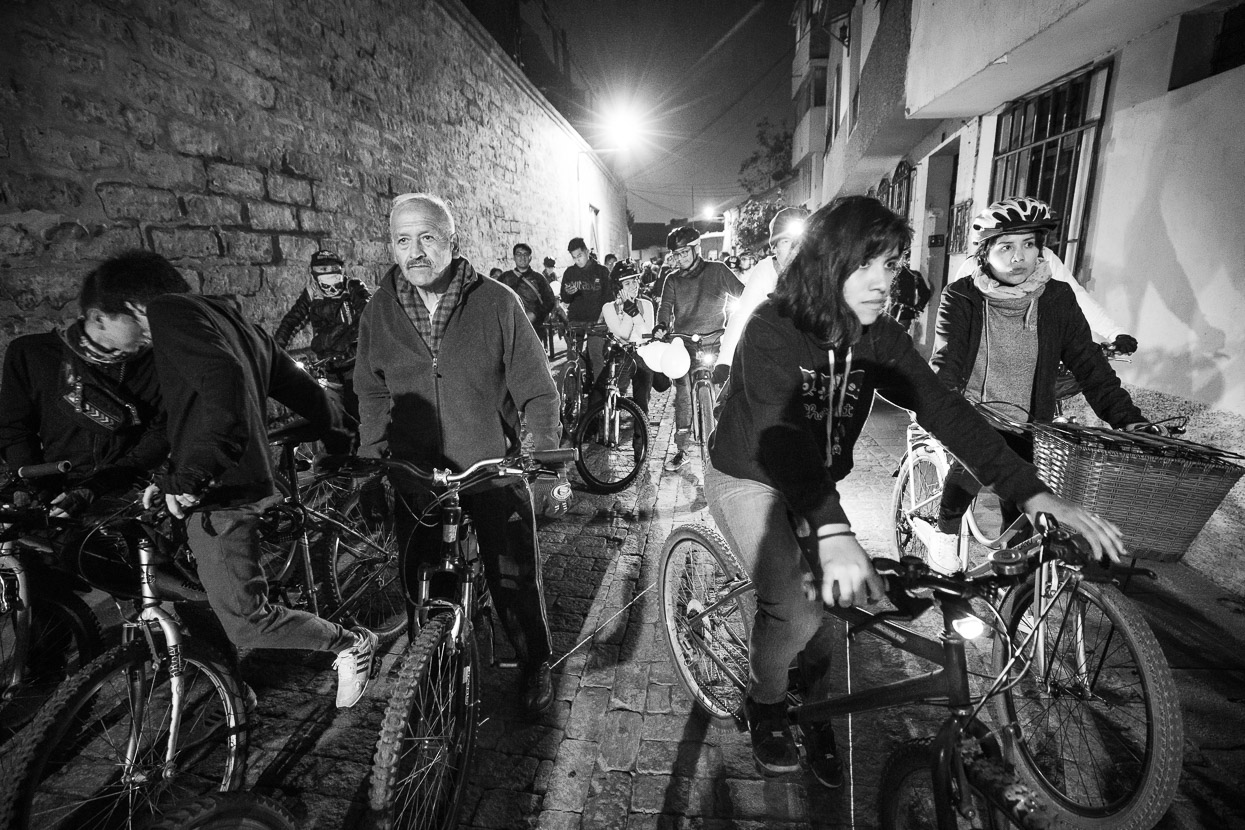
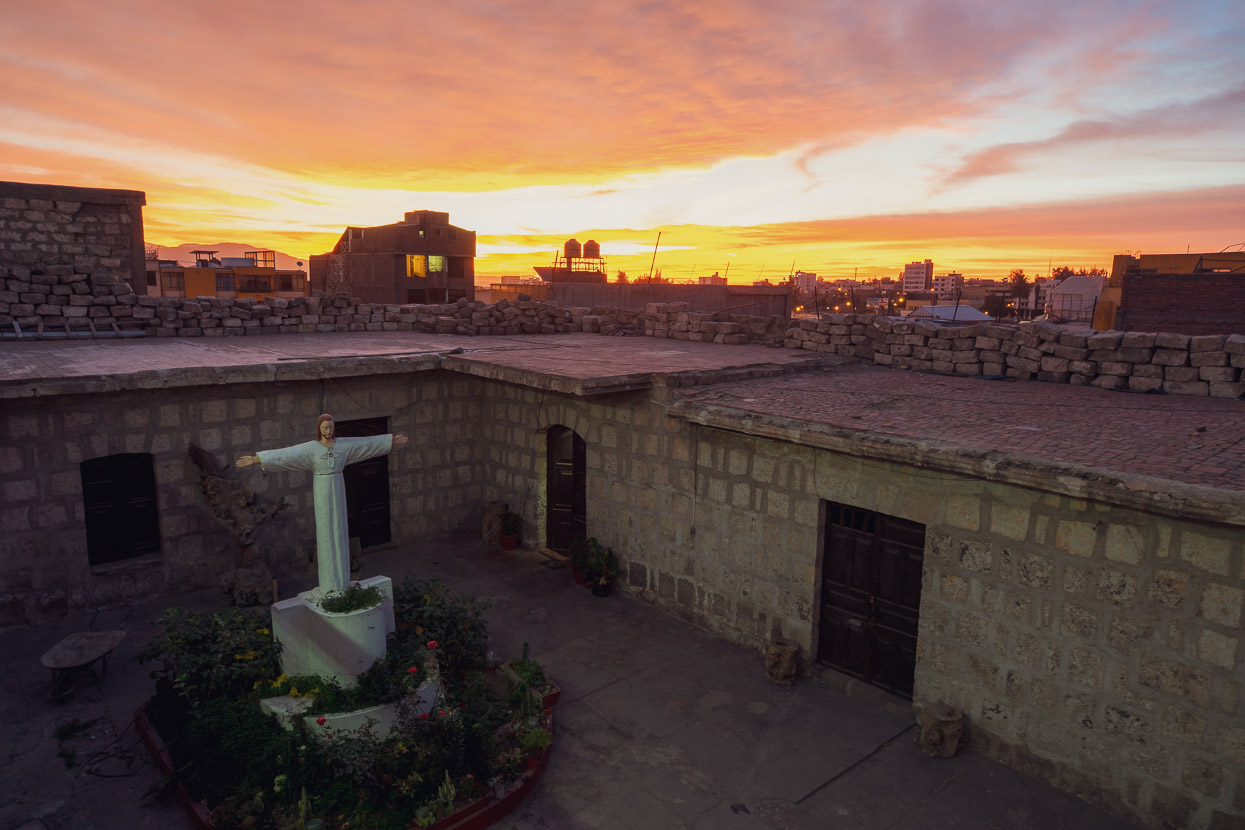
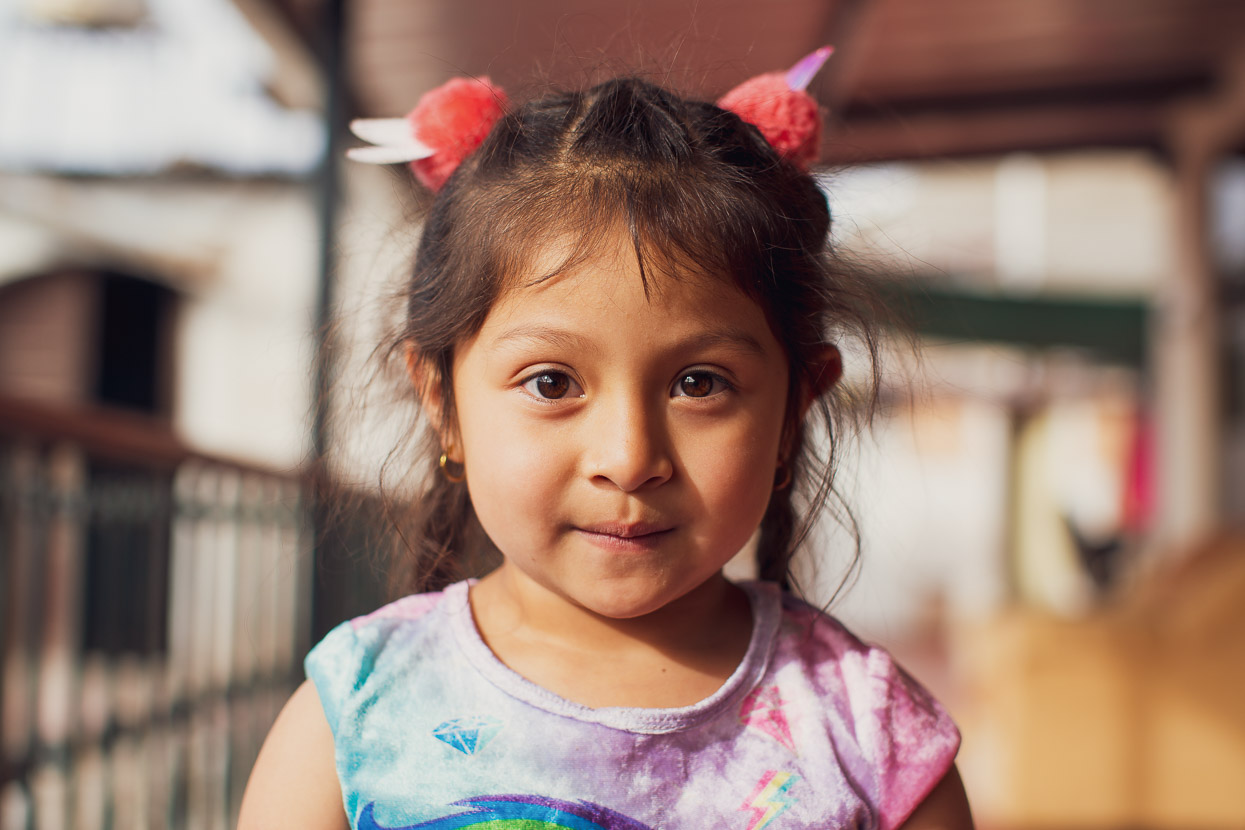
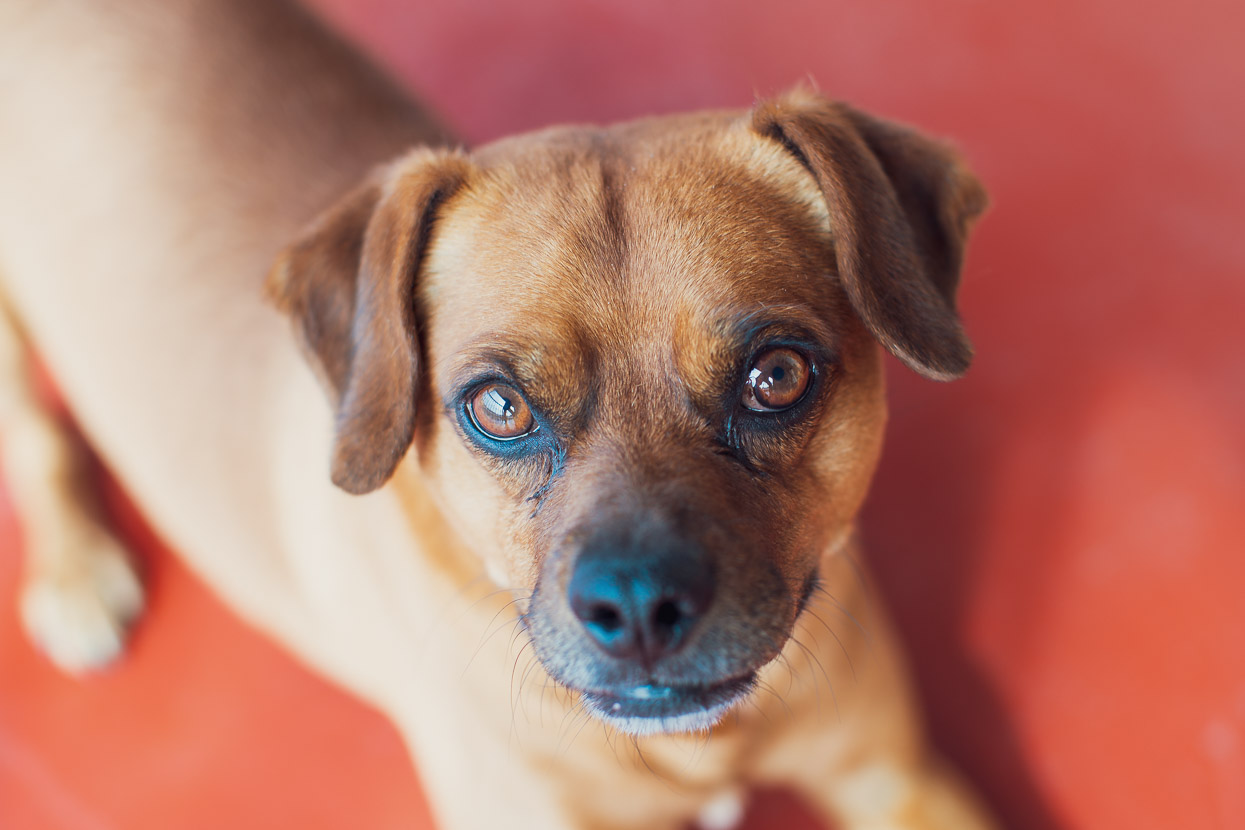
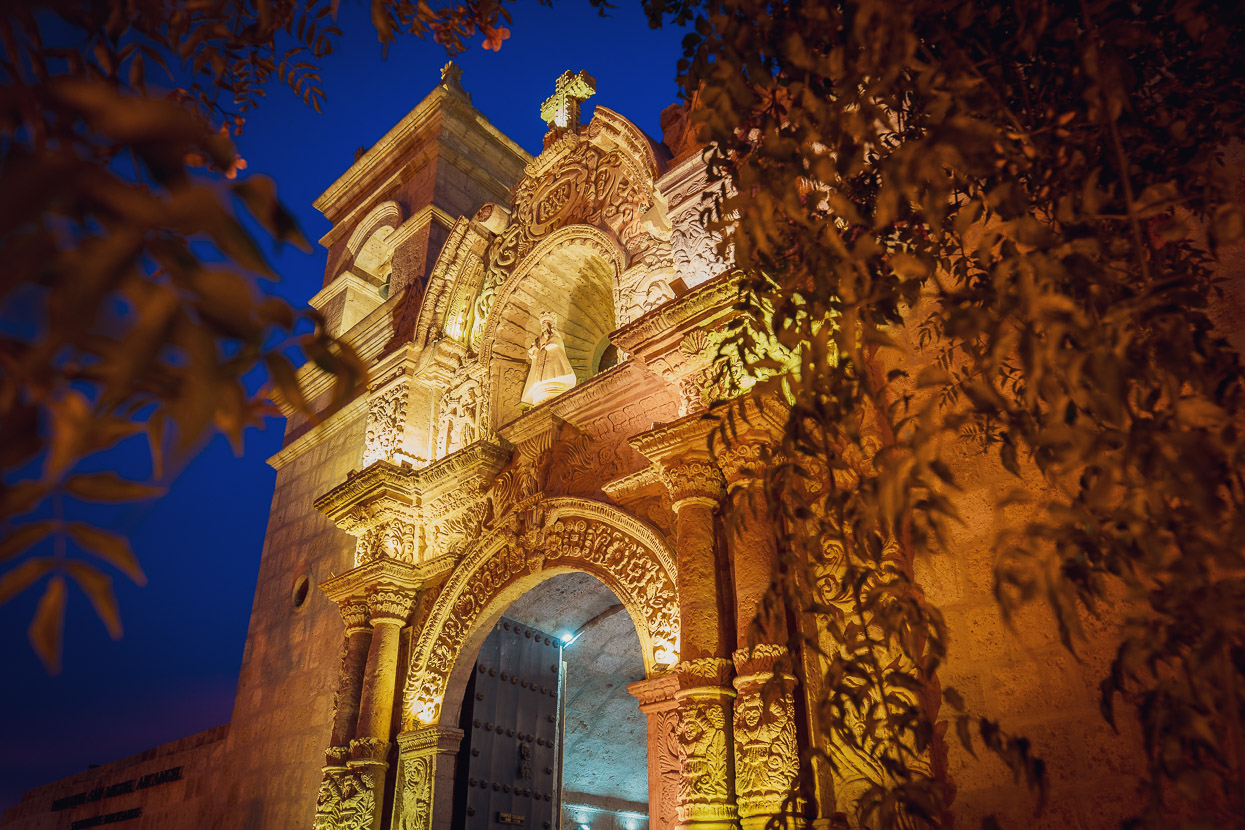
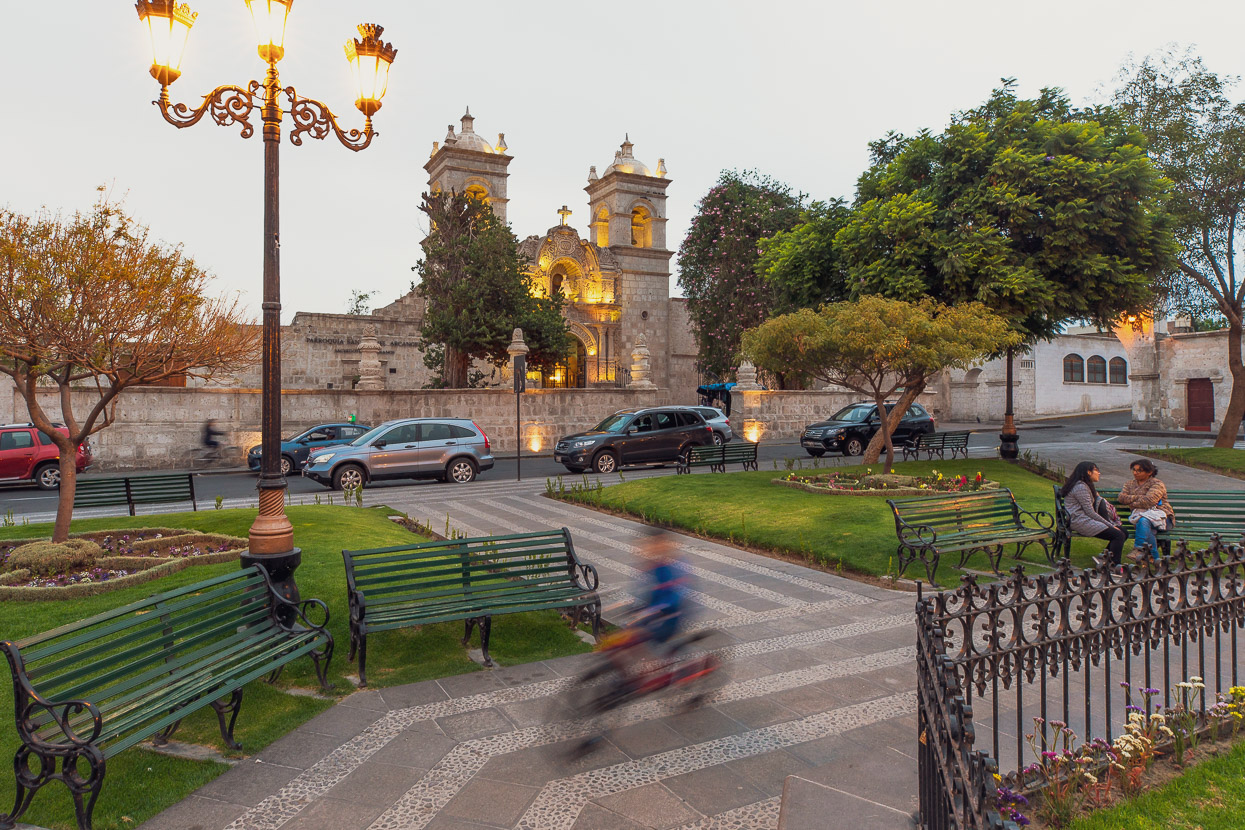
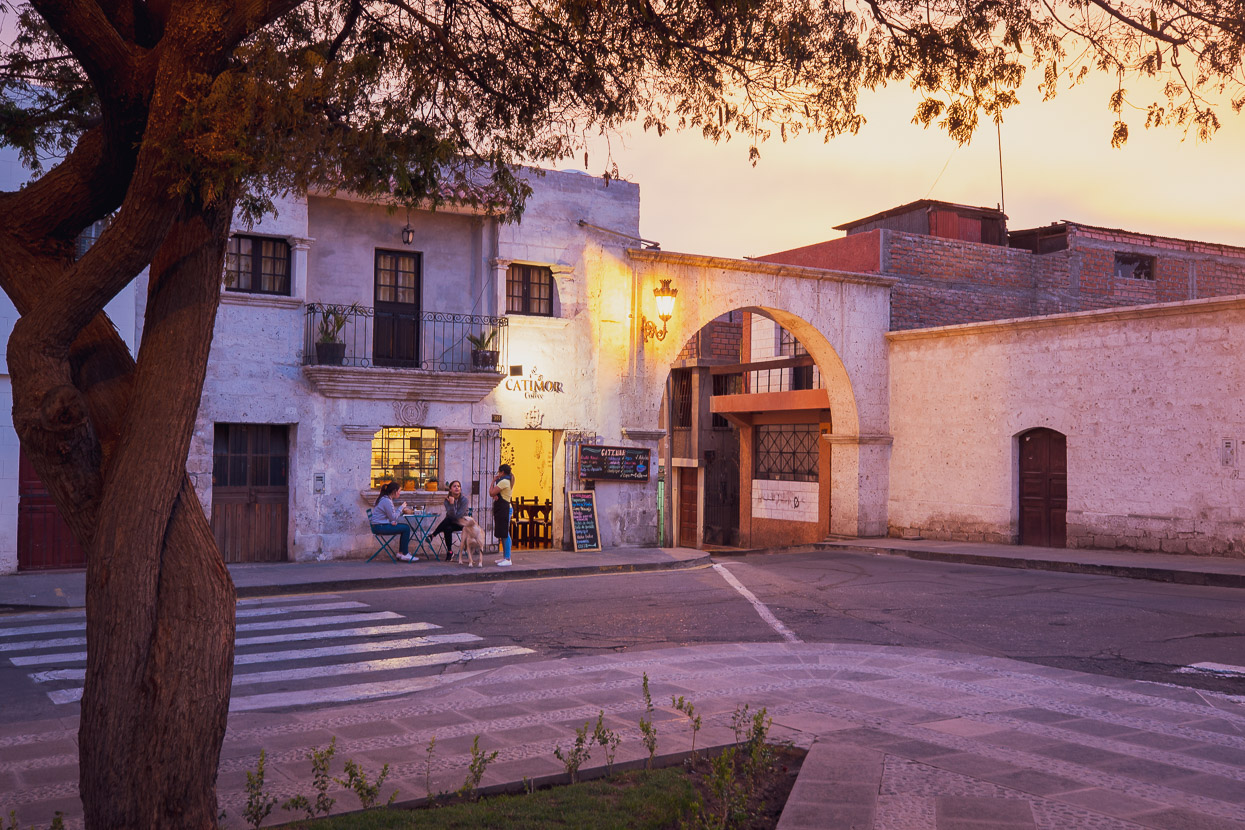
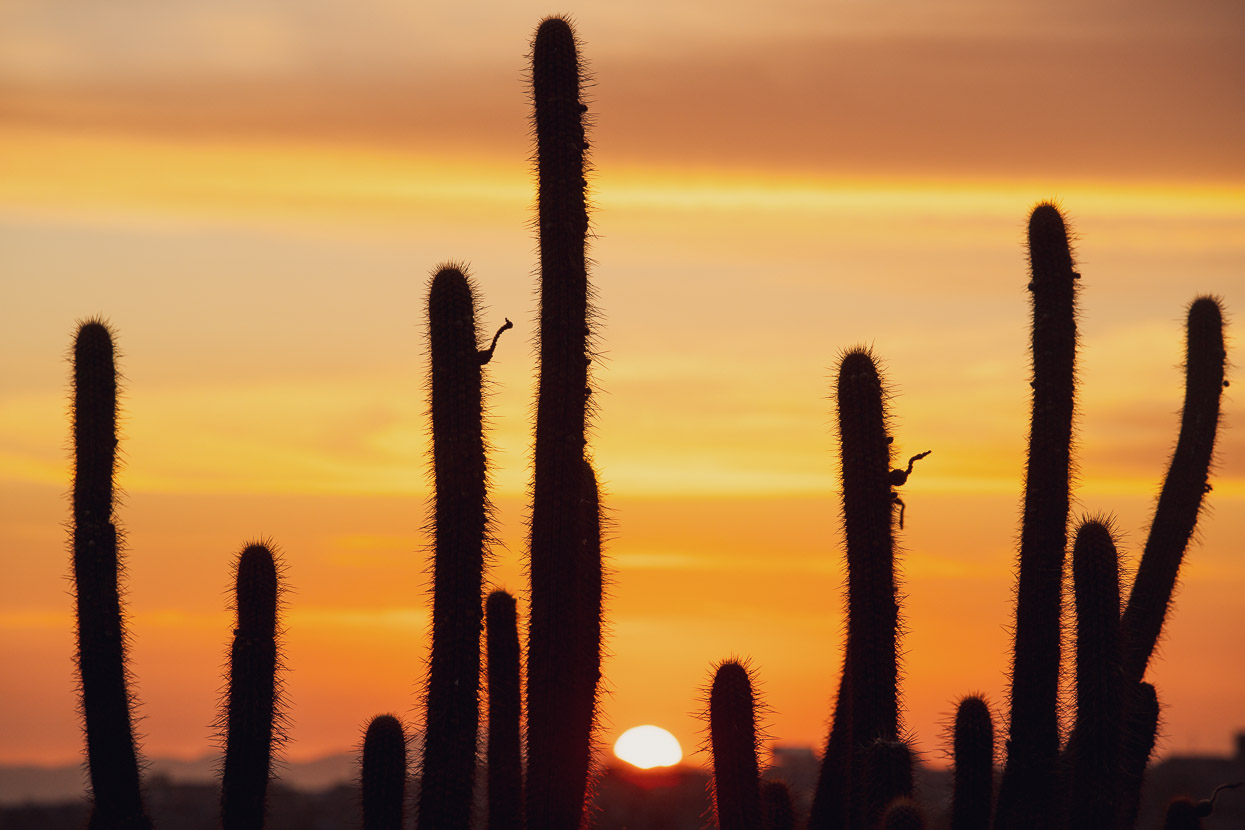





Another round of stunning photos Mark. Did you guys ride to Cusco from Arequipa?
Thanks Matthew! No we actually (uncharacteristically) caught a bus to Cusco. Several reasons: to ride we’d be backtracking a bit, the wet season is unpleasant at the moment on the Puna and we have other riding priorities between Cusco and the Amazon.
Hallelujah, I can’t begin to tell you how excited I am to read this blog with my coffee this morning ! Envy you all your rain – here in Central Otago, we are so dry – won’t you have weeks of wet weather on the Amazon – Be careful – remember Sir Peter Blake !!! I know it’s very time consuming, but we very much enjoy reading about your exotic life style, & about the various people who cross your paths. Keep up the good work. Love to see all the flowers of the region, even the cactus ! Good luck & safe peddling !
Thanks Madge! So good to hear you are still following along with this never ending journey! More from us in a few weeks 🙂
Hi Mark & Hana, what a fantastic and memorable journey you are experiencing. Diane would have been SO proud, I know. We’ve just returned to PKB from two months with the family in Christchurch. I’ve just finished reading Cheryl Strayed’s book “Wild” which you recommended to me, Mark, and guess where I found it? – in a second-hand bookshop in Lyttleton! Love to you both, Lynn and Howard and all the family in Lincoln.
Hello Lynn and Howard and all the family! Really nice to hear from you guys. I do think of you from time to time and wonder how you are all getting on. Yes I’m sure mum would have been interested to see how this one played out! It’s been an amazing journey – more so than we could have imagined, and we are still motivated by the experience and lifestyle, even after nearly 3 years on the road. Just so much to see and learn. Glad you found Cheryl Strayed’s book – it’s a good one!